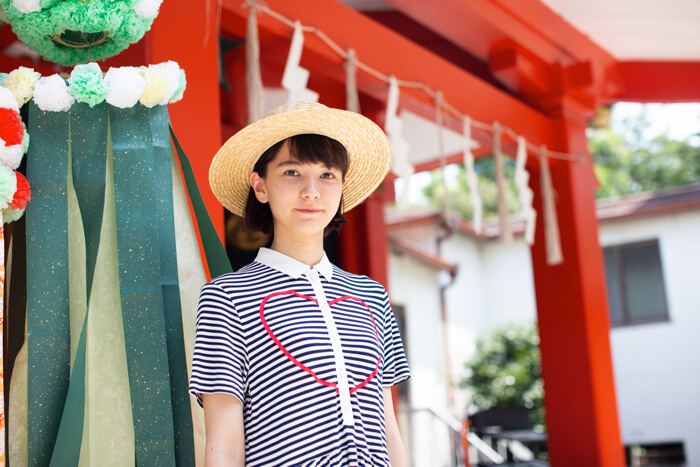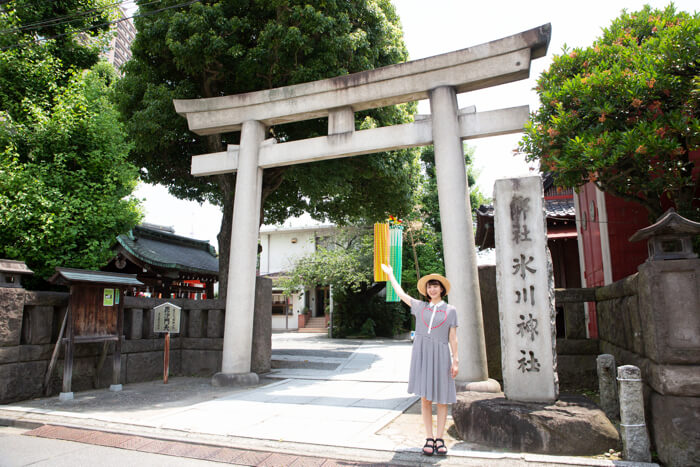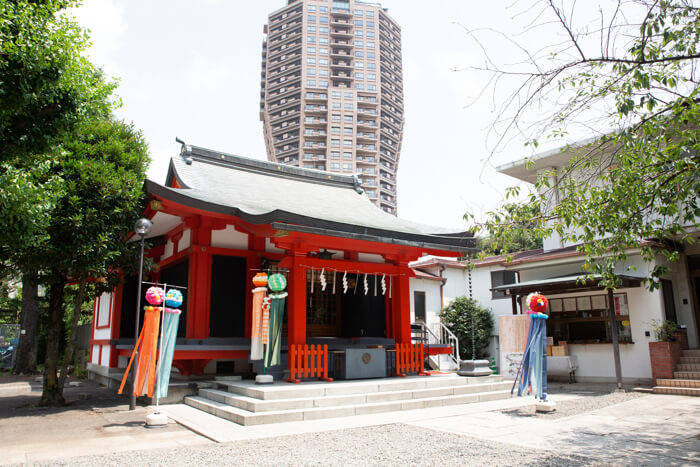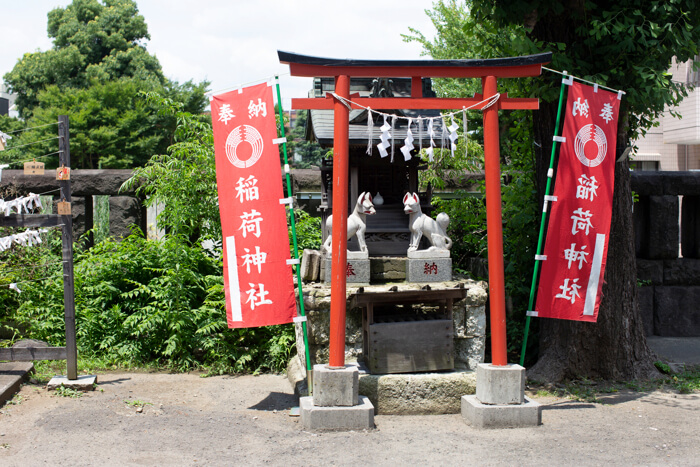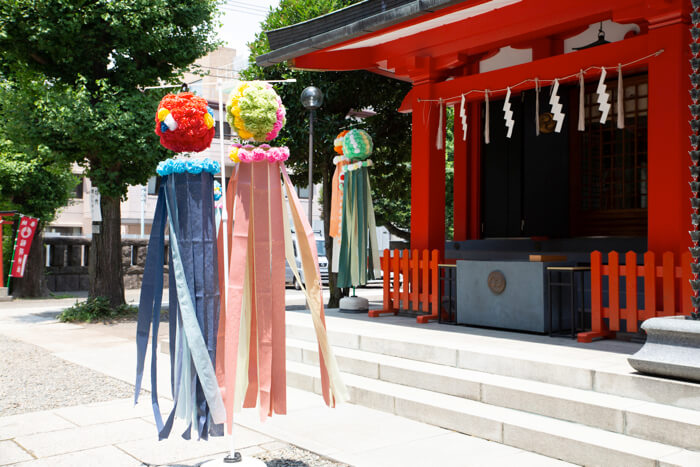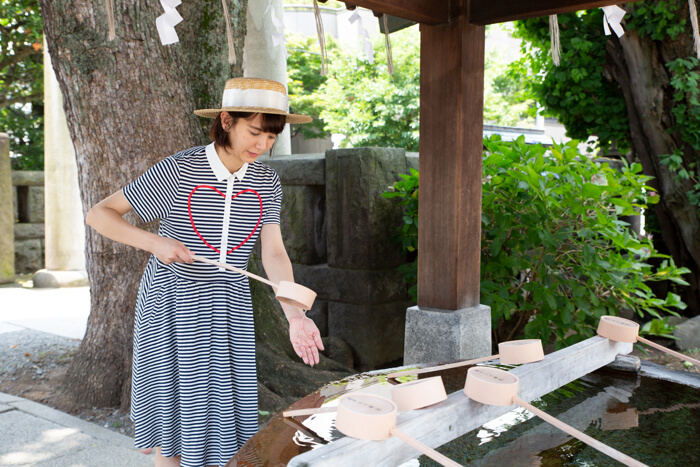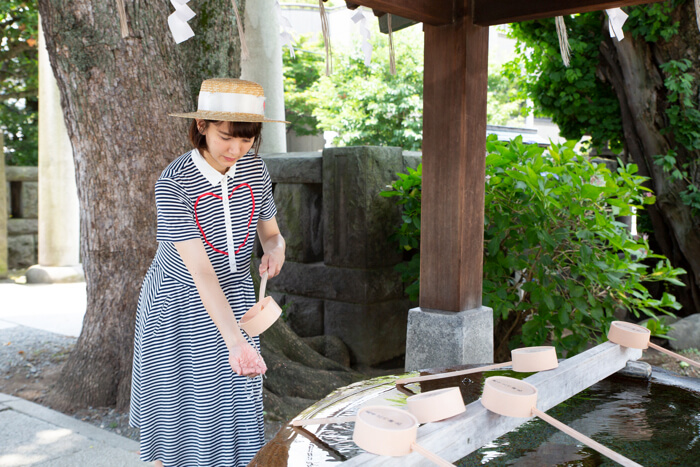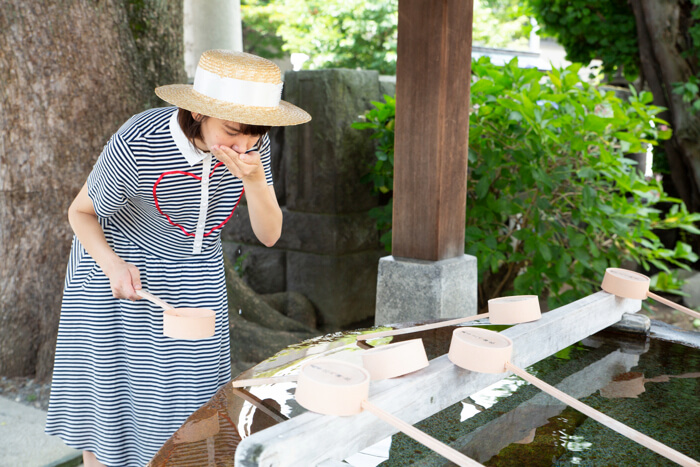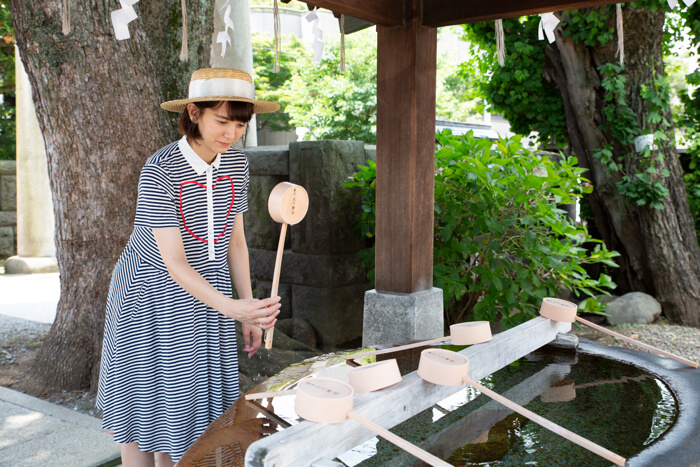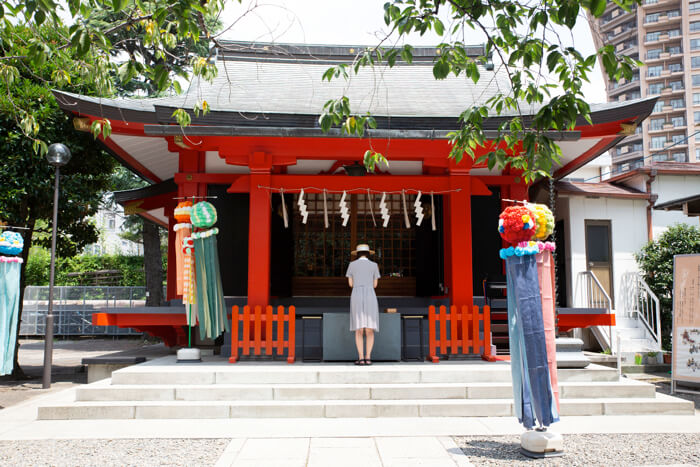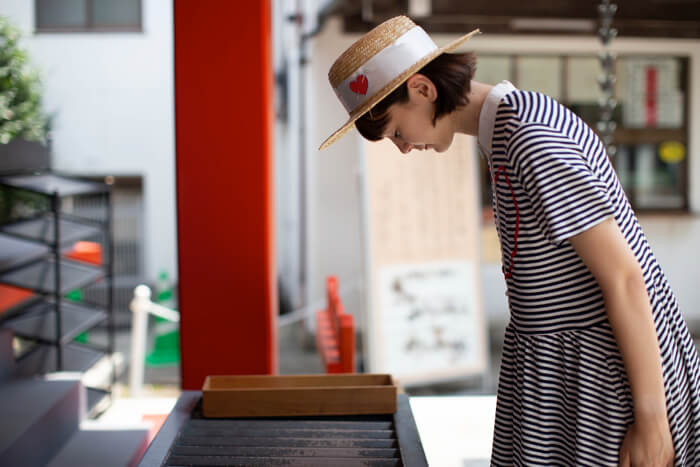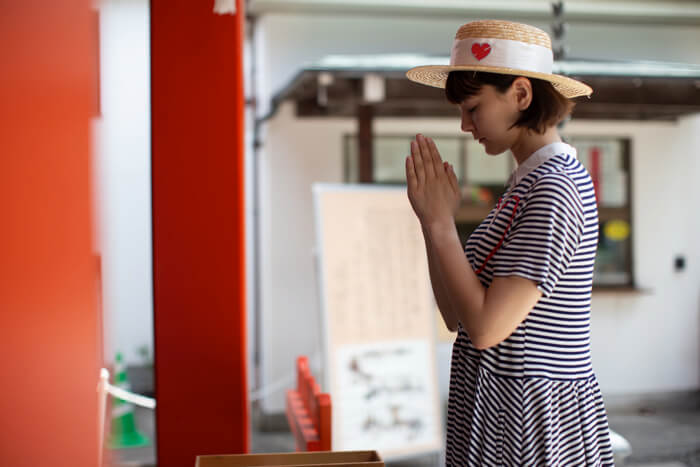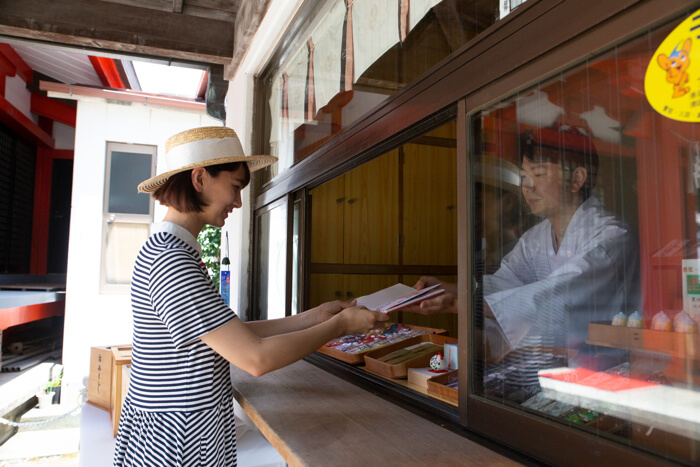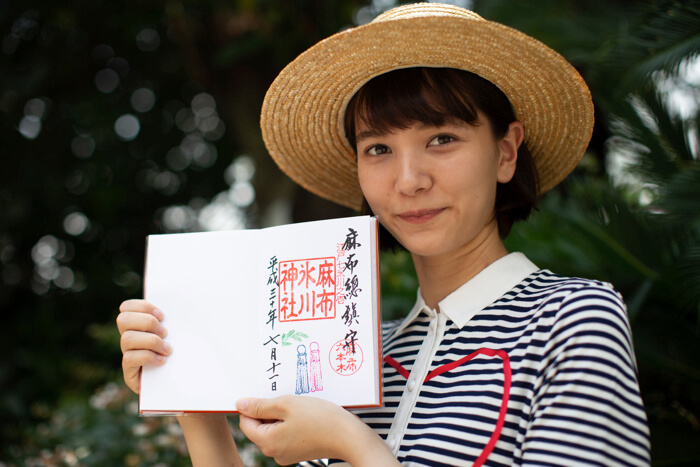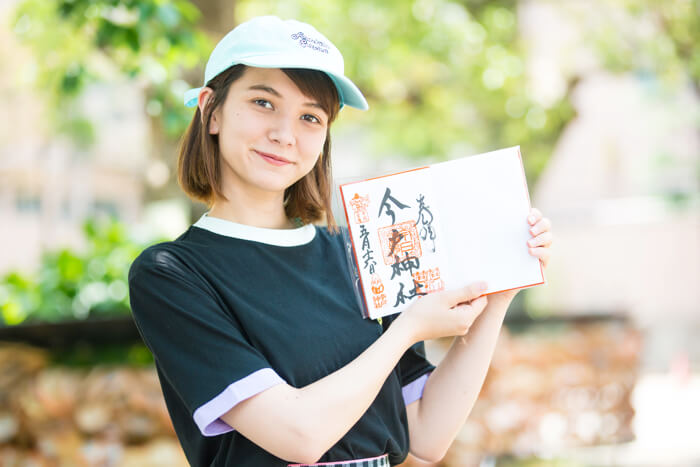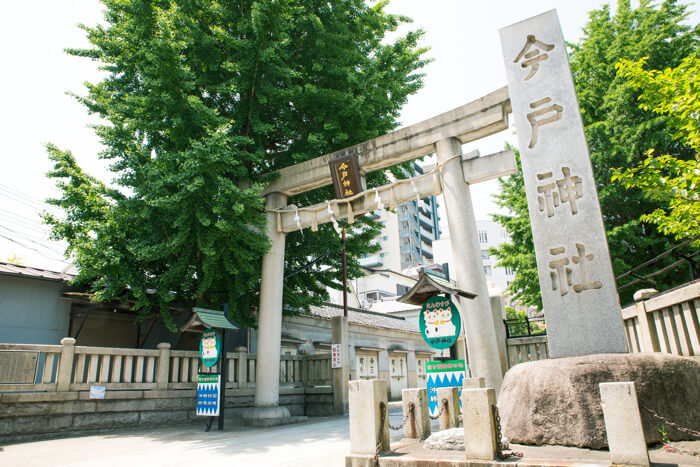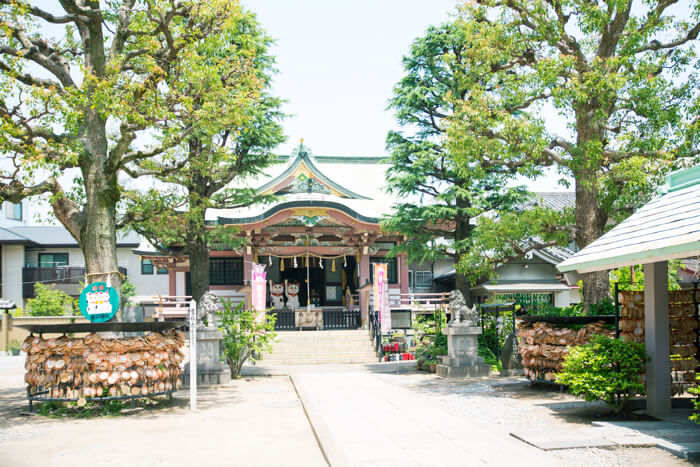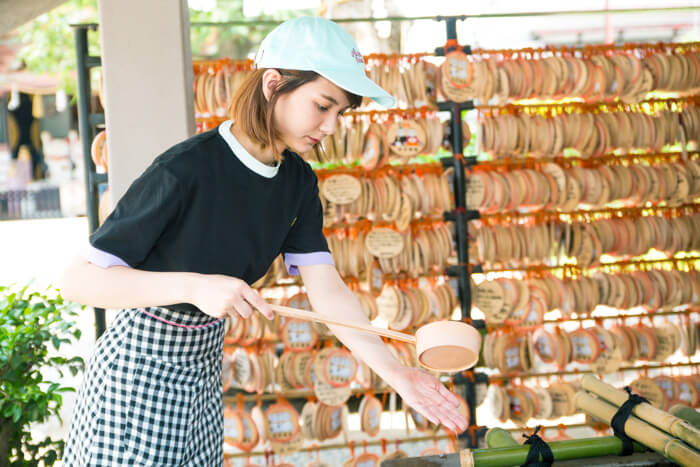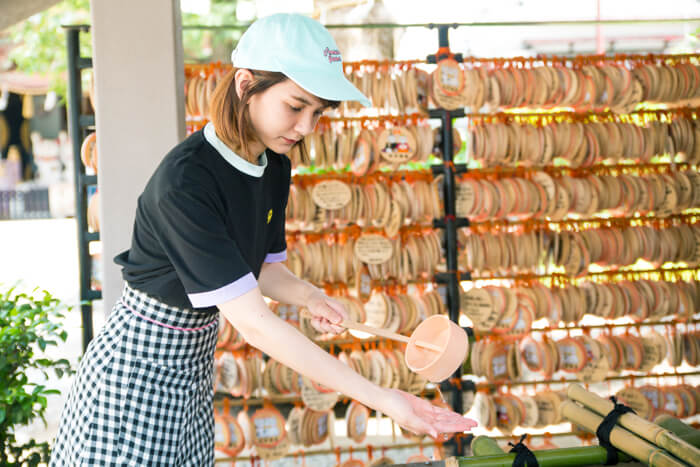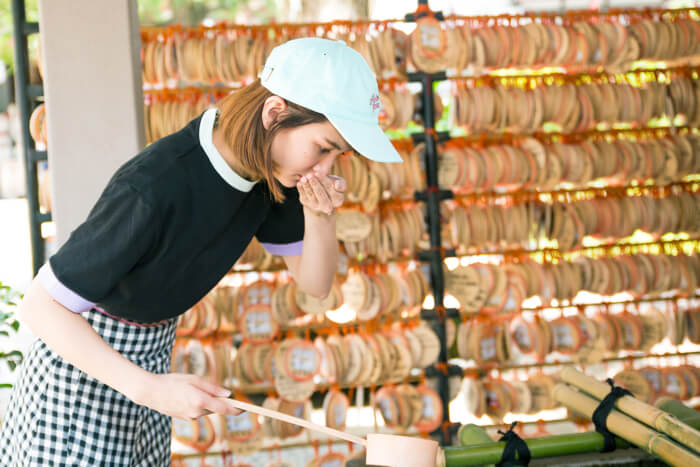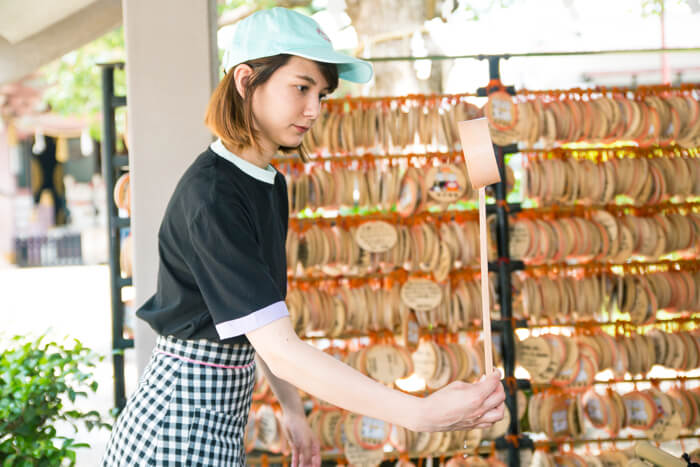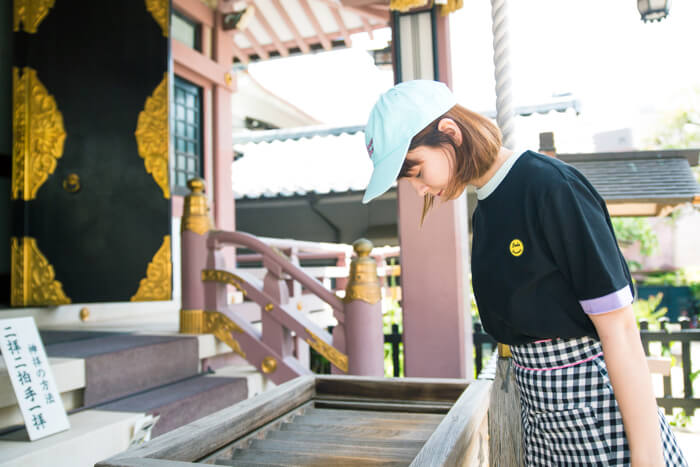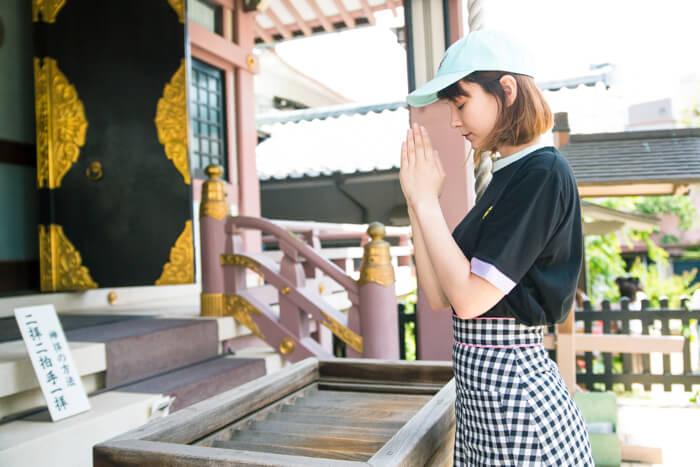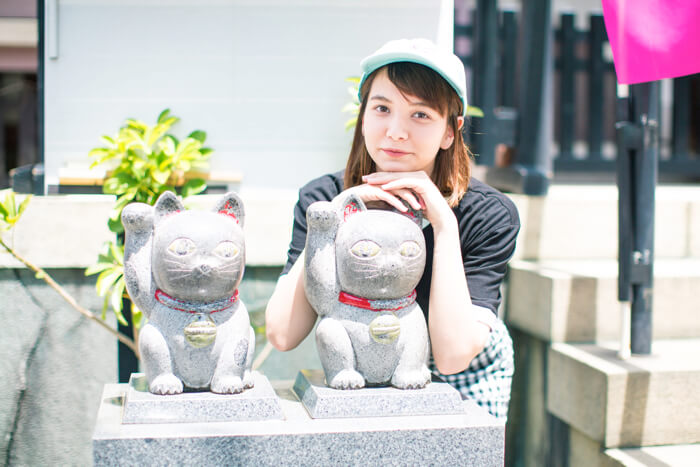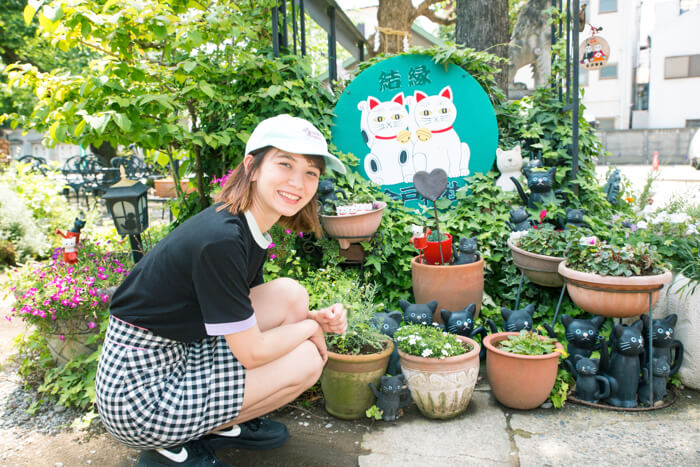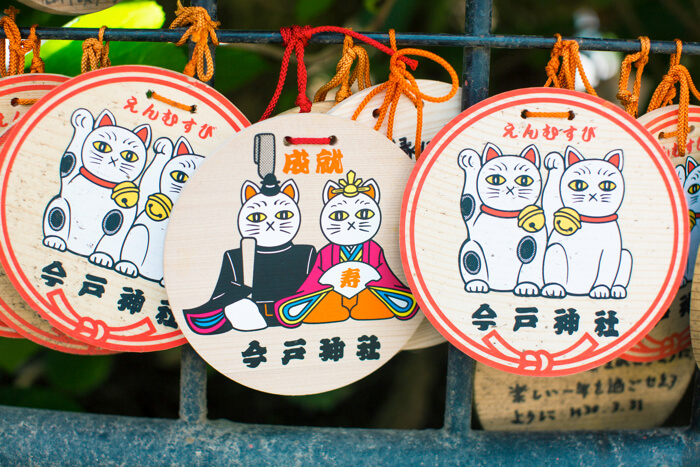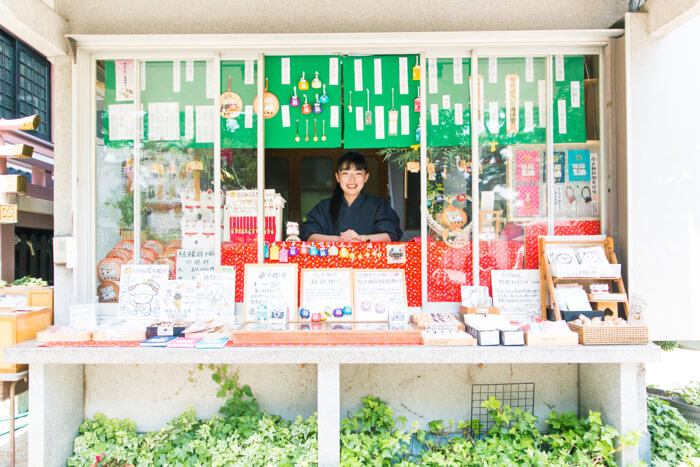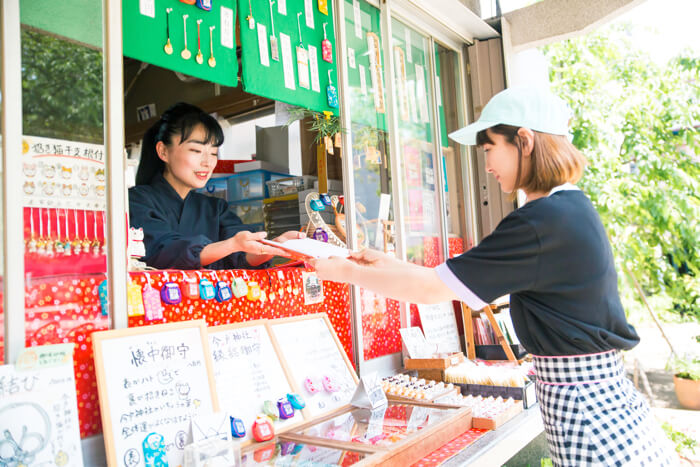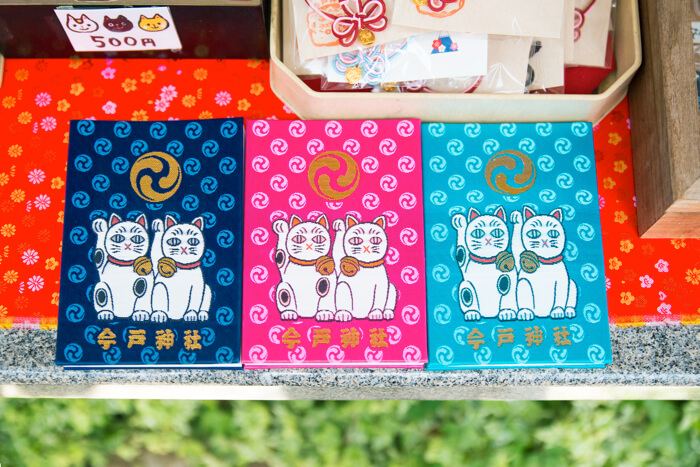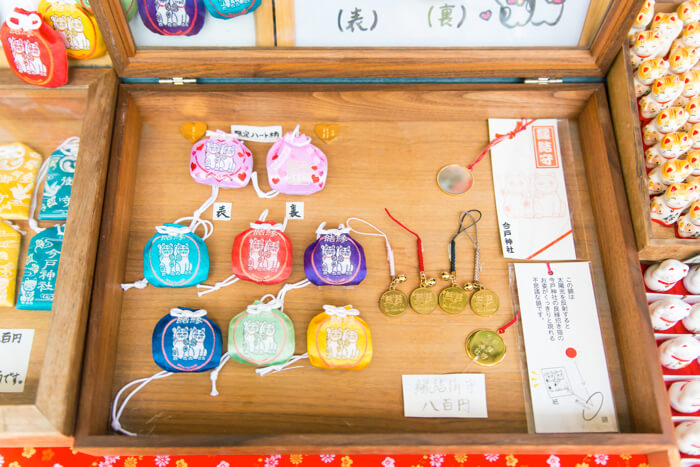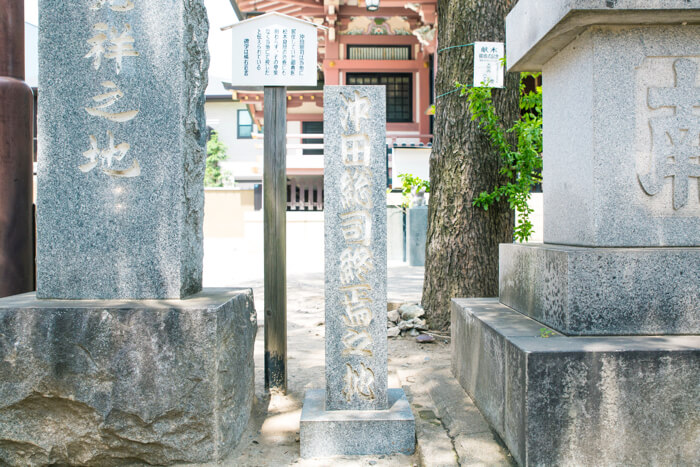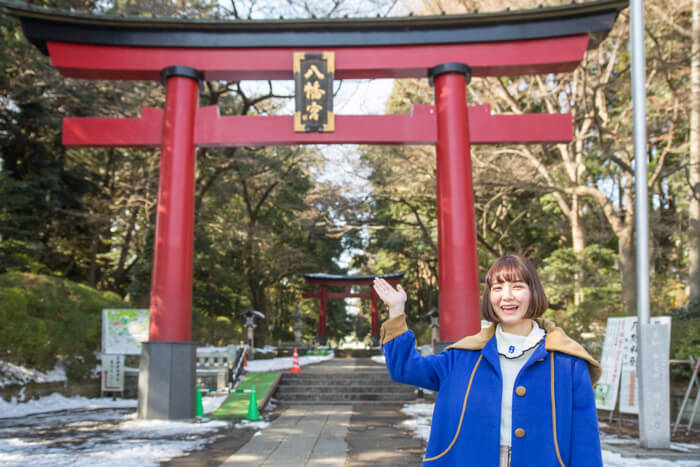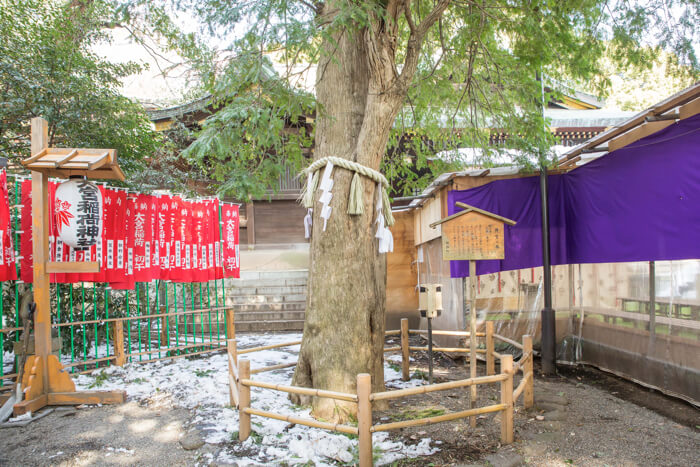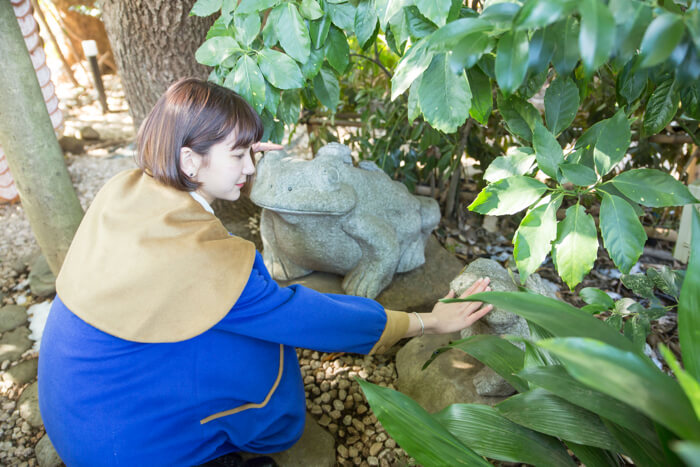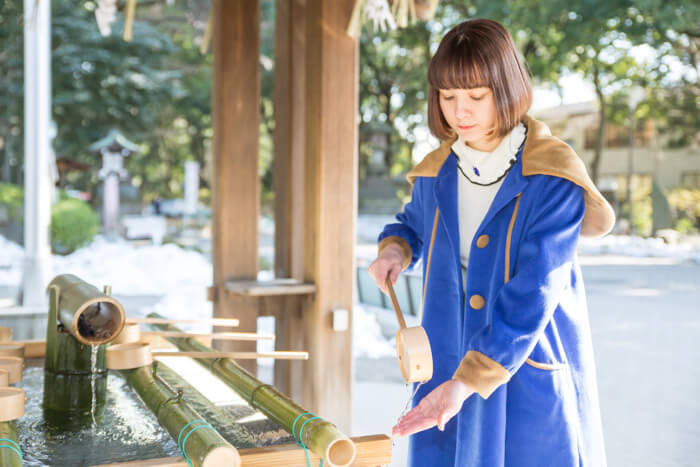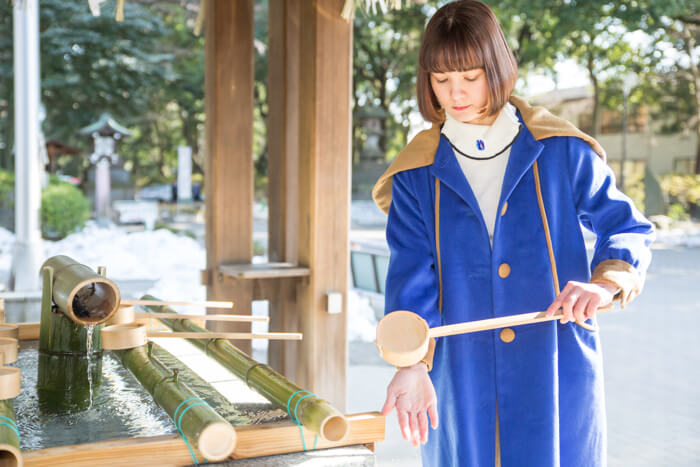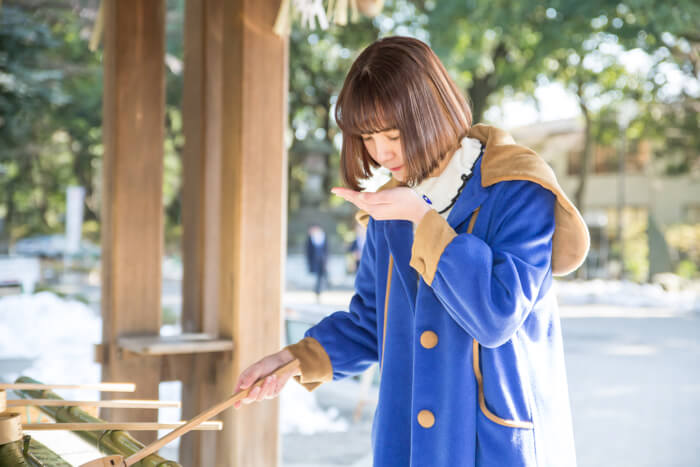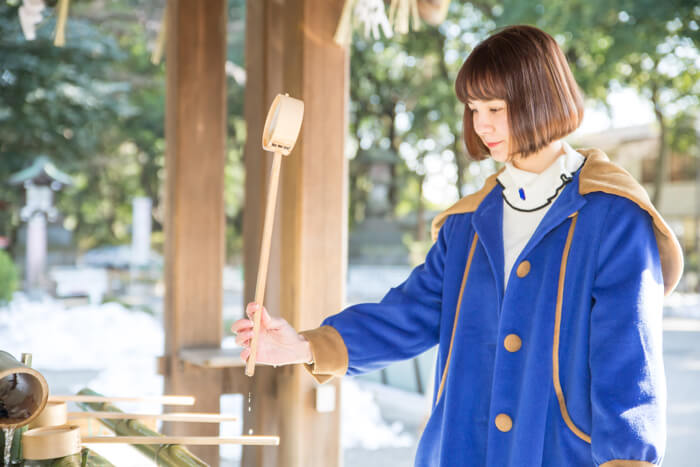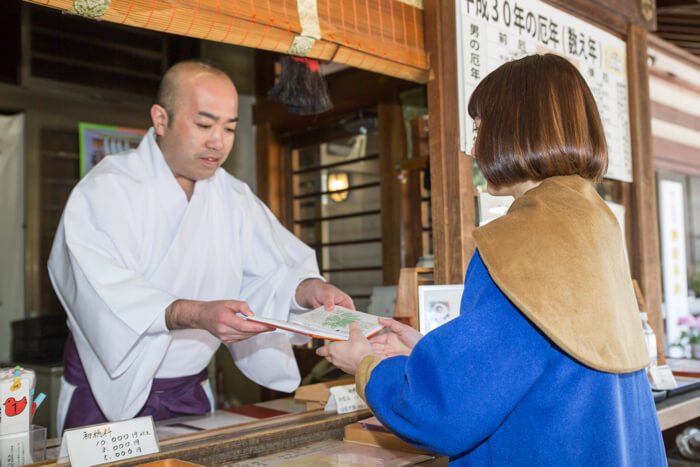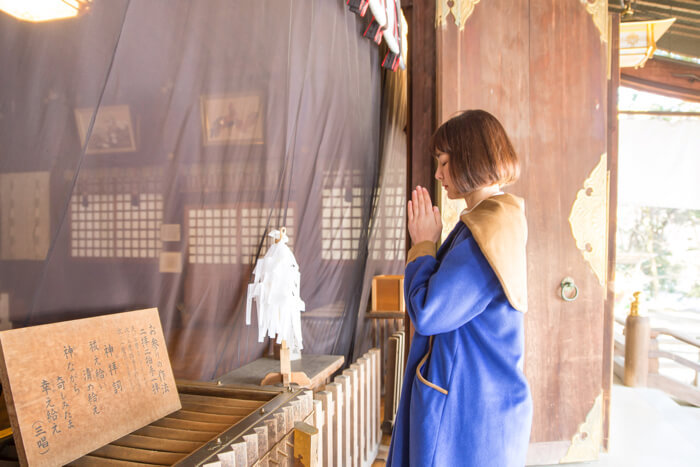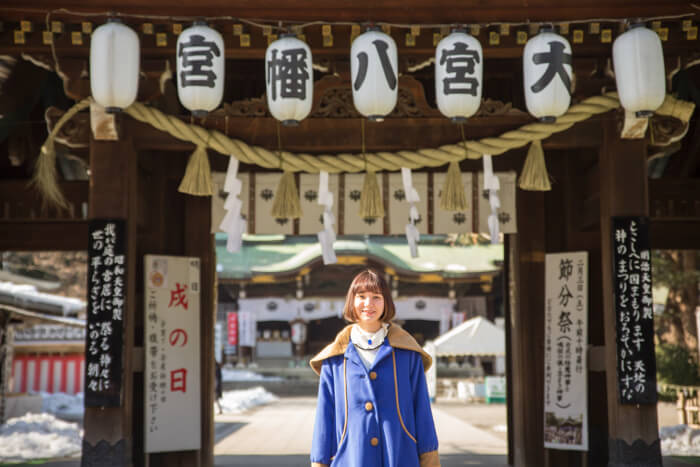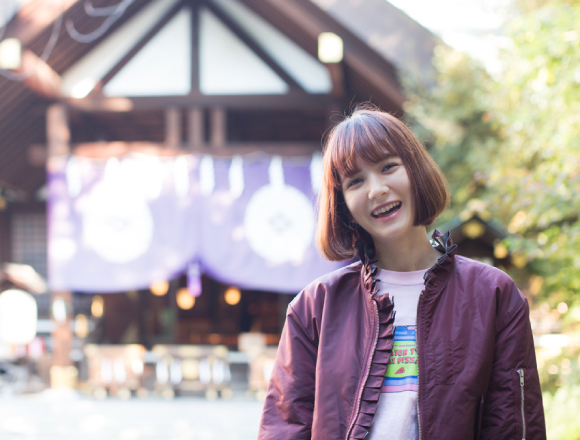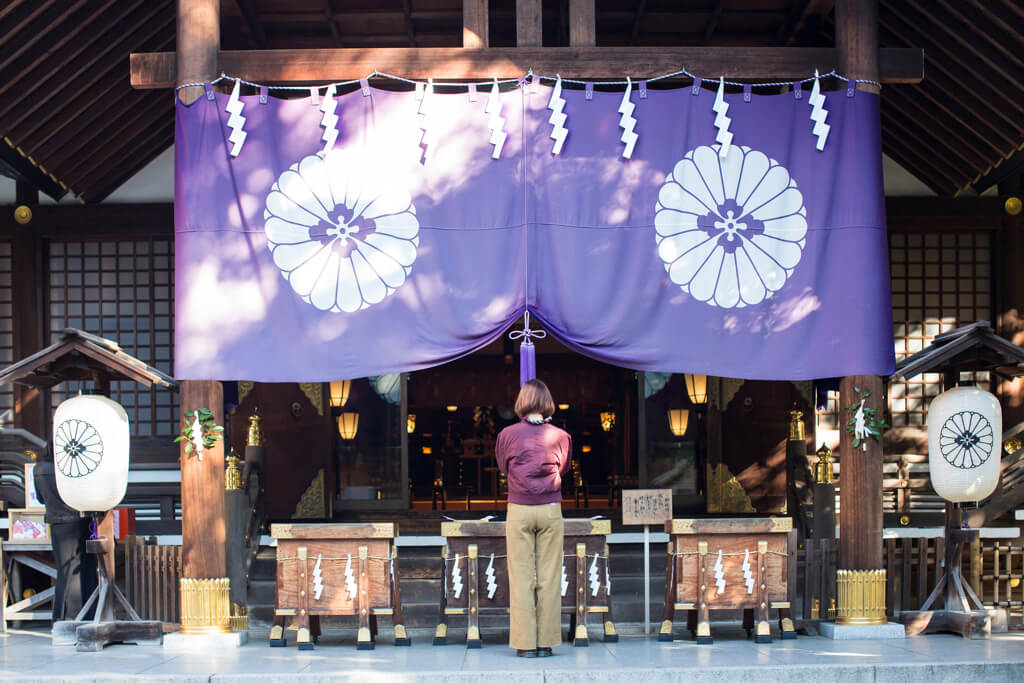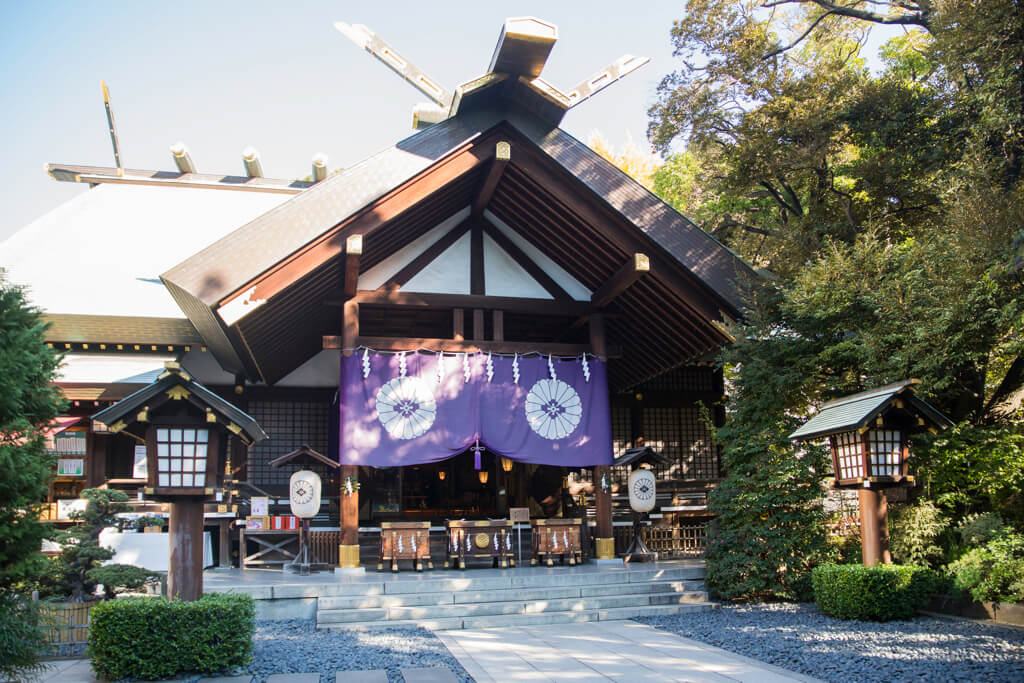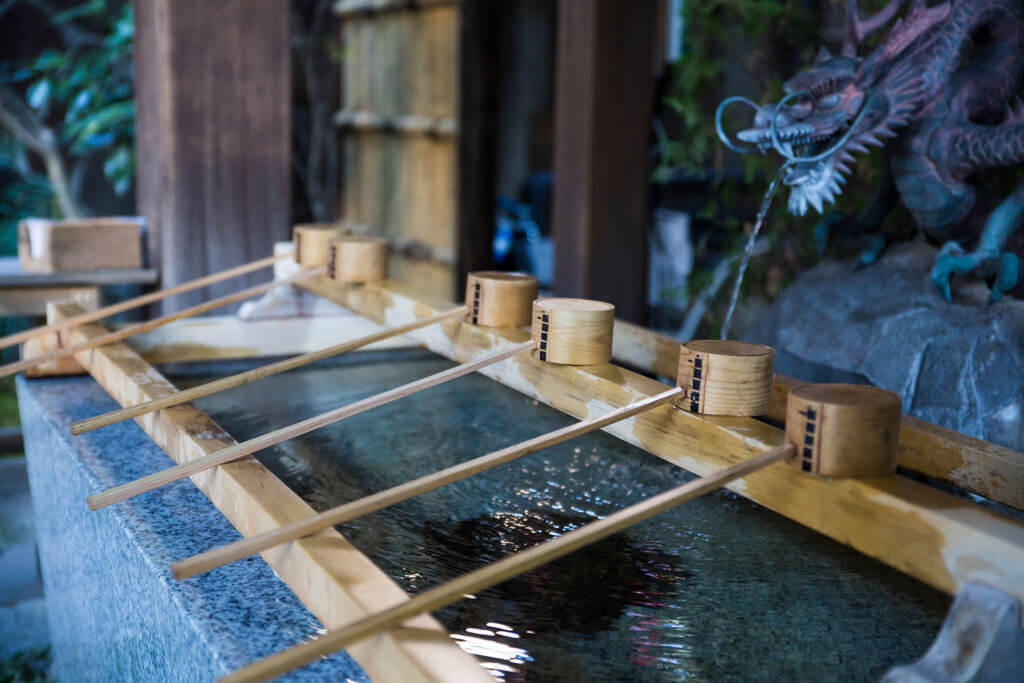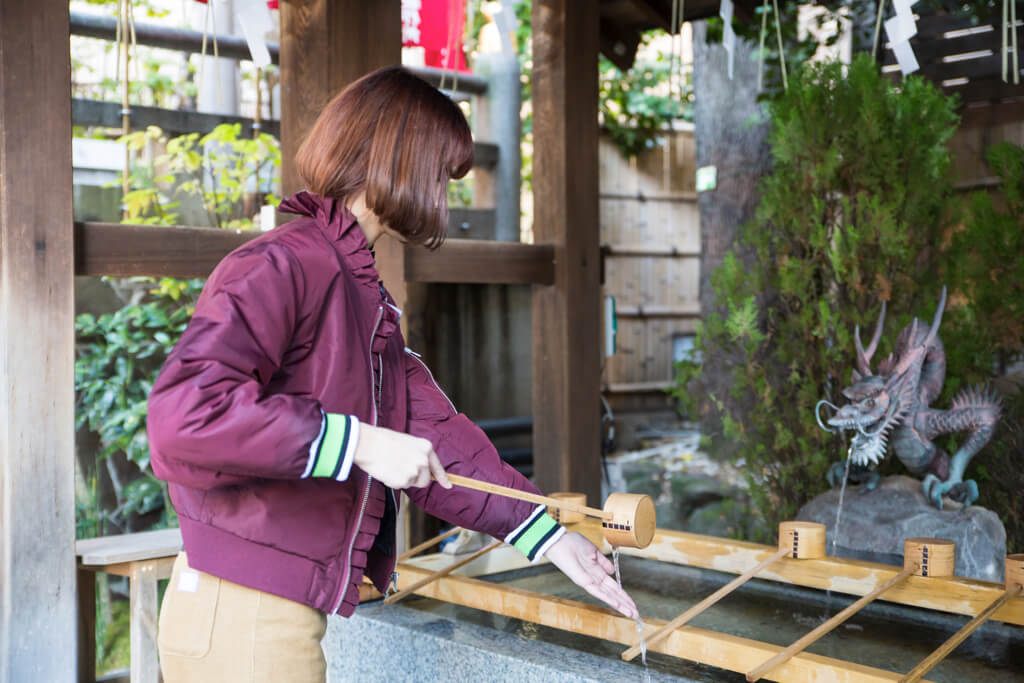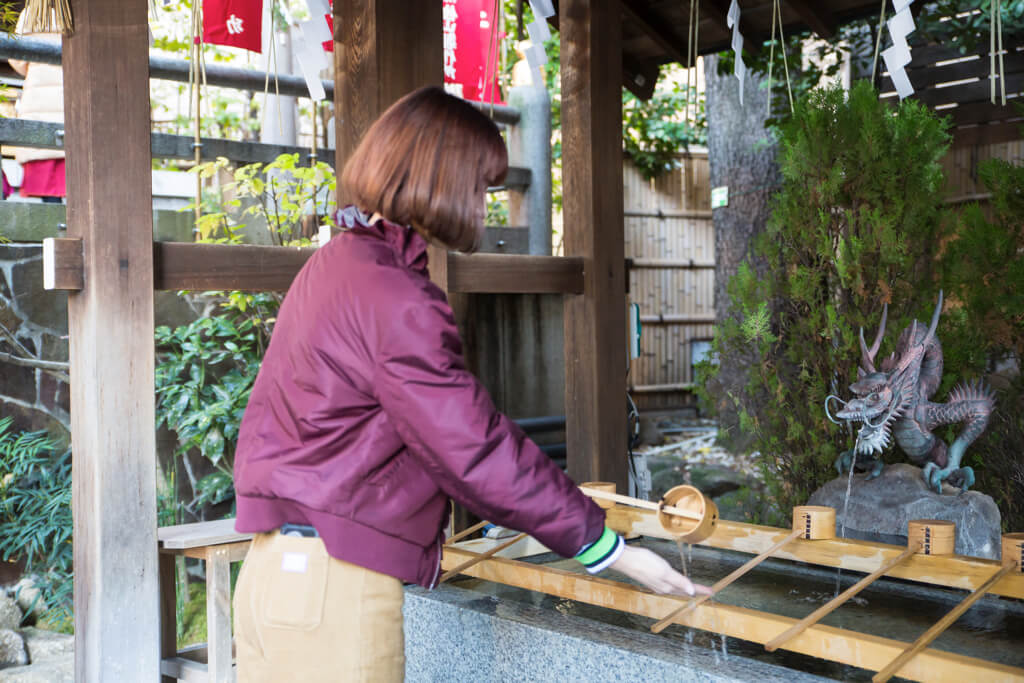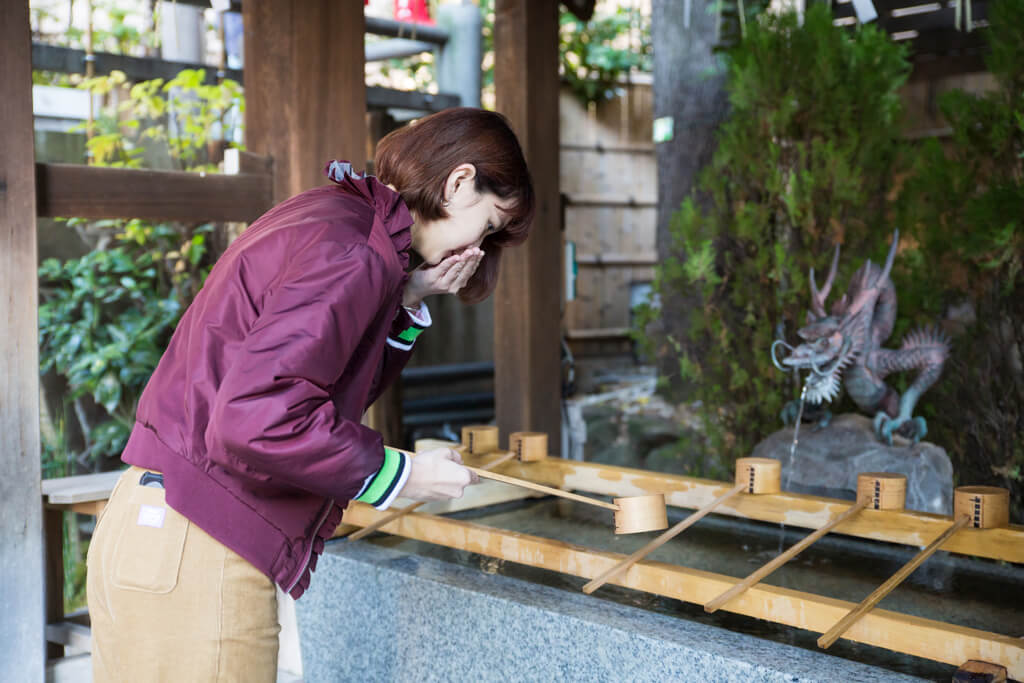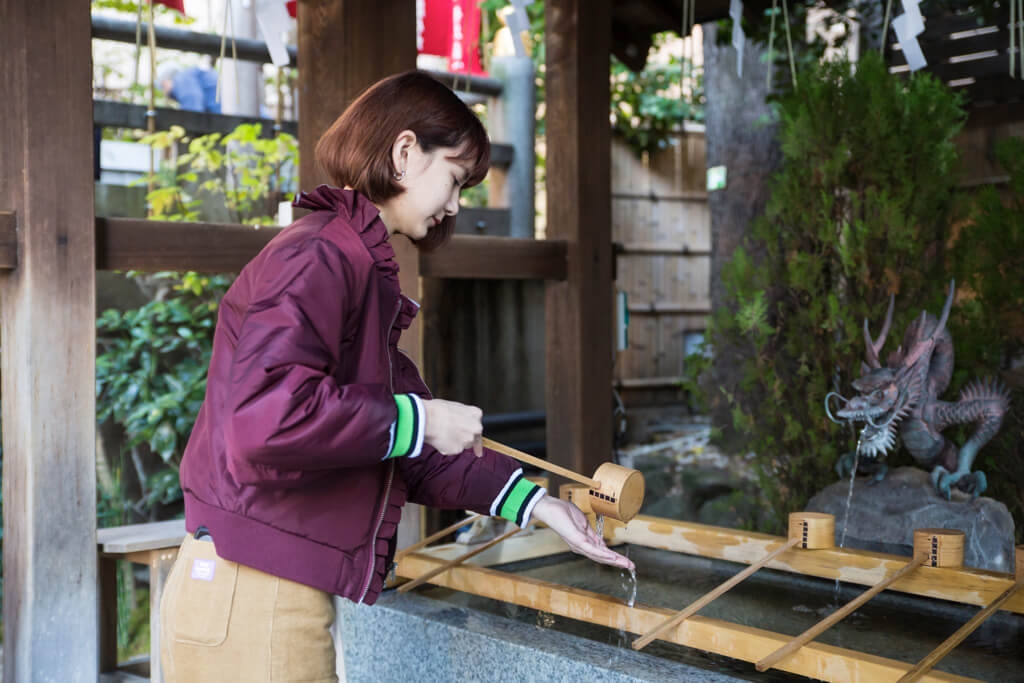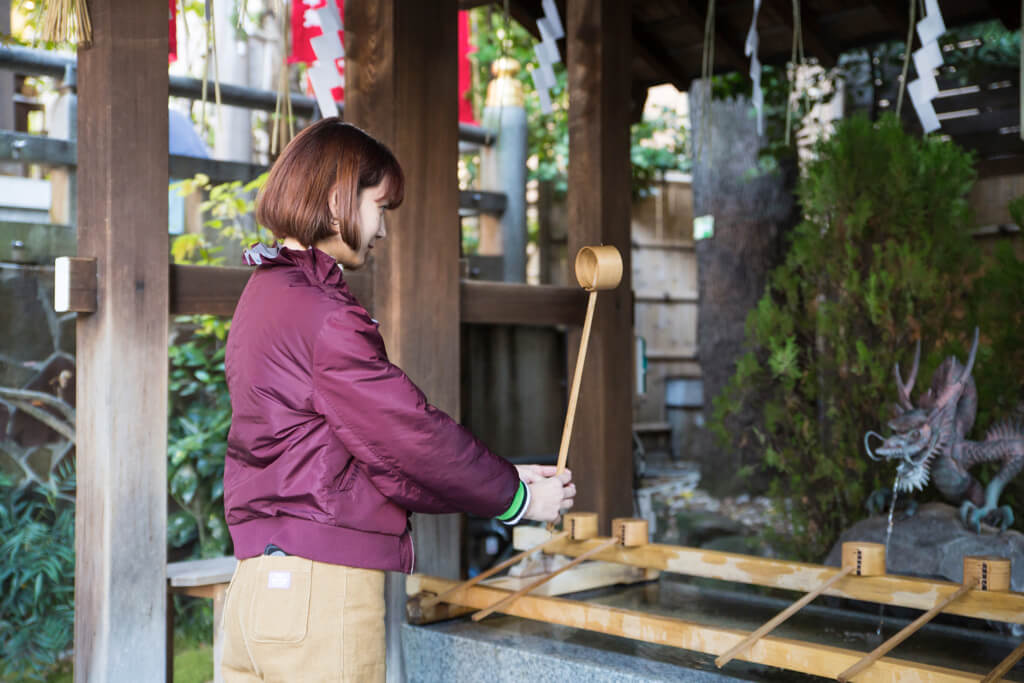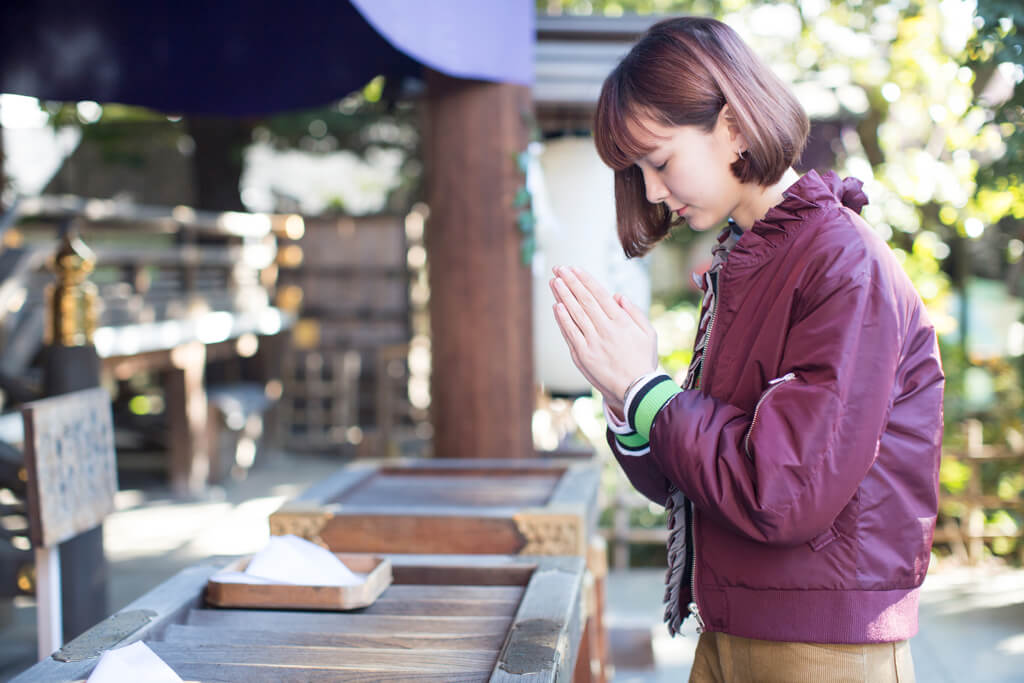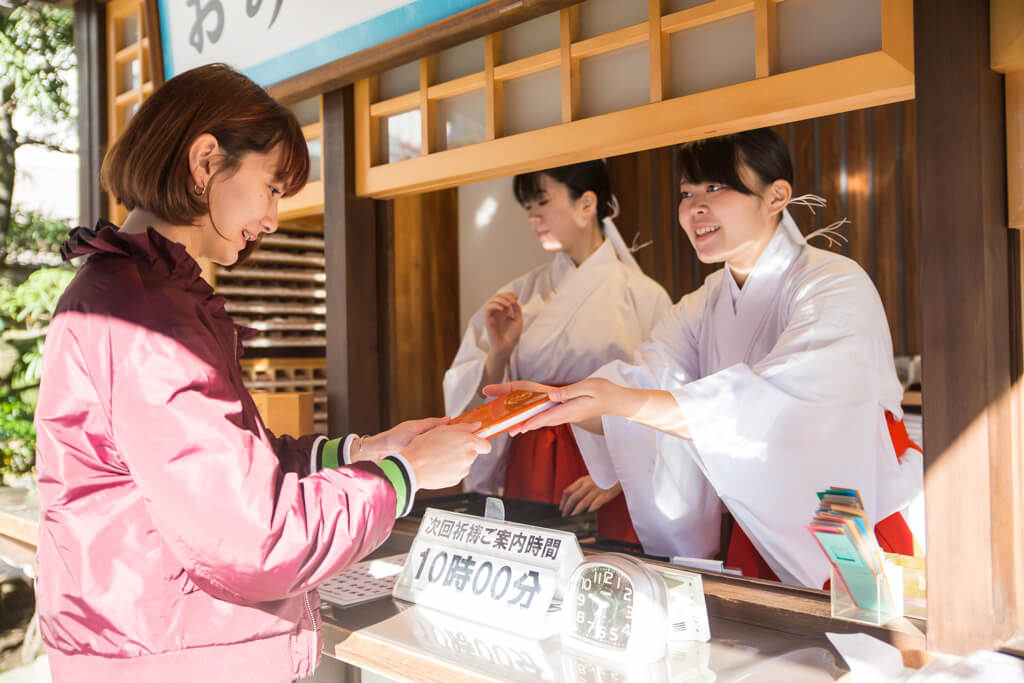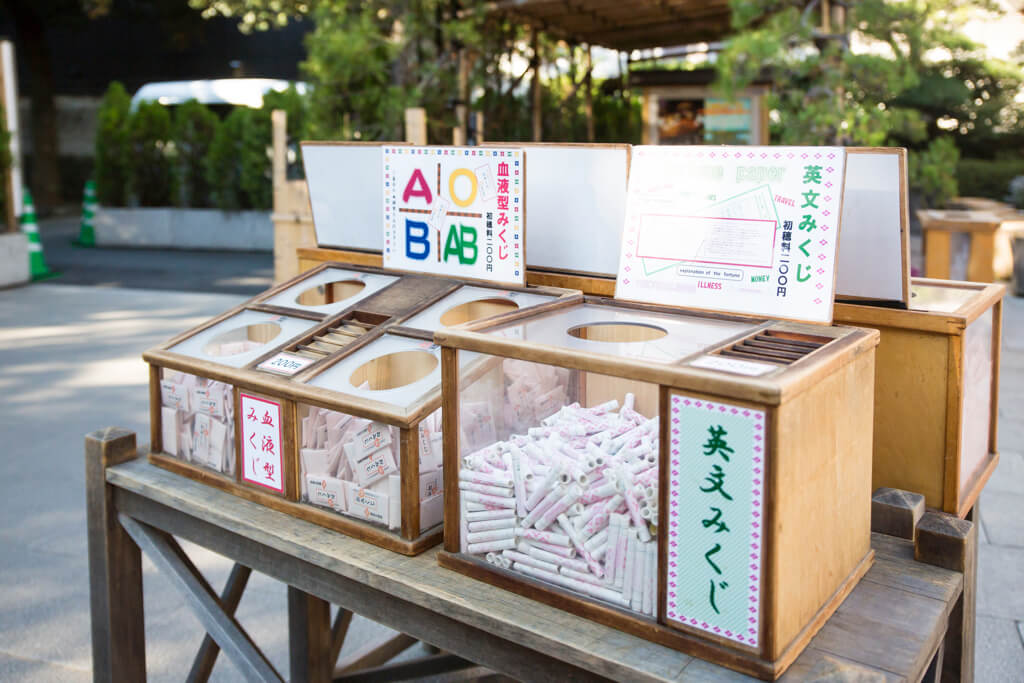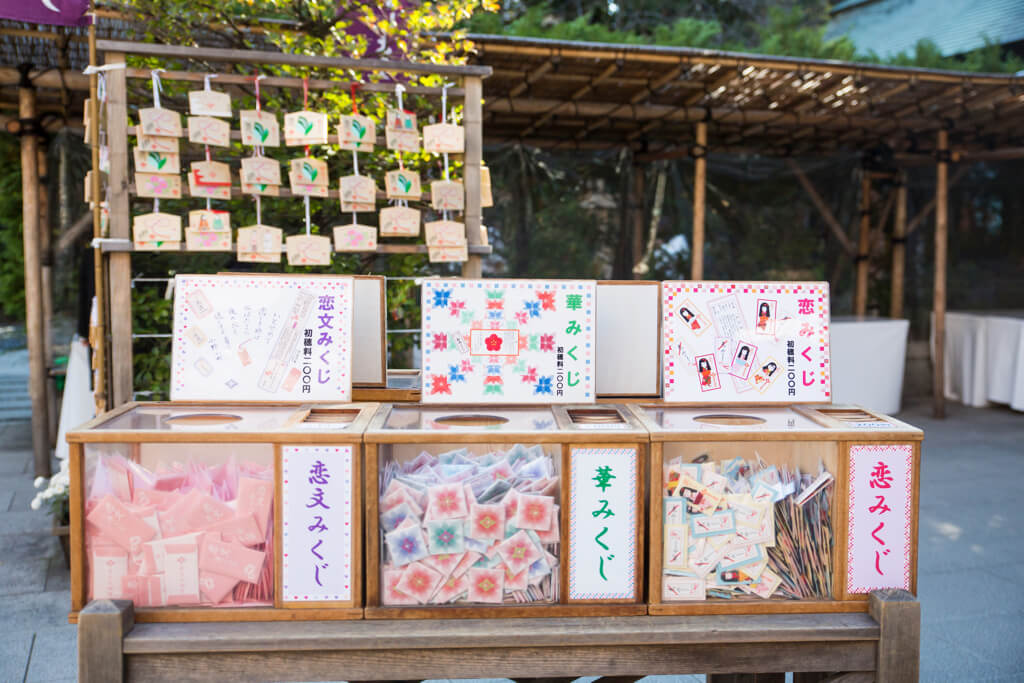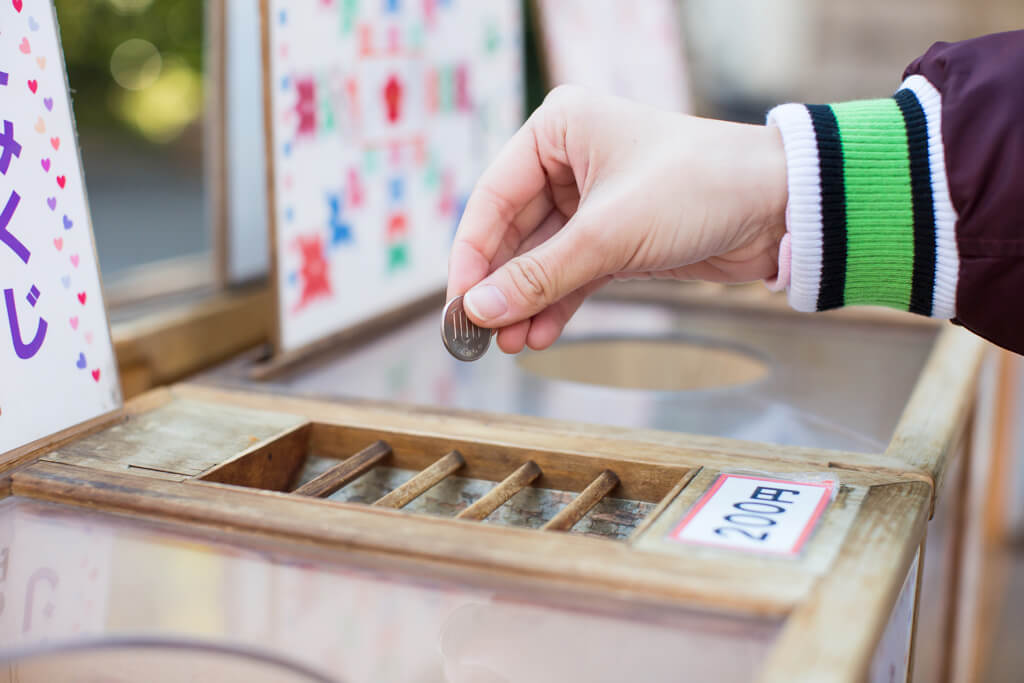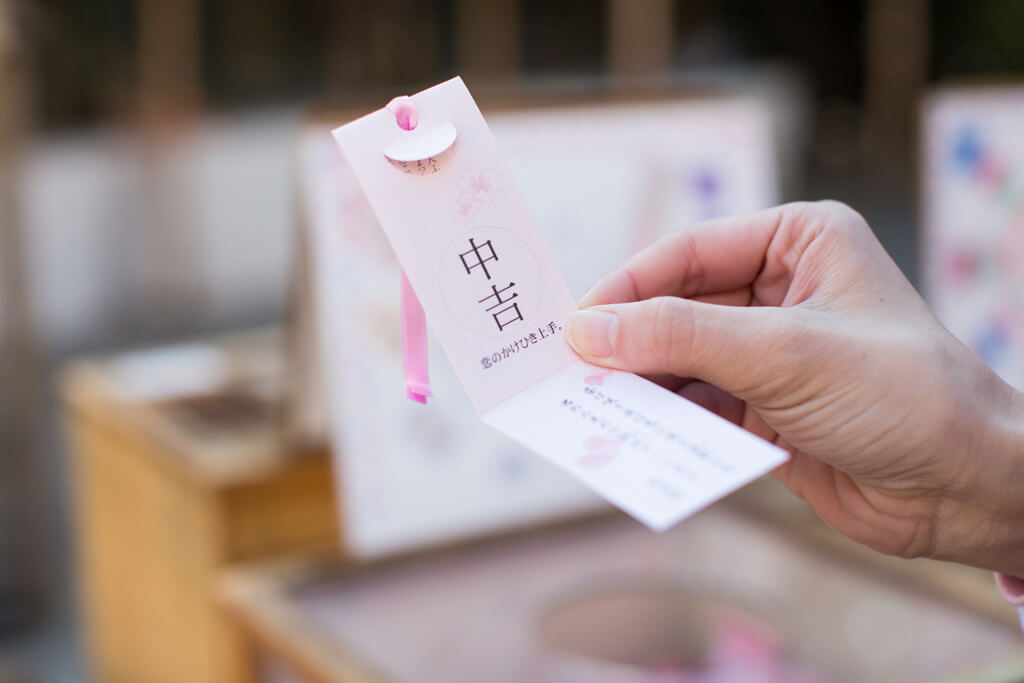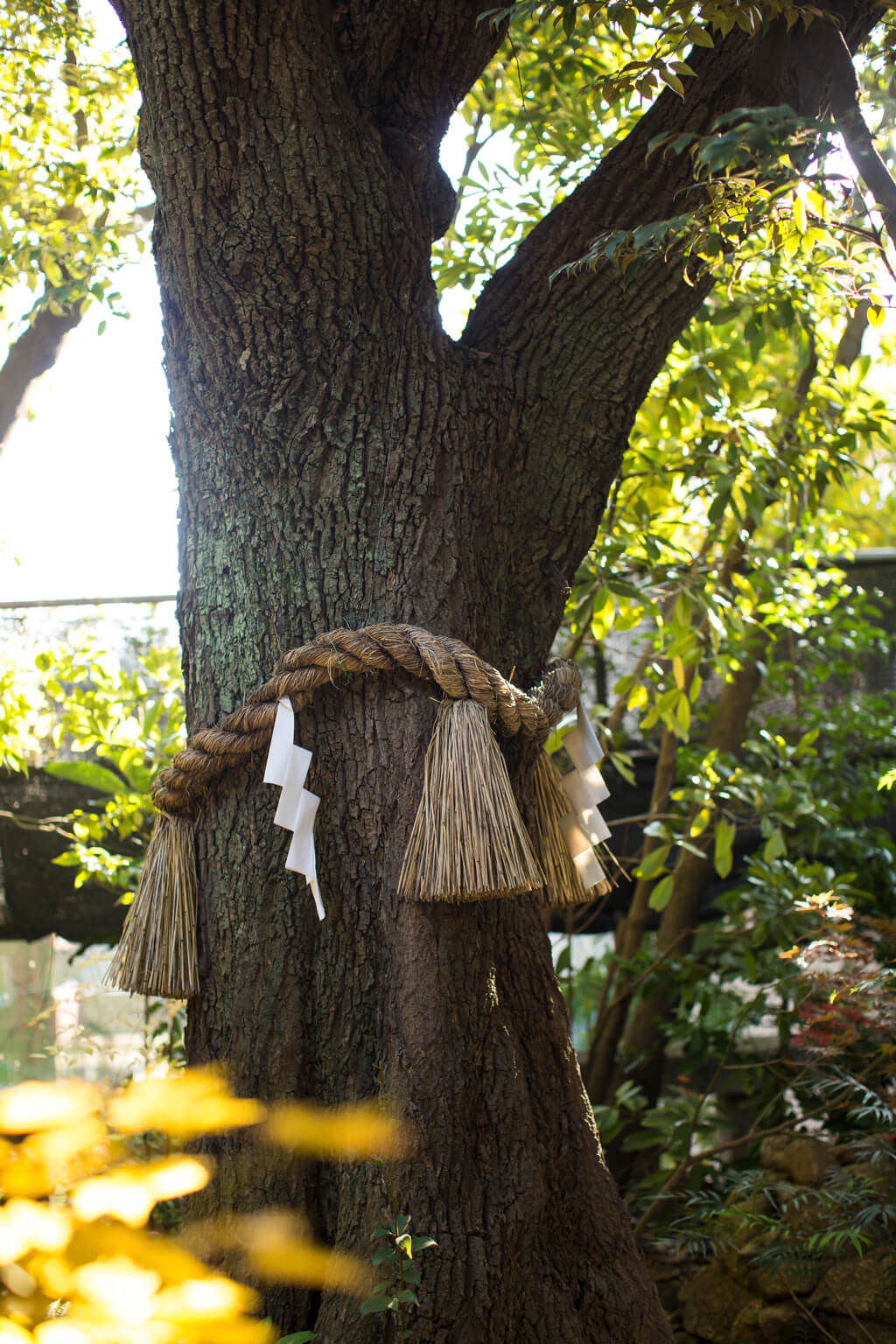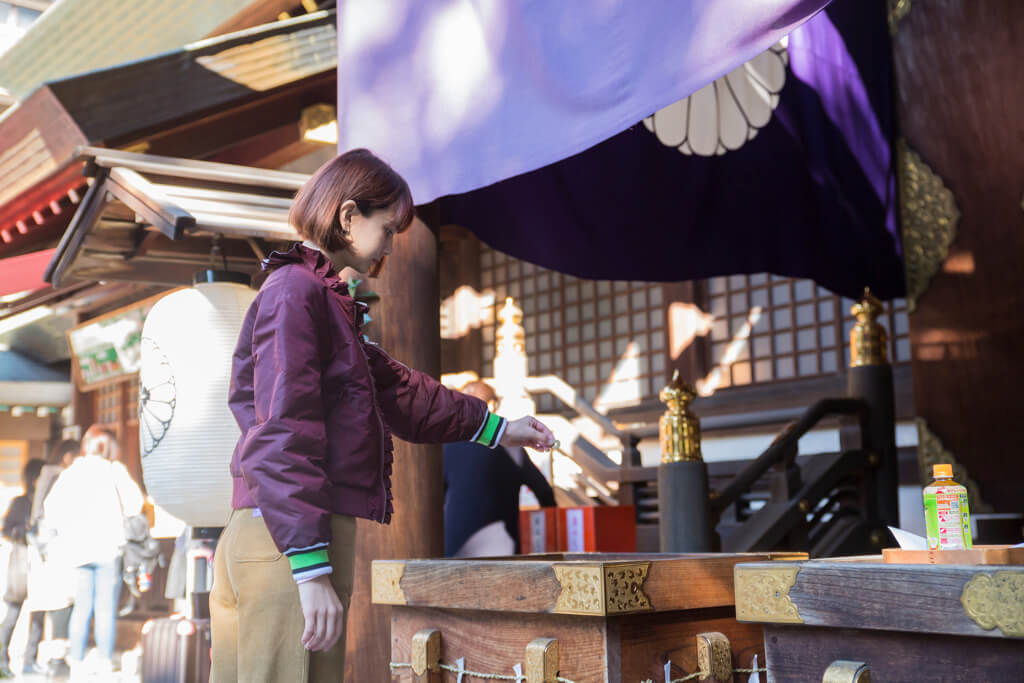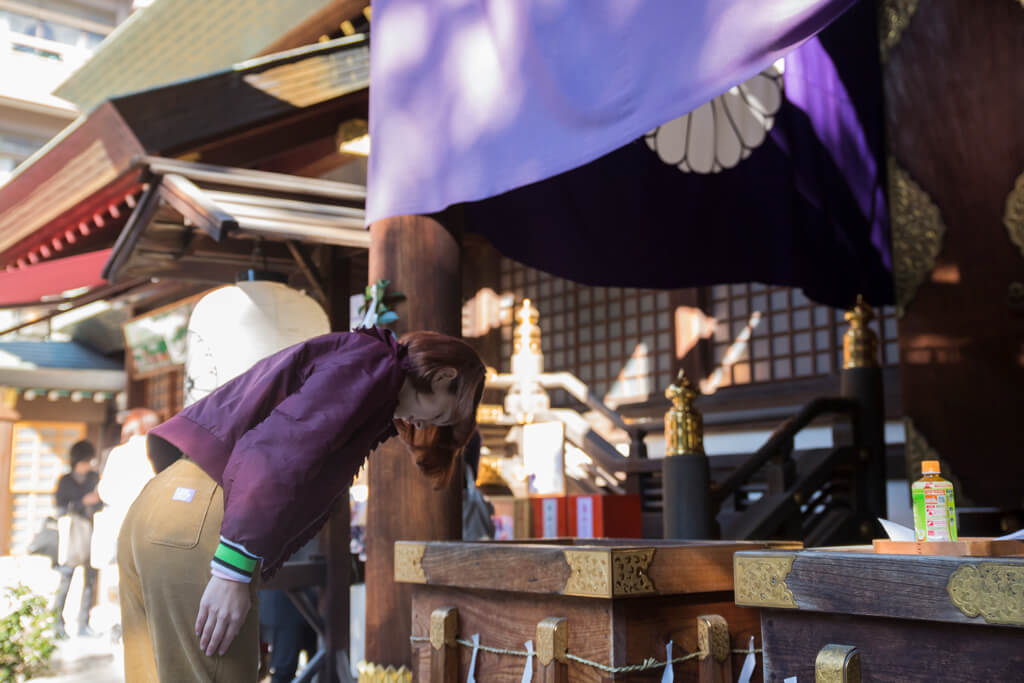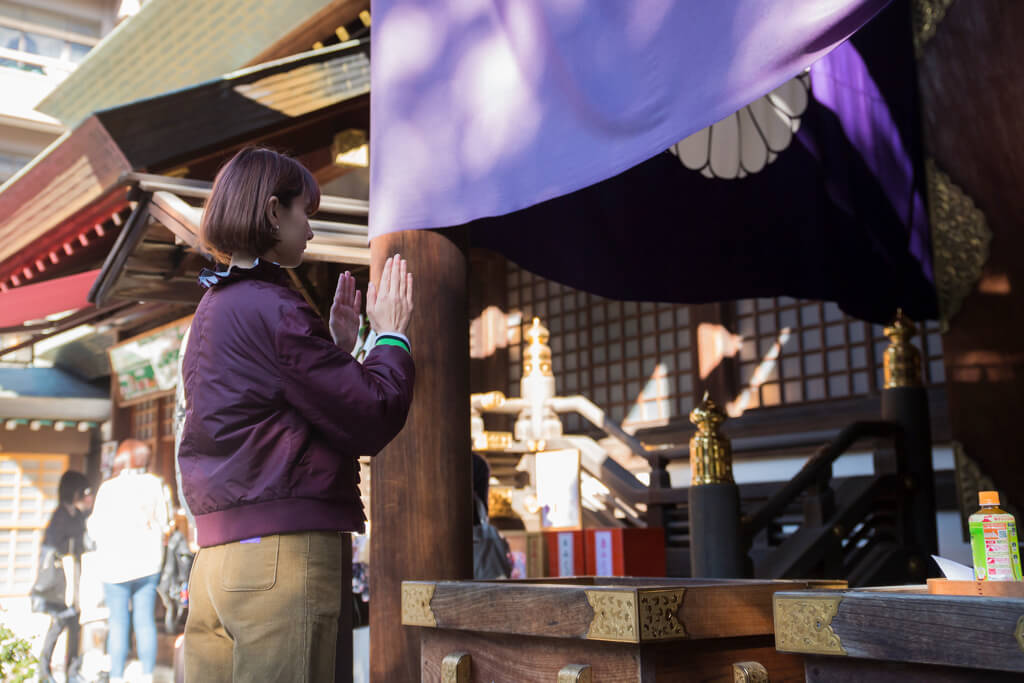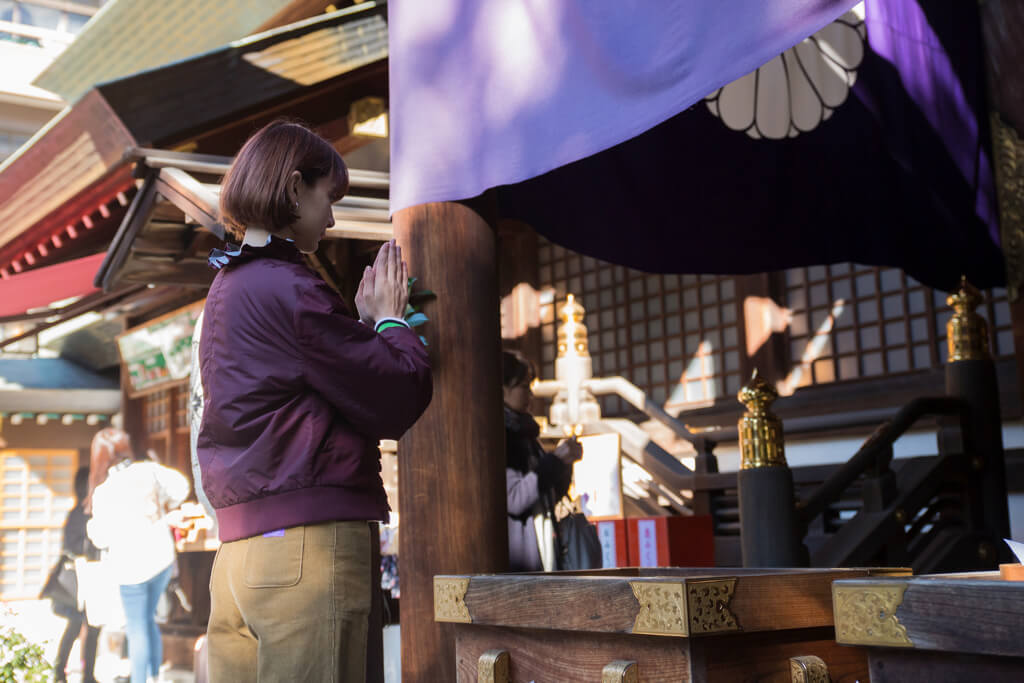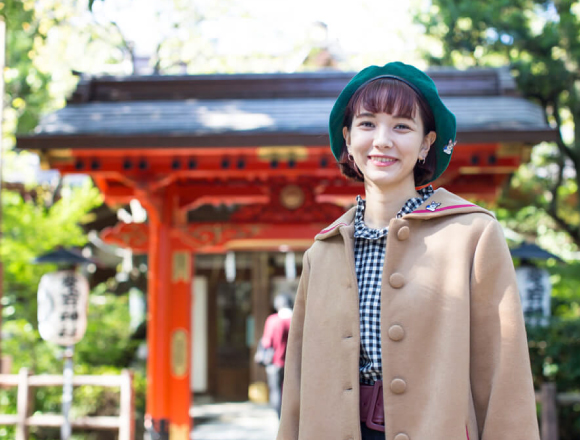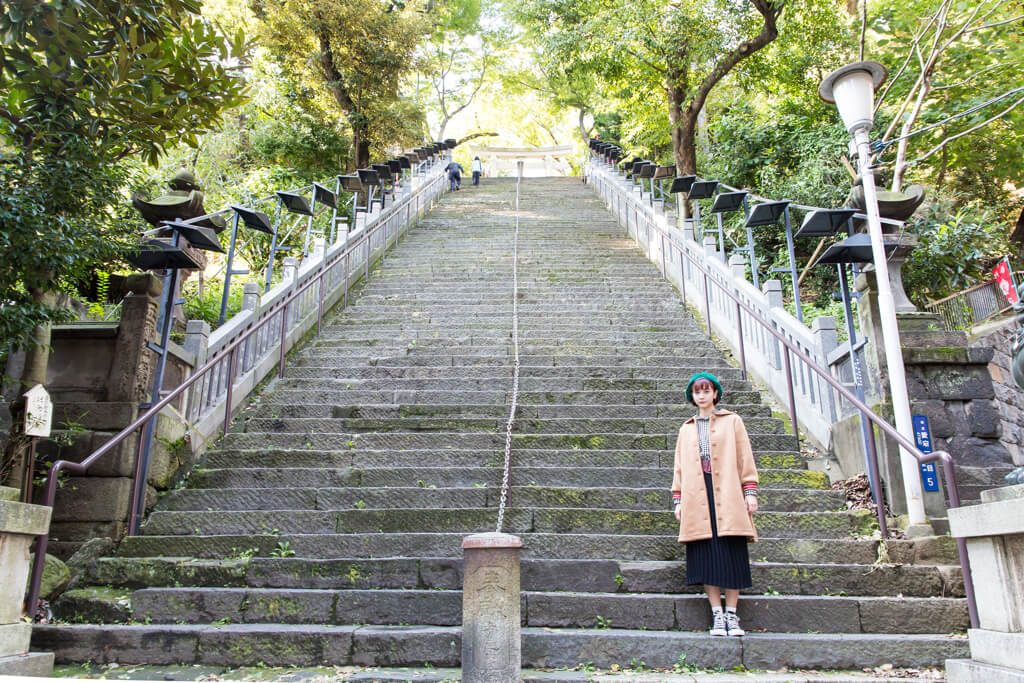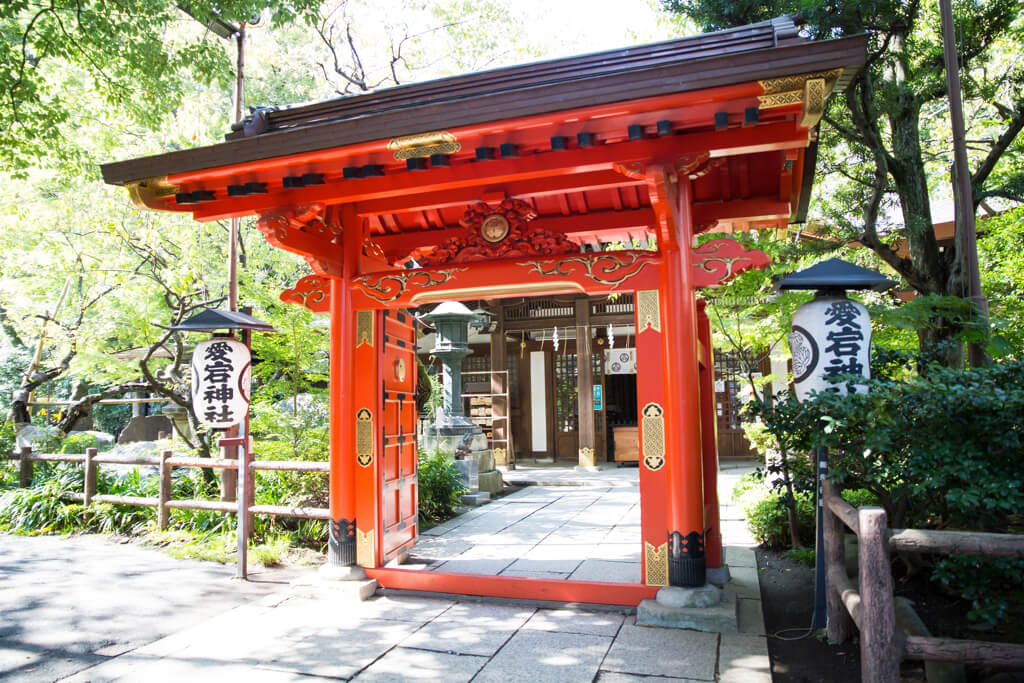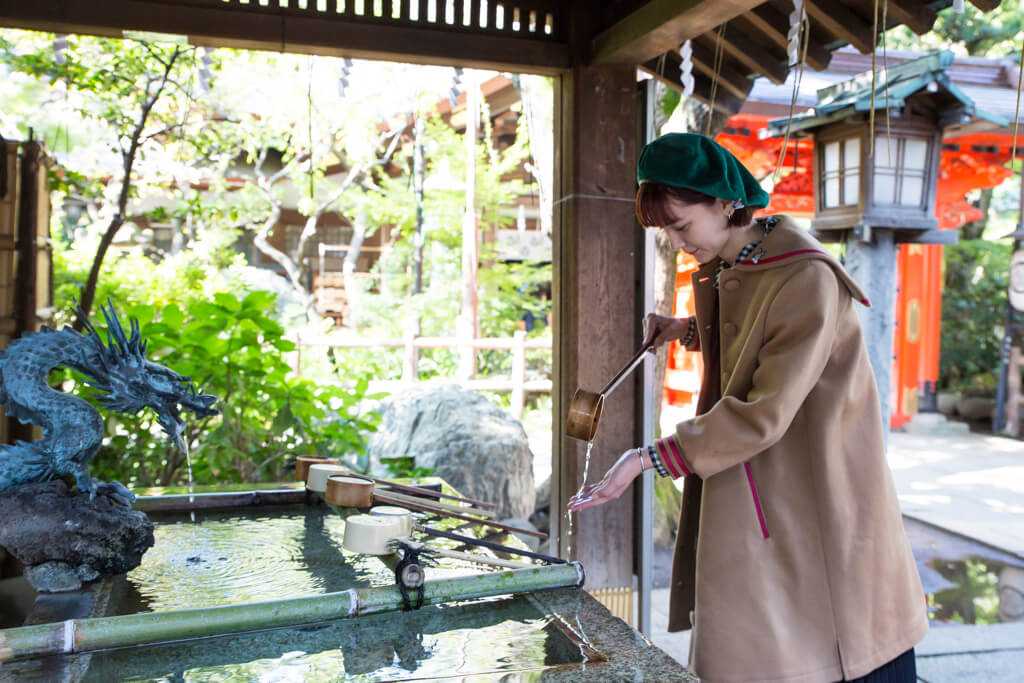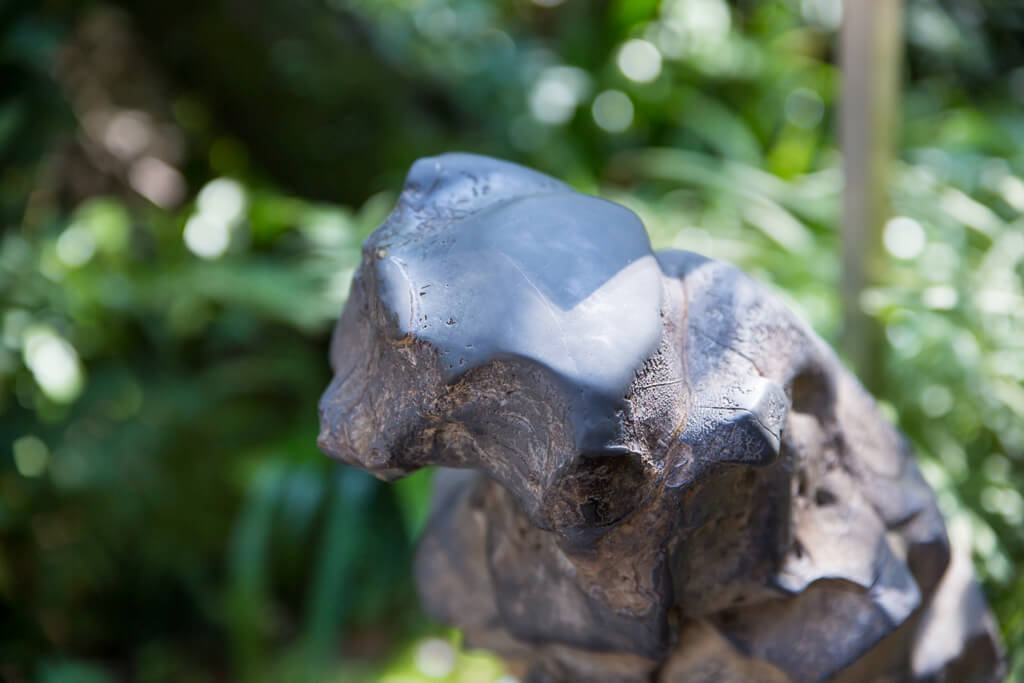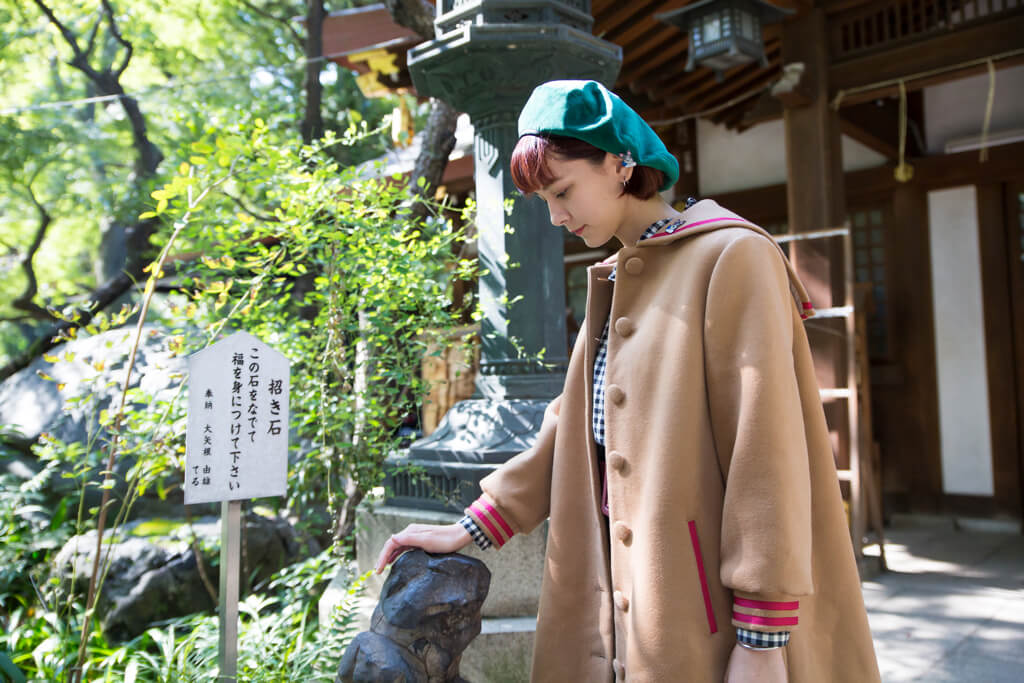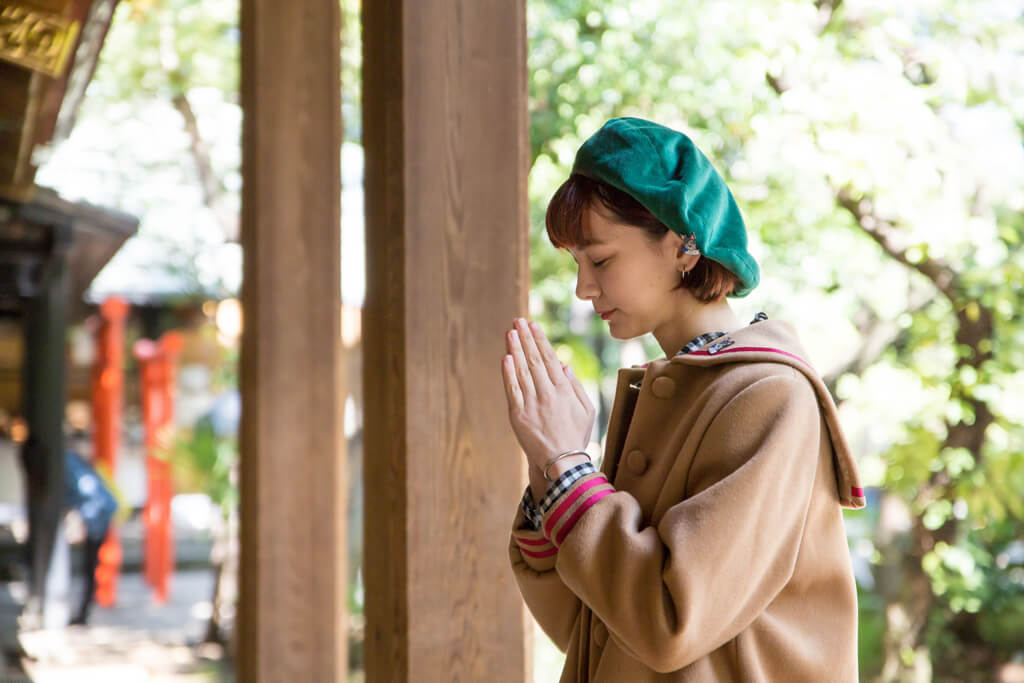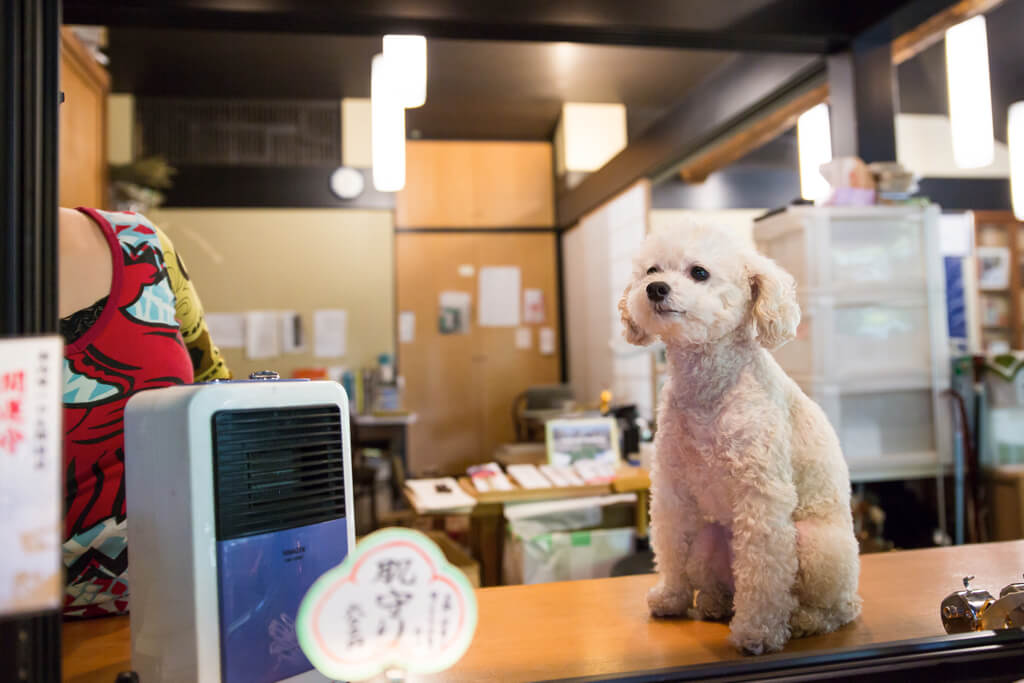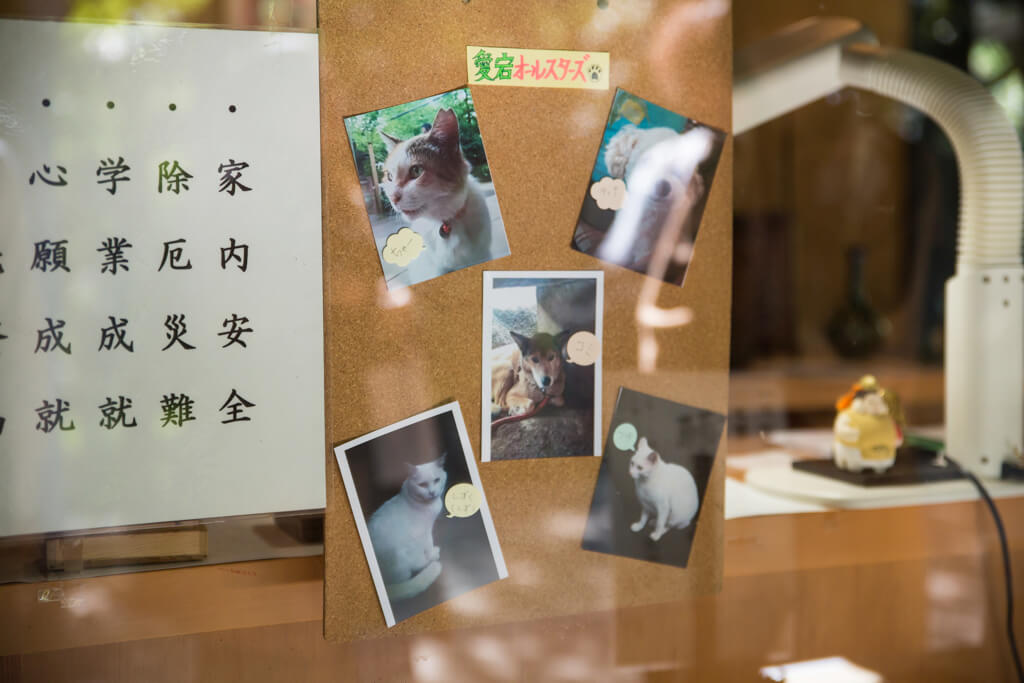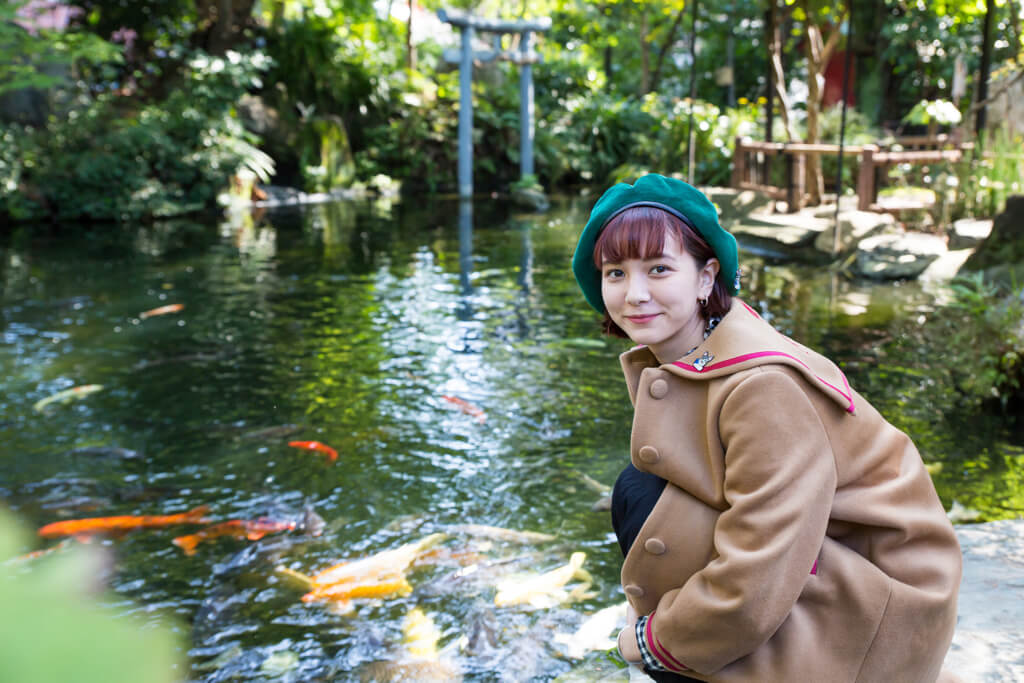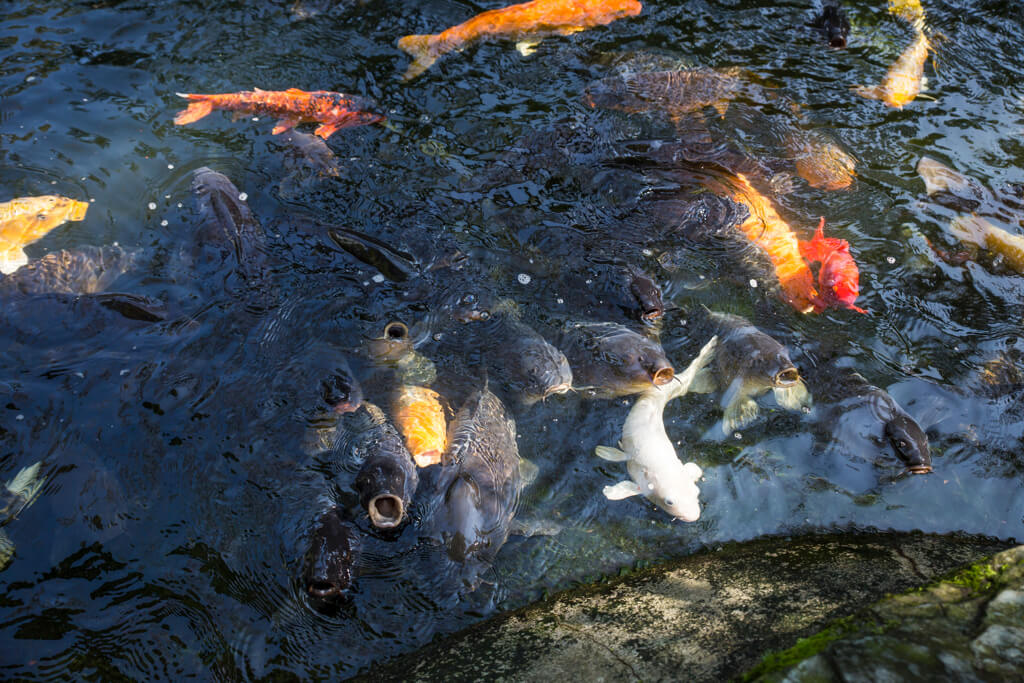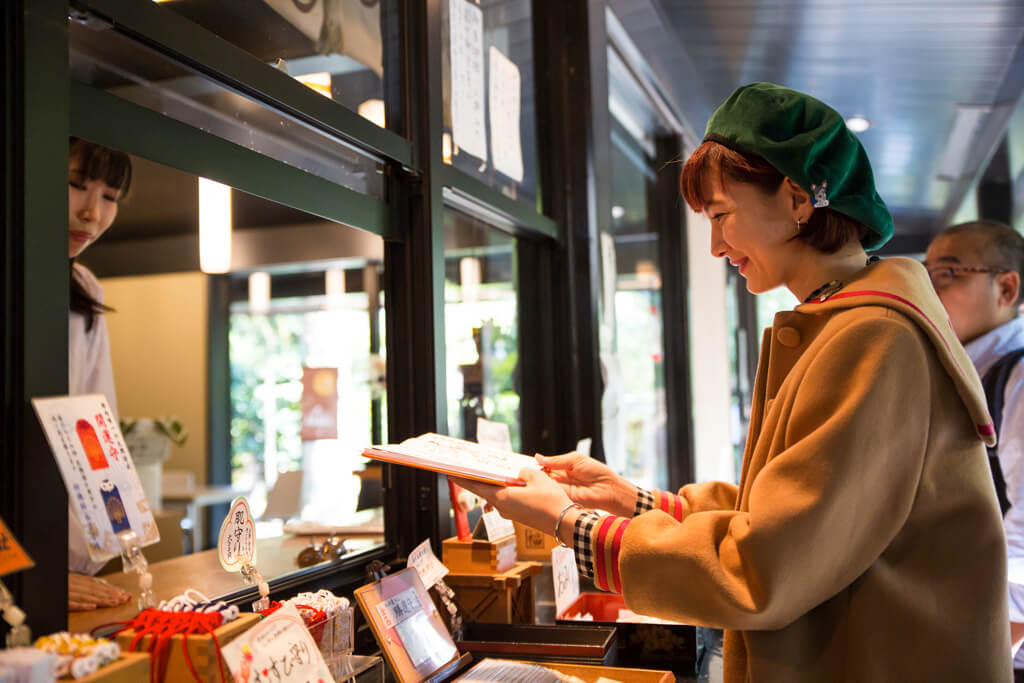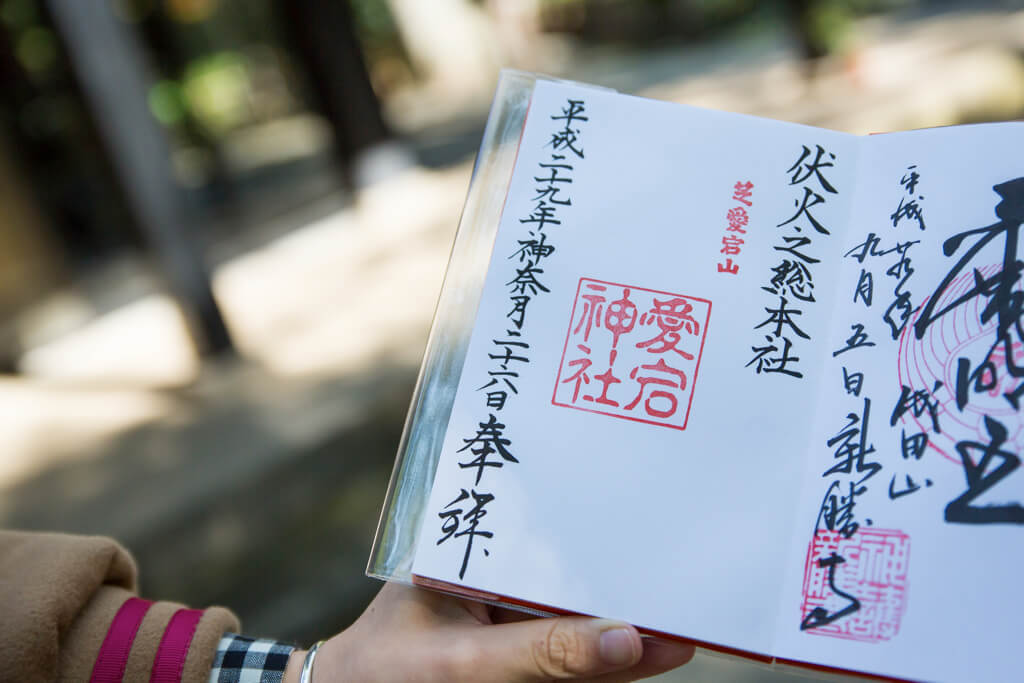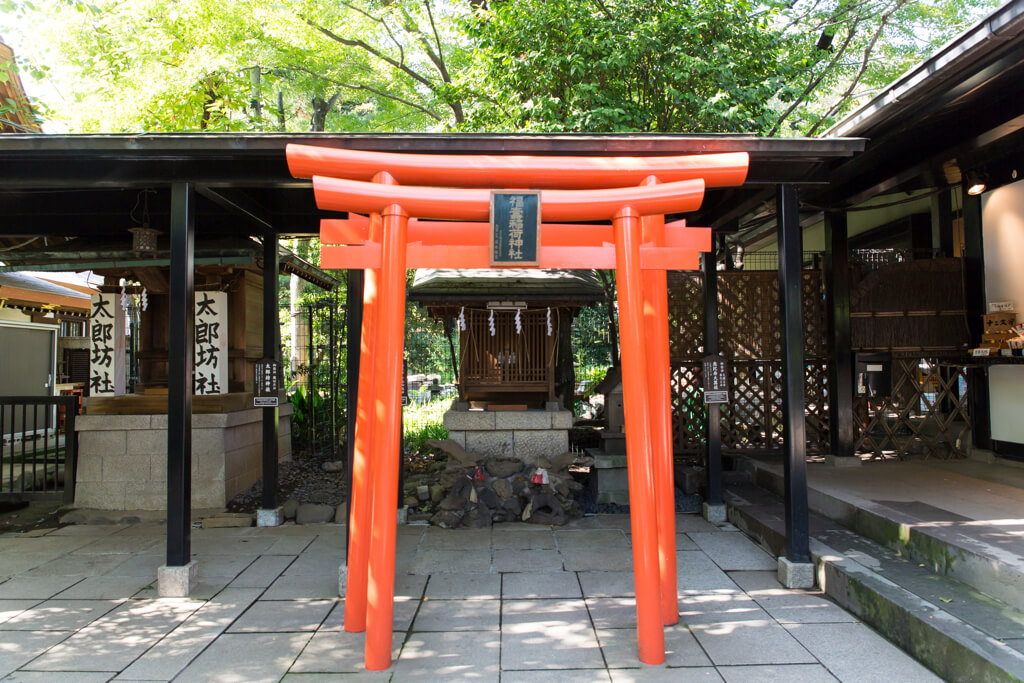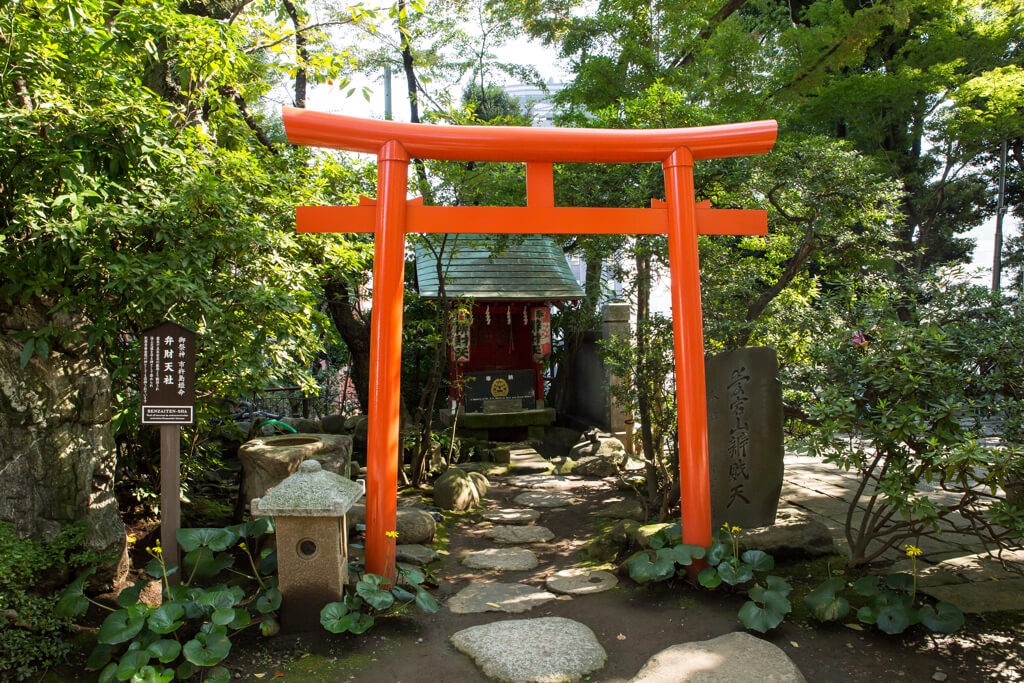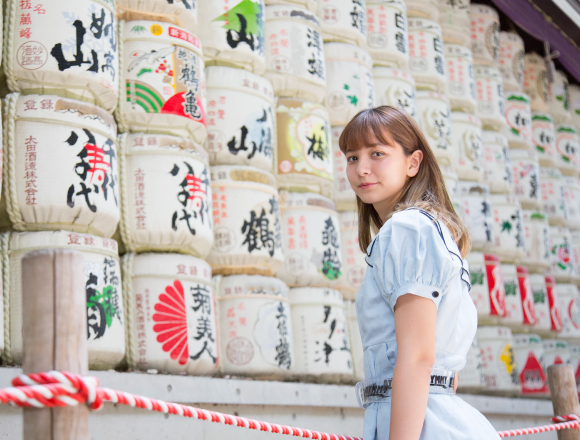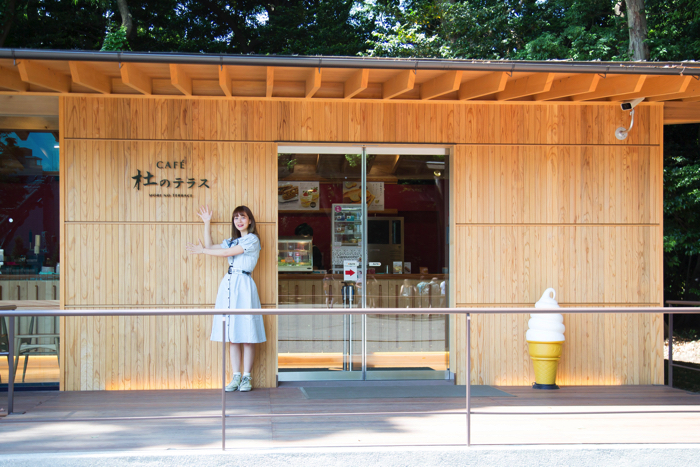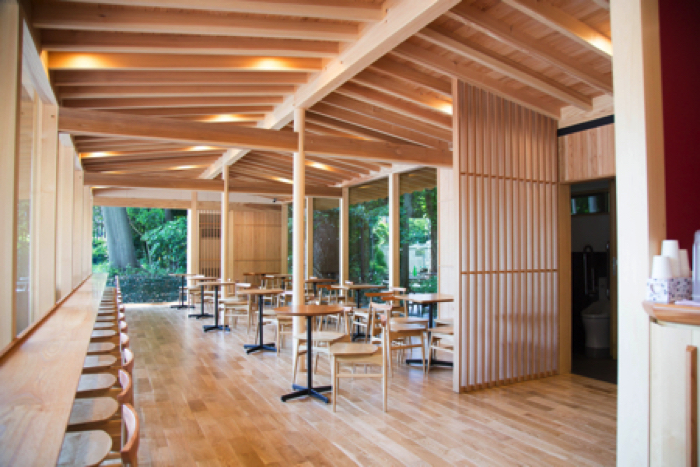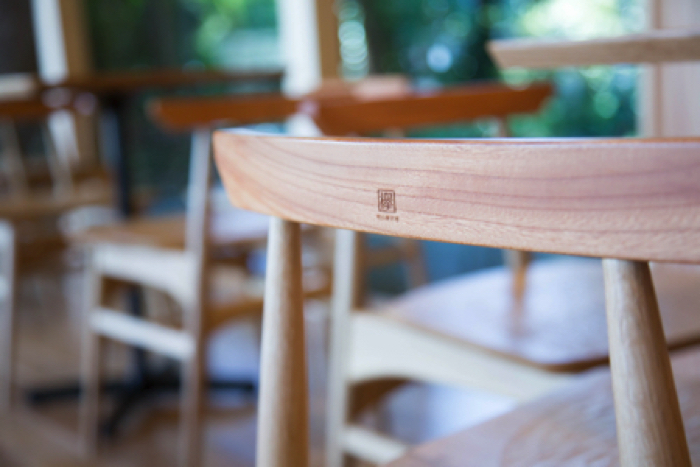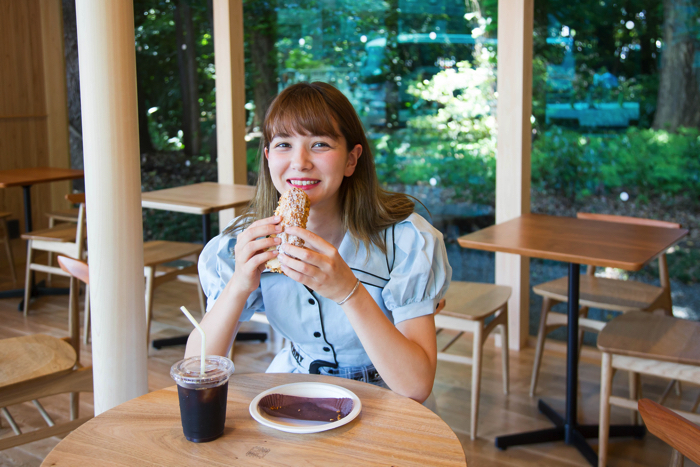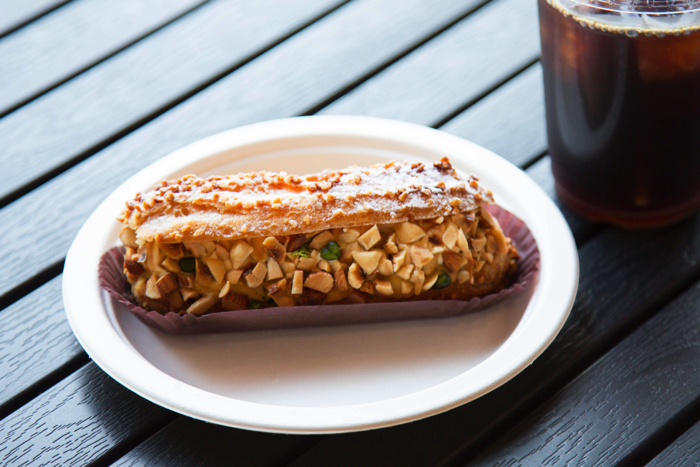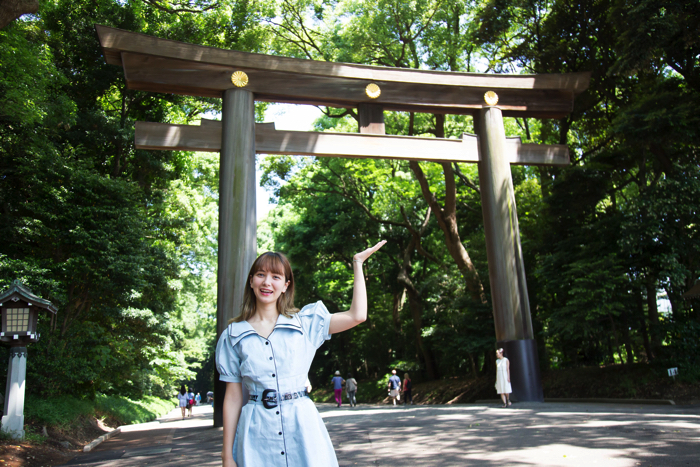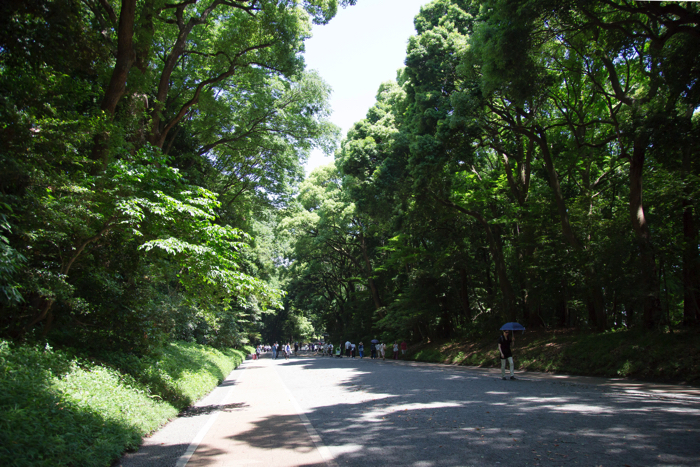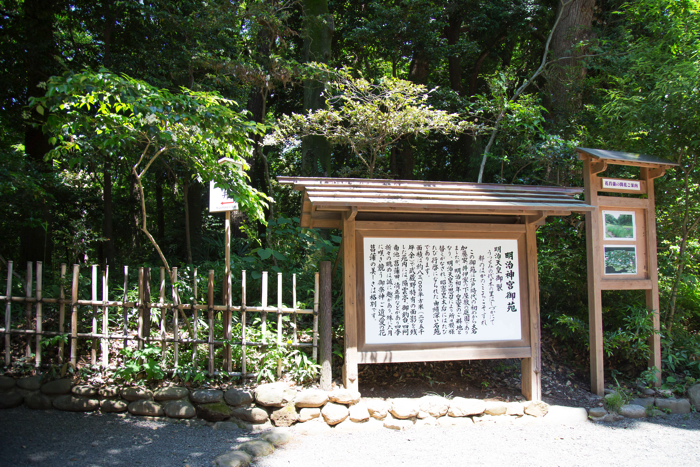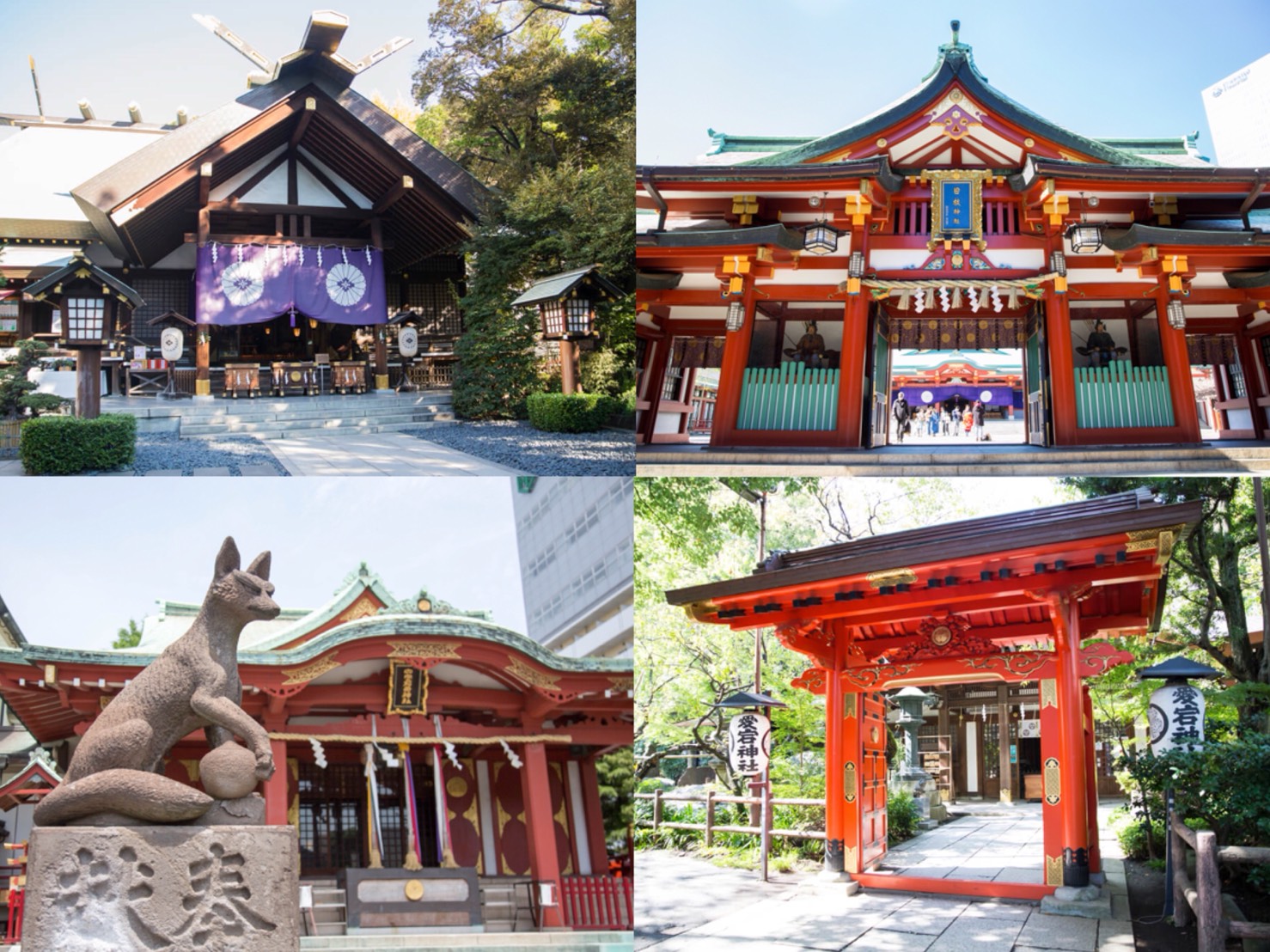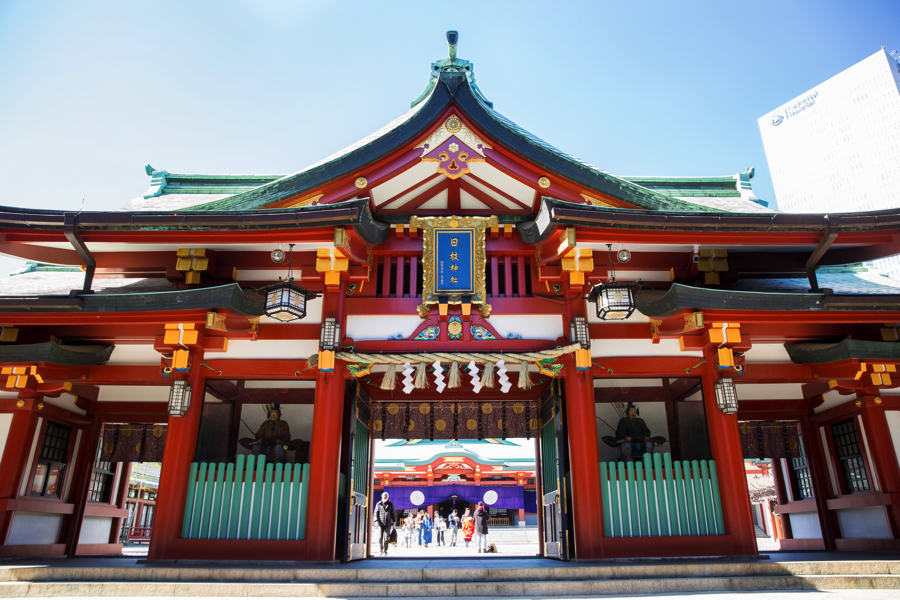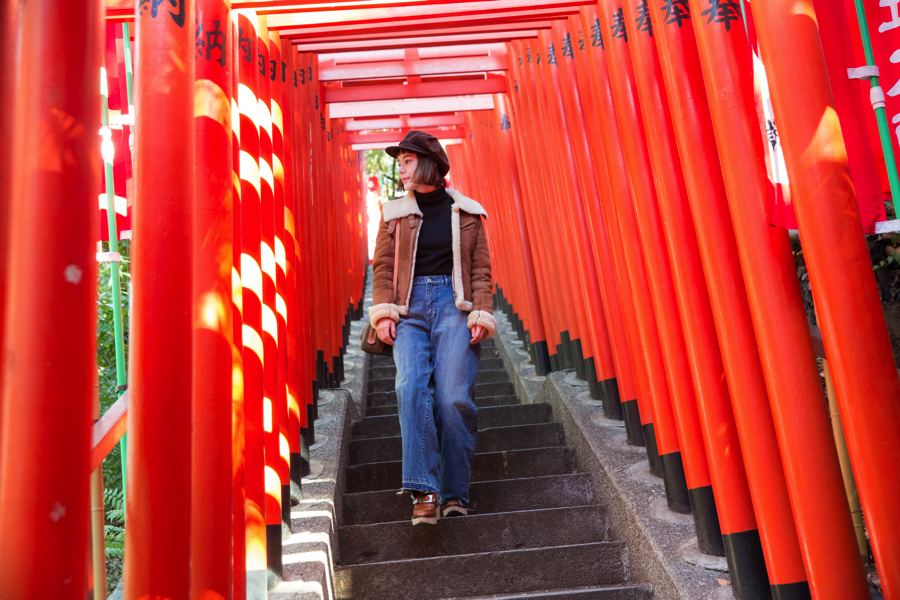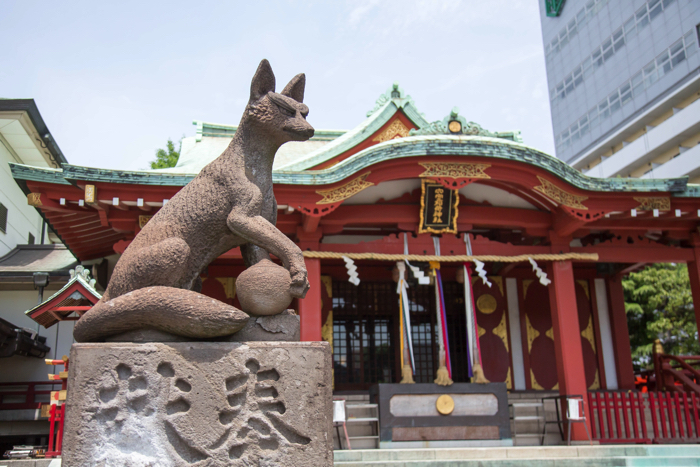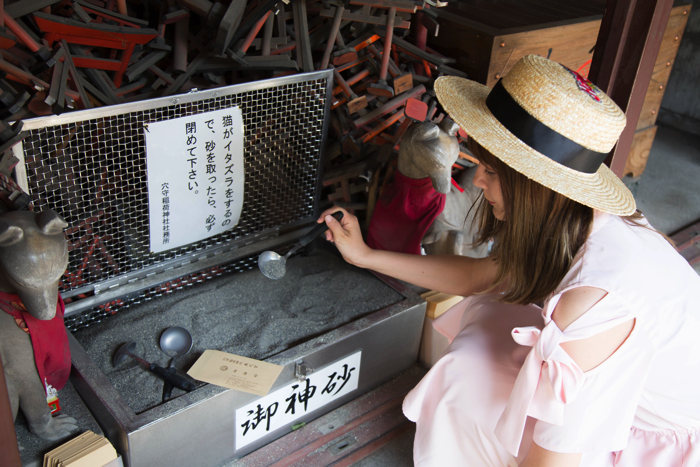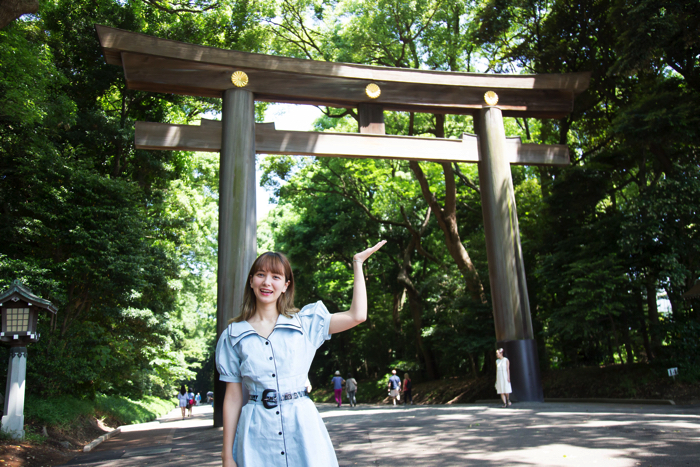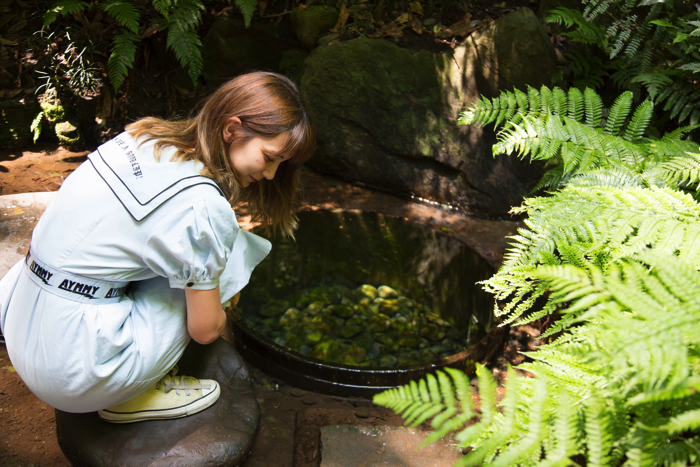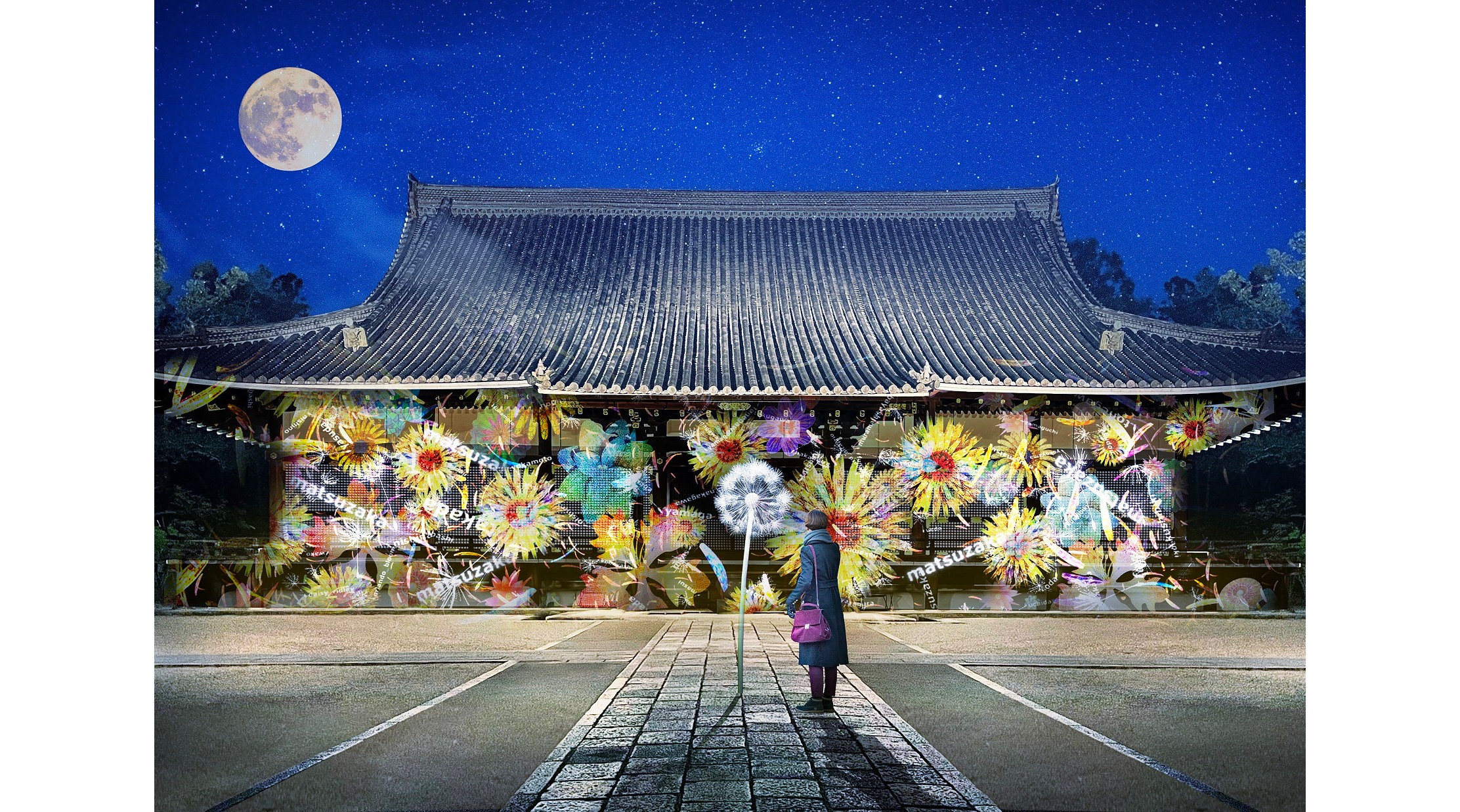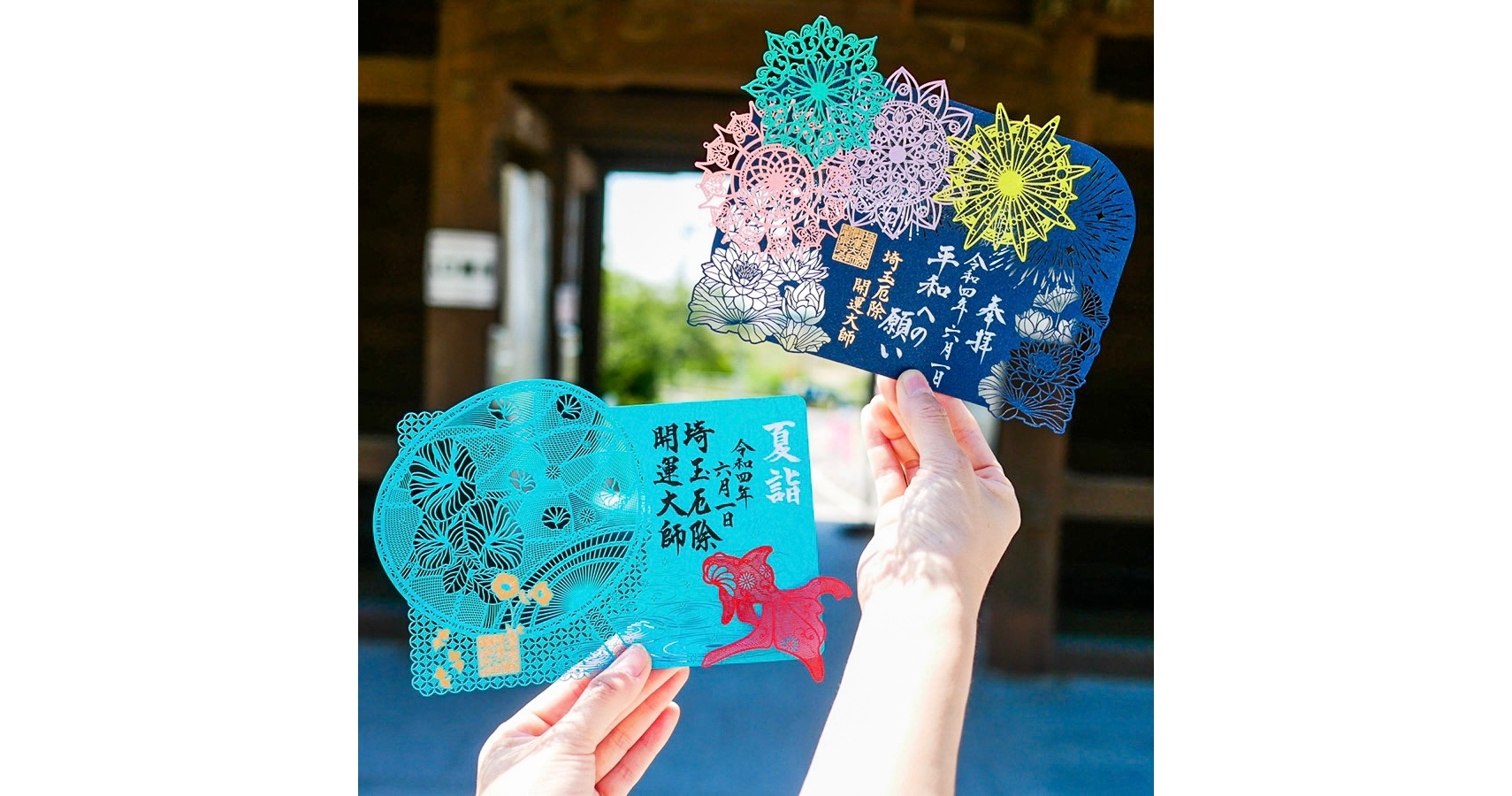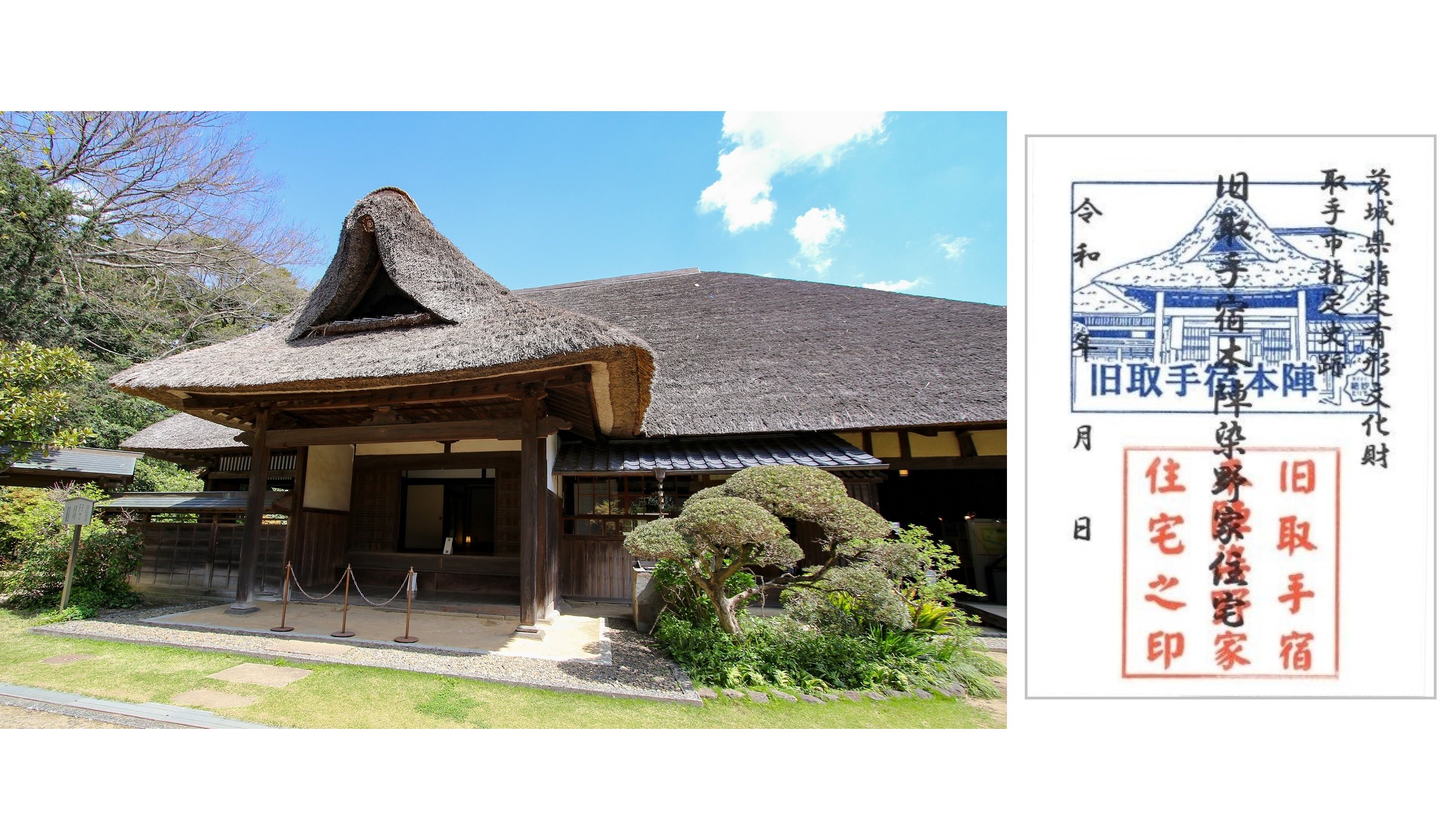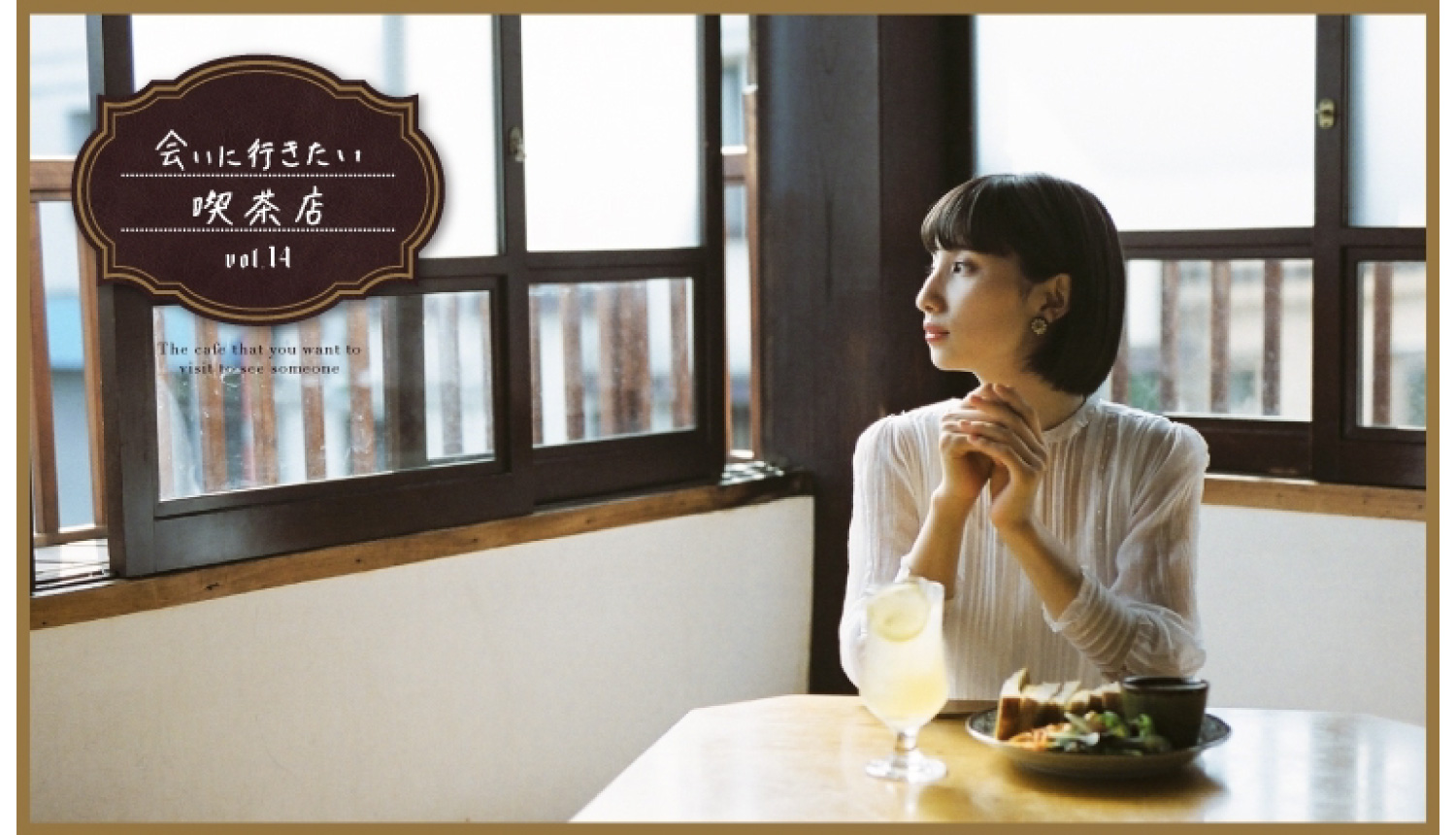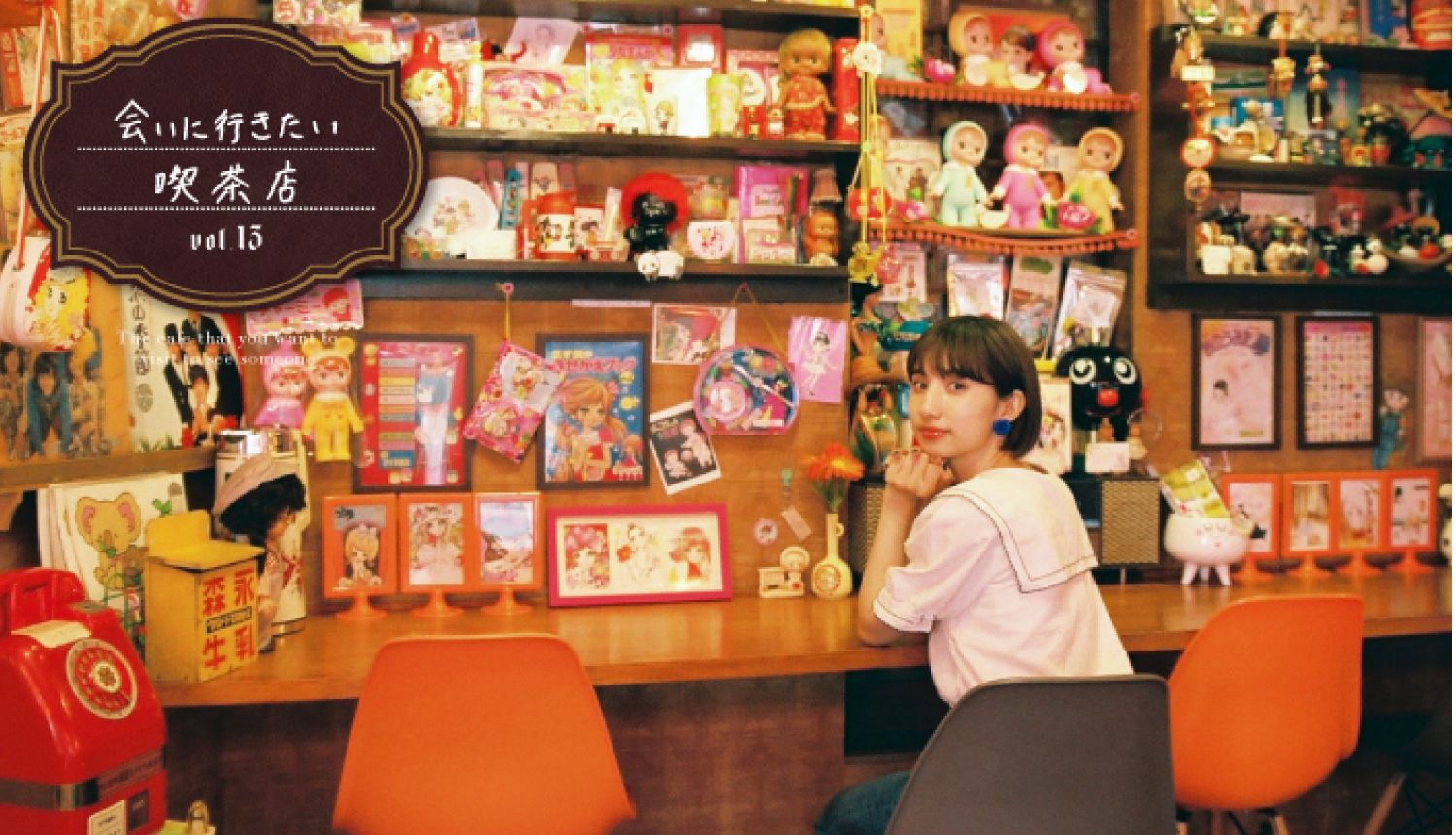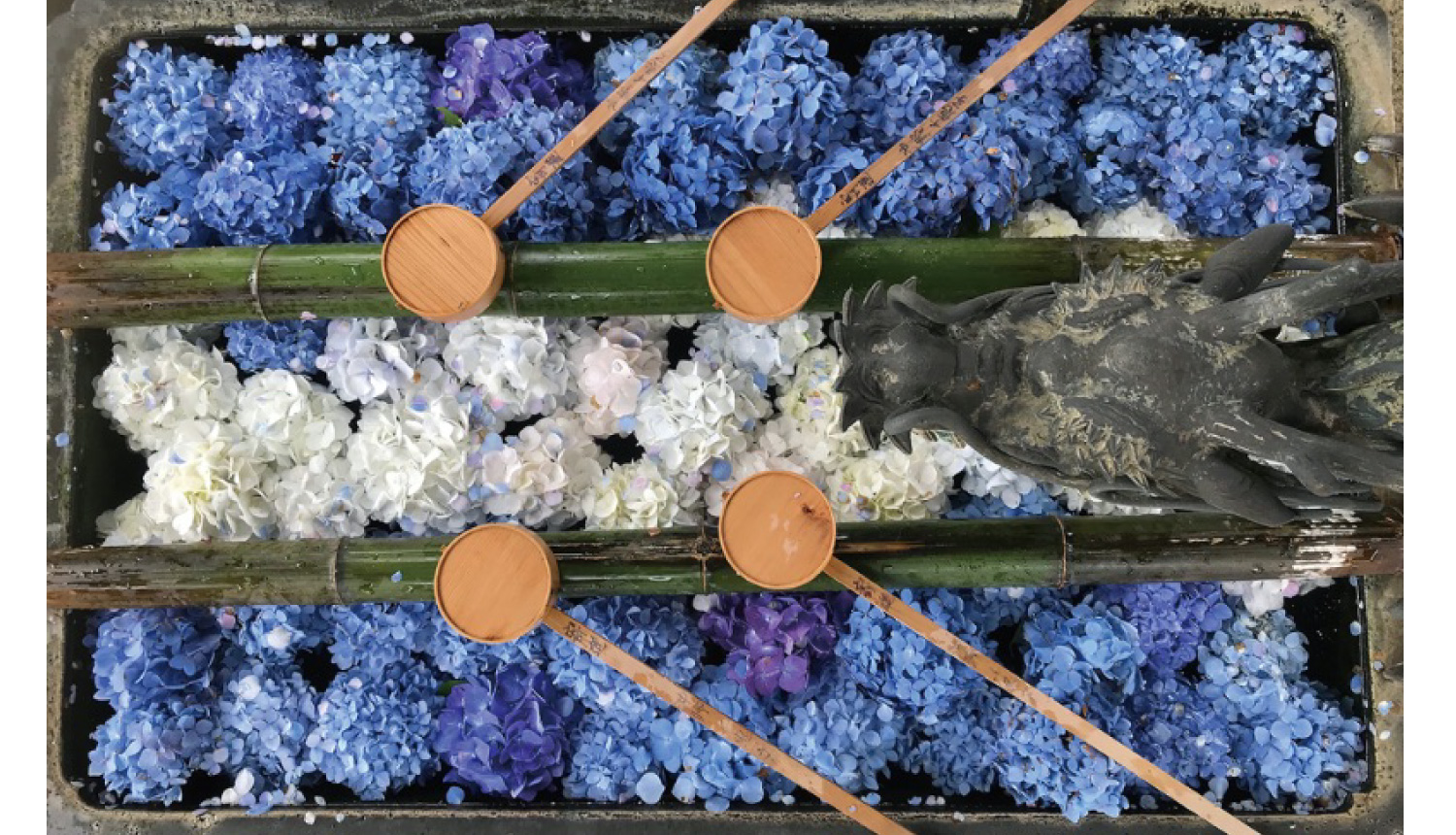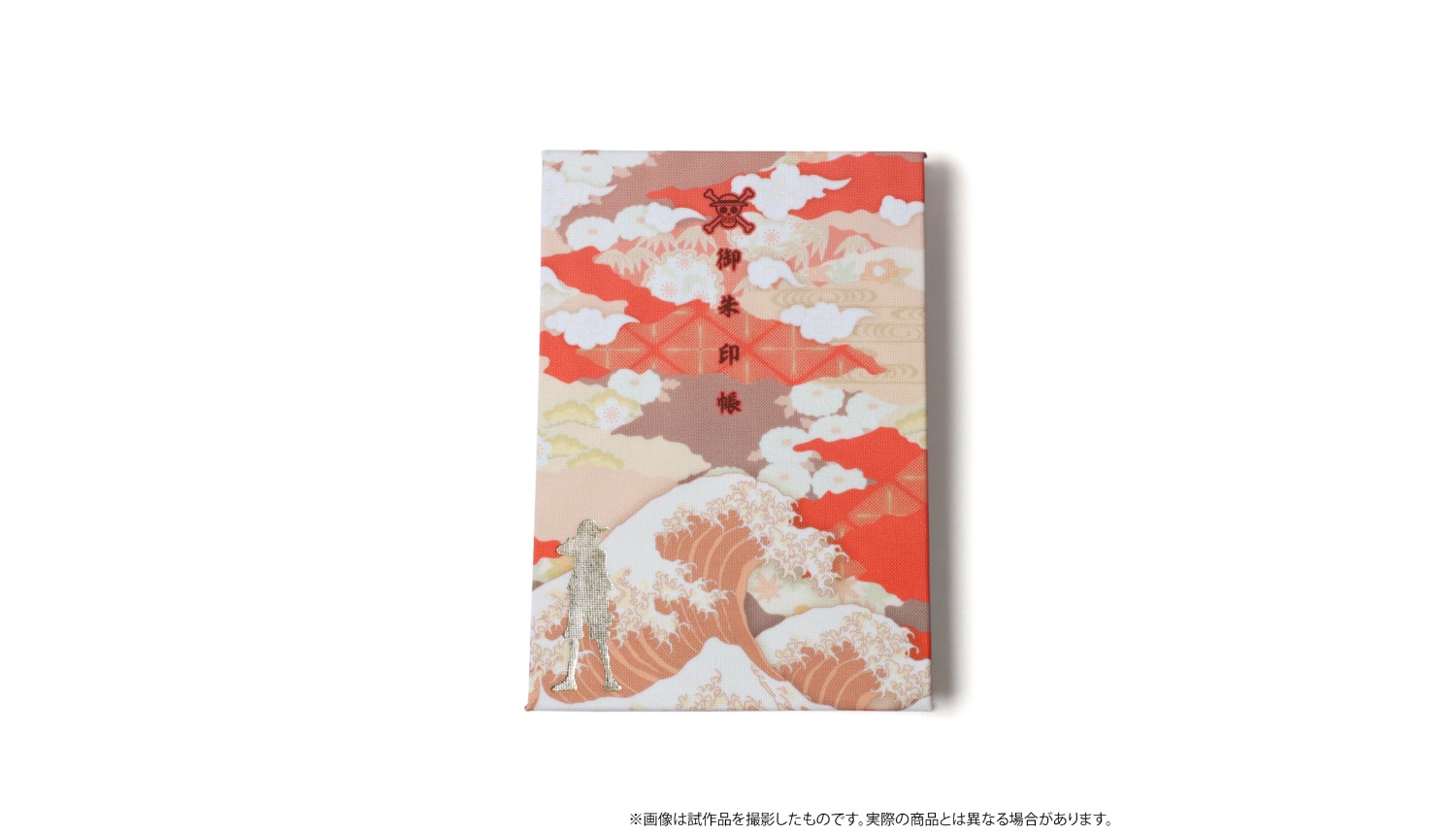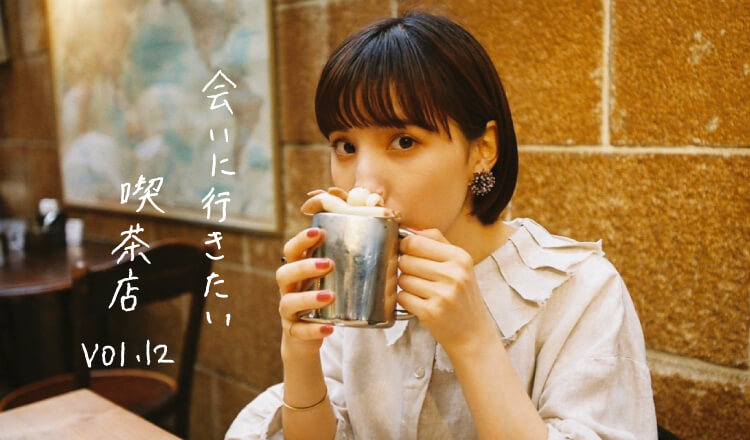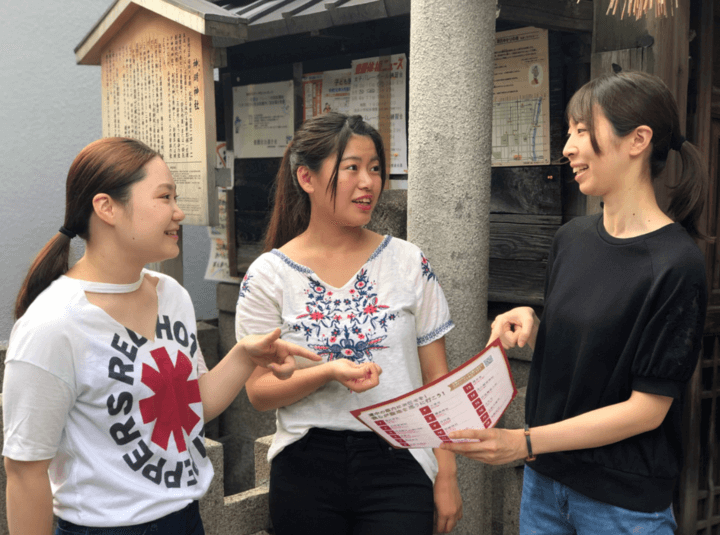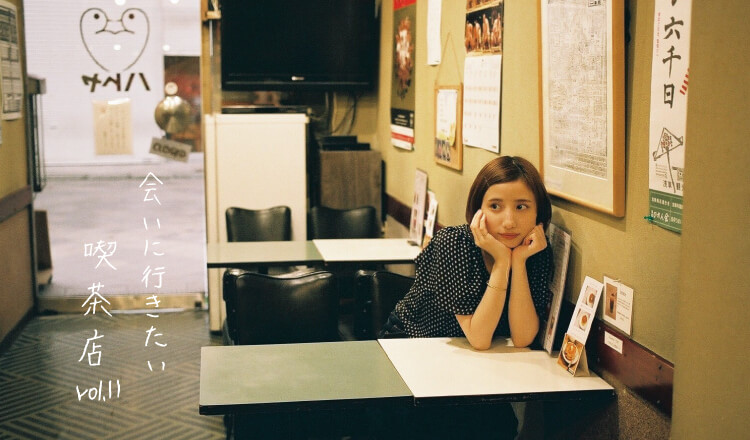Tokyo Stroll: Goshuin Collecting #8―Azabu Hikawa Shrine, the Sailor Moon Holy Ground
In the Tokyo Stroll series, we take you on a trip to various locations around Japan’s capital. One of the frequent locations are shrines where our navigator Ellie adds to her goshuin collection.
In this entry, Ellie visits Azabu Hikawa Shrine which is located in the district of Azabu-Juban known for being referenced many times in the Sailor Moon series.
Azabu-Juban station is the closest station to the shrine. Naoko Takeuchi, the author of Sailor Moon, actually lived in Azabu-Juban when the series was being serialised in Nakayoshi from 1991 to 1997. The shrine was used as a model for Hikawa Shrine where Rei, or Sailor Mars, worked as a shrine maiden. The shrine can be found just a 10-minute walk from the station past the rich residential area where the embassy is. It’s enveloped in a bright green oasis of trees.
The main shrine is a vivid vermilion. Enshrined there are the deities Susanoo-no-Mikoto―the young brother of Amaterasu, the goddess of the sun and the universe―and Yamato Takeru no Mikoto. The shrine is seen as lucky for many reasons. People pray there for increased luck, business prosperity, warding off evil, better fortune, success in life, wealth, safe childbirth, protection against misfortune, academic achievement, exam success, family safety, marriage, national security, and more. When Ellie visited the shrine was decorated for Sendai tanabata.
There are many Inari shrines in Japan which are erected to worship the god Inari. There is one here too as pictured above. It was originally located at a nearby daimyo residence for the Sendai domaign Date clan during the Edo Period but was relocated to Azabu Hikawa Shrine at the beginning of the Showa Period.
For this reason it has strong ties with Sendai, hence the tanabata decorations, which will be there until August 8.
It was time for Ellie to head to the chozuya (also known as temizuya) to cleanse herself before praying which is part of shrine etiquette. Take the ladle with your right hand, scoop up plenty of water, and rinse your left hand first.
Next, switch hands. Hold the ladle with your left hand and rinse your right.
Then take the ladle with your right hand once more, pour some water into your left hand and rinse your mouth. Never bring the ladle directly to your mouth, and do not swallow the water or spit it back into the basin. There will be an area below the basin, like a bed of rocks, where you can spit the water out.
After rinsing your left hand one more time, pour out any remaining water into the rocks (never back into the basin), and return the ladle.
Having cleansed herself, Ellie headed to the main shrine.
When praying, remember this: two bows, two claps, one bow. Straighten your posture and begin with two bows.
Clap twice, pray, and bow one final time to finish.
It’s time for the main event. Getting that goshuin! It costs just ¥300.
This goshuin includes a stamp of Azabu Hikawa Shrine as well as blue and pink Sendai tanabata decorations. It’s a very colourful goshuin and is only available for a limited period of time.
Not only is Azabu Hikawa Shrine loved by locals as a place of worship, but because of its Sailor Moon references. Fans flock to the shrine, as do the staff of the ongoing Sailor Moon musical.
The number of people visiting the shrine from Japan and overseas is increasing. If you’re in Tokyo, make a trip to this iconic spot.
■Information
Azabu Hikawa Shrine
Address: 1-4-23 Motoazabu, Minato-ku, Tokyo
Time: Shop 9:00am-5:00pm / Shrine 9:00am-4:30pm
TEL: 03-3446-8796
Access: 8-minutes on foot from Azabu-Juban Station via the Tokyo Metro Namboku Line or Toei Oedo Line
Website: http://www.azabuhikawa.or.jp
Outfit
HEART HIT HAT:¥8,000 One-piece Dress:¥16,000
*all prices include tax (Aymmy in the batty girls)
RECOMMENDED ENTRIES
-
Tokyo Stroll: Goshuin Collecting #7―Increasing Romantic Luck at Imado Shrine in Asakusa
In the Tokyo Stroll series, we take you on a trip to various locations around Japan’s capital. One of the frequent locations are shrines. In this entry, navigator Ellie takes a stroll to Imado Shrine in the Imado area of Asakusa where the first maneki-neko, or waving cat was created during the Edo Period. The shine is said to be the birthplace of the maneki-neko.
The closest station to Imado Shrine is Asakusa Station. It’s about a 15 minute walk from there, but you can reach it quicker on the Megurin Bus for just ¥100.
Emperor Ōjin is enshrined at Imado Shrine, as is Izanagi and Izanami, who are the central deities in Japan’s creation myth and the country’s first husband and wife deities. As such, the shrine is popular as a ‘power spot’ for successful marriage. The god of wealth and longevity and one of Asakusa’s Seven Lucky Gods, Fukurokuju, is also enshrined here. The shrine is also recognised as one of Tokyo’s 8 Shitamachi shrines that people make a pilgrimage to.
As always, when arriving at a shrine, wash your hands at the chozuya water purification basin before heading to the main shrine. Take the ladle with your right hand, scoop up plenty of water, and rinse your left hand first.
Next, switch hands. Hold the ladle with your left hand and rinse your right.
Then take the ladle with your right hand once more, pour some water into your left hand and rinse your mouth. Never bring the ladle directly to your mouth, and do not swallow the water or spit it back into the basin. There will be an area below the basin, like a bed of rocks, where you can spit the water out.
After rinsing your left hand one more time, pour out any remaining water into the rocks like the motion pictured above, and return the ladle.
Once you’ve finished purifying yourself at the chomizuya, it’s time to head to the main shrine. When praying, remember this: two bows, two claps, one bow. Straighten your posture and begin with two bows.
Clap twice and bow one final time.
Decorating the main shrine are waving cats the size of children! Their names are Nagi-chan and Nami-chan, a reference to Izanagi and Izanami. The patterned cat on the left is Nagi-chan, the male, and on the right Nami-chan, the female.
There are also stone cats sat by the shrine. There’s a rumour that if you set a photo of these cats to your phone’s wallpaper you’ll find a good matching partner for yourself! Generally, it’s said that waving cats with their right paw raised are for good financial luck while cats with their left paw in the air are beckoning humans. Nagi-chan and Nami-chan have their right paws raised. At Imado Shrine, it’s thought that it’s easier to call someone over with your dominant hand, and that people and money are interlinked, so even though they have their right paws up these waving cats are good for finding a match.
There are cats scattered all over the shrine grounds, so you’re sure to feel your heart warmed and healed simply by walking around.
The ema wooden plaques are an eye-catching sight around the grounds, packed together tightly around the sacred tree and around the chomizuya. Round-shaped ema aren’t seen very often, they are normally a square shape with a tip at the top. Ema are used for writing on your prayers and wishes. ‘Round’ in Japanese is en (円) which is a homophone also meaning ‘destiny’ (縁). The round-shaped ema originate from the idea of a sense of harmony and peace in life with nothing sticking out, i.e. a circle has no edges. To ensure your destiny, when you pray, write on the ema with a red string illustration around it, and when your prayer is fulfilled, write on the one with the kimono.
Once your prayers are all done, it’s time to head to the confer area. They have many things on display, including ema, waving cats, lucky charms and more.
Ellie gets herself a goshuin stamp for ¥300.
The goshuin stamp at Imado Shrine is waving cats and Fukurokuju.
They sell original goshuincho stamp books at the shrine with waving cat designs. There’s pink, blue and navy and they’re all very cute. If you’re thinking of starting to collect goshuin at shrines and temples around Japan then you should definitely visit Imado Shrine first.
There’s several different omamori charms too, including the regular designs as well as round designs. Just like the ema, the round designs are made to represent no ‘edges’ in your life, just harmony. They’re all ¥800 and each have the same effect. The pink one is limited-edition and has hearts embroidered on the front and back♡ The limited-edition designs change on a whim which many people look forward to.
Imado Shrine is also said to be the place where sword master Souji Okita met his fate, so if you’re a history buff be sure to check out the gravestone.
Imado Shrine is a must-visit while sightseeing in Asakusa. It has a happy aura to it thanks to the clowder of waving cats around. You can also see Tokyo Skytree from the grounds.
■Information
Imado Shrine
Address: 1-5-22 Imado, Taito, Tokyo
Opening Hours: 9am-5pm
TEL: 03-3872-2703
Access: 15-minutes on foot from Asakusa Station / 5-minutes on foot from Asakusa 7-Chome bus stop (浅草七丁目) via Toei Bus / 1-minute on foot from ‘Riverside Sports Center’ bus stop (リバーサイドスポーツセンター前) via Kita Megurin Bus in TaitoWebsite: http://imadojinja1063.crayonsite.net
Outfit
SODA SMILE T-shirt:¥8,000 FOUNTAIN SERVICE Cap:¥4,000
POP COLOR Skirt:¥12,500
*all prices include tax (Aymmy in the batty girls)
Model: Ellie
Photographer: Haruka Yamamoto
Writer: Sayoko Ishii
Translator: Joshua Kitosi-Isanga
-
【Tokyo Stroll】Collecting a Goshuin Stamp at Ōmiya Hachiman Shrine – Tokyo’s Foremost Hachiman Shrine
In this regular article series, we introduce you to ‘power spots’ and goshuin at shrines on the outskirts of Tokyo. This time, our navigator Ellie visited Ōmiya Hachiman Shrine which you can reach from Shibuya Station via the Keio Line and Inokashira Line. Take the train to “Nishi-Eifuku Station” and it’s a 7-minute walk from there. The shrine is the third largest in Tokyo after Meiji Shrine and Yasukuni Shrine.
Ōmiya Hachiman Shrine has a long history – this year marks 955 years since it was established. There are numerous Kami (gods) enshrined here, including Emperor Ōjin, who also goes by the name Emperor Taichu which translates to ‘center of the womb.’ He is a Kami of household harmony, marriage, conception after a shrine visit, easy childbirth, and child rearing. The shrine gets the nickname “Tokyo’s Belly Button” for being located in the center of the city. It’s famous as a ‘power spot’ where one can return to the womb.
This sacred tree is called Kyosei no Ki, or “Tree of Symbiosis.” A nutmeg tree, it gets its name from the parasitic inuzakura flowering cherry that grows from it, living in a symbiotic relationship. Because the two trees have continued to live together mutually as one, many people visit the tree to pray for family happiness.
This is another power spot at the shrine: the chikaraishi, or “power stones.” During the Edo period, these stones were offered to compare the strength of the divine. There are 14 stones of varying weights and sizes, from 101kg to 187kg.
Another popular power spot is the “Happy Gaeru” – large stone frogs placed which, if you stroke, are said to bring happiness.
Before praying at a shrine, it’s customary to cleanse yourself at the temizuya (water basin) before heading in. First, pick up the ladle and hold it with your right hand and rinse your left hand.
Do the same thing but this time hold it with your left hand and rinse your right.
Afterwards, take the ladle in your right hand once more, pour some water into your left hand and rinse your mouth with it. Make sure not to bring the ladle to your mouth and don’t swallow the water. Spit the water next to the fountain – never directly into it. Rinse your left hand one more time.
Lastly, take the ladle with both your hands and pour out the remaining water from it next to the fountain. Once your ‘temizu’ session is complete, return the ladle neatly to its original upside-down position so it’s ready for the next person to use. Let your wet hands dry naturally, don’t use a handkerchief or hand towel.
You can’t receive your goshuin stamp straight away, so it’s best to wait on the goshuin reception before you make your way to the main shrine. (Make sure you get your stamp after you have prayed!)
It’s time to pray. Firstly, perform two deep bows at a 90°angle. Bring both hands to your chest and open them up shoulder-width apart. Clap twice. Keep your hands together and pray. Once you have finished praying, bring your hands down and perform one last deep bow.
We successfully received another goshuin stamp in our book. It costs just ¥300 to receive one.
Did you enjoy this Tokyo Stroll? Ōmiya Hachiman Shrine is also known as one of the three big shrines of Musashi Province. It brings good fortune to childbirth, child rearing and marriage, so it was a shrine we wanted to recommend for women. The power spots in the spacious shrine grounds are perfect for refreshing your mind.
■Information
Ōmiya Hachiman Shrine
Address: 2-3-1 Omiya, Suginamu-ku, Tokyo
TEL: 03-3311-0105
Access: 7-minutes on foot from “Nishi-Eifuku Station” and 10-minutes on foot from “Eifukucho Station” via the Keio Line and Inokashira Line
Website: http://www.ohmiya-hachimangu.or.jp/
Model: Ellie
Writer: Ryoichi Komaba
Photographer: Haruka Yamamoto
Translator: Joshua Kitosi-Isanga
Outfit: Aymmy in the batty girls
-
【Tokyo Stroll】Getting a ‘Goshuin’ at Tokyo Daijingu—Japan’s shrine for successful marriages
In this edition of Tokyo Stroll we head to a Japanese shrine, often dubbed a ‘power spot’ where one can uplift their energy and spirit. It’s also a place where you can get a ‘goshuin,’ a special type of stamp obtainable at many temples and shrines around Japan. Today, Ellie takes us to Tokyo Daijingu, a 19th century shrine hugely popular with women as a power spot for love & relationships. Let’s go!
Tokyo Daijingu is easily accessible from all parts of the city by train. The closest station is Iidabashi Station which is linked to the JR Chuo-Sobu Line, the Tokyo Metro Yurakucho, Namboku and Tozai Lines, and the Toei Ōedo Line. If you’re up for a longer stroll, then you’ll be happy to know that this area is a popular tourist spot complete with Tokyo Dome City, Koishikawa-Kōrakuen and more, so be sure to have a walk around and check out the area.
Tokyo Daijingu was originally constructed in Hibiya and was popularly known by the name Hibiya Daijingu. After the Great Kantō Earthquake struck in 1923, it was moved to where it sits now and was renamed Tokyo Daijingu after the Second World War. Enshrined at Tokyo Daijingu are the deities Amaterasu-Sume-Okami and Toyouke-no-Okami, as well as 3 deities responsible for the creation and growth of all things, which has brought Tokyo Daijingu great value as a shrine for love, relationships and weddings.
A frequently asked question when visiting shrines is how to maintain proper etiquette when it comes to ‘temizu,’ a process of cleansing one’s hands and mouth before entering a shrine. There are people who tend to ignore the process, but cleansing your mind and body the ‘temizuya’ (water basin) is key etiquette in Japan before worshipping at a shrine.
Firstly, hold the ladle in your right hand, scoop up some water and rinse your left hand.
Then do the same swapping both hands – hold with your left and rinse your right.
Afterwards, take the ladle in your right hand once more, pour some water into your left hand and rinse your mouth with it. Make sure not to bring the ladle to your mouth and don’t swallow the water.
Spit the water next to the fountain – never directly into it. Rinse your left hand one more time.
Lastly, take the ladle with both your hands and pour out the remaining water from it next to the fountain. Once your ‘temizu’ session is complete, return the ladle neatly to its original upside-down position so it’s ready for the next person to use. The origins of temizu note that people would cleanse themselves at the surrounding rivers and spring waters before entering the shrine precincts. Today, however, there are concerns about the quality of the water in rivers as well as the guarantee of true spring water. The ‘temizuya’ was introduced to replace them.
Tokyo Daijingu is famous for being the first shrine to establish the Shinto wedding ceremony in Japan. In 1900, the Crown Prince Yoshihito, who later went on to become Emperor Taishō, married at Tokyo Daijingu in front of the imperial sanctuary gods. Since then, it has come to be a location where the common people hold Shinto weddings.
The time has finally come – let’s go get our goshuin at the reception located to the left of the shrine! The first stamp costs ¥300.
By the reception are lots of cute ‘omikuji’ (fortune slips) lined up, so be sure to get your hands on one when you visit to have your fortune told. They are also famous for their marriage blessings. And if you’re coming from overseas, then do not fear as the omikuji are also written in English.
The omikuji are self-service, so pay your donation into the box and take out a slip while thinking about what fortune you want.
Ellie also prayed for marriage and chose a ‘love’ omikuji. She received a ‘chu-kichi’ blessing! Omikuji are ranked by blessings: there’s dai-kichi (great blessing), kichi (blessing), chu-kichi (middle blessing), sho-kichi (small blessing), sue-kichi (ending blessing), kyo (curse) and so on. No matter what blessing you receive they are words from god, so make note of their contents and work with them in your daily activities.
Tokyo Daijingu is a power spot and that is especially so at the sacred tree. Mini waterfalls murmur here, making it a relaxing place to heal yourself.
While we’re here, let’s also take a look at the proper etiquette for praying at a shrine! When there’s an offertory box at a shrine you must first offer a donation. Then, once you’re relaxed, you can begin with the bowing.
Firstly, perform two deep bows at a 90°angle.
Bring both hands to your chest and open them up shoulder-width apart. Clap twice.
Keep your hands together and pray. Be sure to give gratitude for the everyday things in your prayer.
Once you have finished praying, bring your hands down and perform one last deep bow. Be sure you don’t forget that final bow. This is the most common form of etiquette for praying at a Japanese shrine. It’s easy, just remember: 2 bows, 2 claps, 1 bow. It’s the most common form of prayer at any shrine so be sure to have it memorized before you go to pray.
Tokyo Daijingu can be accessed from also anywhere in the heart of Tokyo. The shrine grounds have a peaceful atmosphere and are a perfect breather after praying. Make it your first shrine visit of the year and make a wish for you and your loved one.
■Information
Tokyo Daijingu
Address: 2-4-1 Fujimi, Chiyoda, Tokyo
Opening Hours: 6:00-21:00
Contact: 03-3262-3566
Access: 5-minutes by foot from “Iidabashi Station” via the JR Chuo-Sobu Line, Tokyo Metro Yurakucho, Namboku and Tozai Lines, and the Toei Ōedo Line
URL:http://www.tokyodaijingu.or.jp
Outfit
L/S Tshirt:¥4,320 / MA-1:¥13,651 / Corduroy trousers:¥12,787※All taxes included(Aymmy in the batty girls)
Model: Ellie
Writer:Ryoichi Komaba
Photograph:Haruka Yamamoto
-
Tokyo Stroll: Atago Shrine—worship the fire god at Ninuri Gate and receive a goshuin
Shrines in Japan are considered a ‘power spot’ which means they are overflowing with energy and healing properties. They’re also a place where you can receive a very special stamp known as a goshuin. Today, Ellie will take us on a stroll to Atago Shrine, a fantastic tourist destination that is easily accessible from Roppongi.
Atago Shrine is a great place for people to stop by during their work break due to its easy accessibility. You can reach the shrine in 5 minutes by foot from Kamiyacho Station via the Hibiya Line or 8 minutes by foot from either Toranomon Station via the Ginza Line or Onarimon Station via the Toei Mita Line. If you’re up for a real stroll then you can reach Atago Shrine in 20 minutes by walking from JR Shimbashi Station.
The first thing you will see upon arriving at Atago Shrine is the towering set of stone steps which go by the name Shusse no Ishidan. A samurai called Magaki Heikuro is known for having gallantly ascended the flight of steps on horseback during the Edo period. It’s quite a challenge to climb the stairs quickly, but it’s a good idea to try as the stairs are symbolic of climbing the ladder to success in life, so be sure to give it a go! But do not fear as there is an elevator for anybody unable to ascend the steps.
Atago Shrine is located atop Mount Atago, the highest mountain of Tokyo’s 23 wards at an altitude of 25.7m. It was formerly a place where many people would gather to look out over the mountain where one can see Tokyo Bay and even the Bōsō Peninsula.
The red gate at Atago Shrine (pictured above) is known as Ninuri no Mon, or “red painted gate.” Arranged on various sections of the gate is the aoi-mon crest, a familiar symbol with Mito Kōmon. The Atago Shrine was built on the order of Tokugawa Ieyasu in 1603 to enshrine a deity of fire protection.
Before praying at the shrine, you must first purify yourself by washing your hands and mouth at the water basin. Initial cleansing of yourself is the proper etiquette to praying at a shrine.
In front of the shrine is a maneki-ishi (beckoning stone). It is said that if you stroke the stone you will be blessed with good fortune. So many people have touched the stone that the surface has become smooth!
The fire god Homusubi no Mikoto is the main deity enshrined at Atago Shrine who not only offers protection against fire and fire-related disasters, but brings good fortune to businesses and marriages too.
Another hidden wonder of Atago Shrine are the many cute animals that roam around. Photographed above is Tina-chan, a dog based at the shrine offers who watches over visitors to the shrine. They also offer omamori, or ‘charms’ for your pet, so if you’re an animal lover then make sure to drop by the shrine office.
There are many other animal guests besides Tina. There are 3 cats that used to be lost who now roam around various places at the shrine grounds during the day. Those who encounter them might be a lucky few. If you can’t find them then you should wait for feeding time at 9am and 5pm – you’ll meet them much easier this way.
There’s also a huge healing pond home to lots of koi carp looked after by the shrine staff that are sure to raise your spirits!
Here we are at last, the main event—receiving a goshuin (shrine/temple stamp) in our goshuincho (stamp book). It costs a ¥300 donation to receive one here (this is the common price).
You can receive special inscriptions in your goshuincho at Atago Shrine during certain events such as the Nanakusa Hotaki Matsuri in January and Sennichi Mairi Hoozuki Ennichi at the end of June.
This is an Inari shrine where Uganomitamanokami is enshrined. People worship this guardian deity for the protection of the necessities of daily life and agriculture.
There’s also a Benzaiten shrine to worship Ikichishihime-no-Mikoto, a god that brings luck of economic fortune, so can be prayed to for either a thriving business or a successful career.
Atop the apex of the highest mountain in Tokyo’s 23 wards you will find healing nature in lavish abundance, so much so that you will completely forget you are even in the city! The NHK Museum of Broadcasting is also close by, another recommended tourist spot to consider after visiting Atago Shrine. The shrine is associated with good fortune when it comes to success in life and business, so if you’re an adult and working full time, why not stop by for a visit?
■Information
Atago Shrine
Address: 1-5-3 Atago, Minato, Tokyo
TEL: 03-3431-0327
Access: 5 minutes by foot from Kamiyacho Station via the Hibiya Line / 8 minutes by foot from either Toranomon Station via the Ginza Line or Onarimon Station via the Toei Mita Line / 20 minutes by foot from JR Shimbashi Station
Homepage: http://www.atago-jinja.com
Outfit
Frill Blouse – ¥13,824 / Sailor Melton Coat – ¥32,184 / NIGHT SCHOOL Pleated Skirt – ¥18,144 / LILLY Beret – ¥6,264
*all prices include tax (Aymmy in the batty girls)
Model: Ellie
Writer: Ryoichi Komaba
Photograph: Haruka Yamamoto
Translator: Joshua Kitosi-Isanga
-
【Tokyo Stroll 】A power spot at the heart of Tokyo? Go to the Meiji Shrine and get “Goshuin”
Meiji Shrine (Meiji Jingu) is just a short walk from Harajuku station. Those who visit the shrine at New Year boast that it is the best shrine in the whole of Japan. The shrine proudly holds its reputation as a famous tourist spot, originally built to honour the spirits of the Meiji Emperor and his wife Empress Dowager Shoken.
Walking around the busy city, you really would not expect to suddenly encounter such a deep forest that contains a majestic shrine. The location also offers a famous well that is the perfect power spot, and many cafés that will make your heart glow with warmth. Join Elly-chan as she explores the wonderful city oasis of Meiji Shrine.
Starting point: Café Morinoterasu (社のテラス)
Just a one-minute walk from JR Harajuku station or Tokyo Metro Meiji Jingu-ma station lies the glorious Meiji Shrine. You can also easily access the shrine from Shibuya as it is just one stop away. Here, at the heart of the city, you’ve finally reached a calm oasis. It’s no surprise that it’s a popular tourist spot.
Morinoterasu café is located before the large and mighty Meiji Shrine torii gate, which is the first gate that leads to the shrine. The café is united with nature and will sweep you away with peace and tranquility. This is the first stop for our adventure!
You can feel the warmth of the trees inside the café. The counters and chairs were made from old, withering trees on the shrine grounds. Japanese zelkova wood, evergreen oak, Japanese oak, camphorwood or wood from a sakura tree?
Look out for the names of the types of trees used to make the furniture as they are discreetly carved into the wood.
The menu includes Morinoterasu’s special limited éclairs and croissants that are prepared every day for the famous Meiji Kinenkan (Meiji Memorial Hall). These make for the perfect light snack.
Before or after exploring the shrine, extend the exploration to your taste buds! How about treating yourself to a thirst-quenching cup of coffee or a soft drink, or the creative tofu milk gelato?
The symbol of Meiji Shrine: The Otorii
Enter the Harajuku entrance and you will be faced with the second shrine entrance – a large, wooden myojin-torii . (Large shrine gate) This is the symbol of Meiji Shrine.
Being Japan’s largest shrine gate, there’s no wonder that the countless numbers of visitors taking commemoration photos here never die out. Japanese Cypress tree bark was used to make the torii shrine gate 1,500 years ago. Take a closer look and you’ll be blown away!
Enter the Harajuku entrance and you will be faced with the second shrine entrance – a large, wooden myojin-torii . (Large shrine gate) This is the symbol of Meiji Shrine. Being Japan’s largest shrine gate, there’s no wonder that the countless numbers of visitors taking commemoration photos here never die out.
Japanese Cypress tree bark was used to make the torii shrine gate 1,500 years ago. Take a closer look and you’ll be blown away!
As soon as visitors arrive at the shrine, they are greeted with a poem created by the Meiji Emperor, which is posted for all to see. The true elegance of Japanese culture can be felt through the words. Usually, shrines have boxes of “omikuji”, from which visitors are invited to pull out a strip of paper. Each of these paper strips contains a unique fortune such as “kichi” which means “lucky”, or “daikichi” which is even luckier!
These are followed by a commentary. However at Meiji Shrine, these are replaced by poems written by the Meiji Emperor and Empress Dowager Shoken in order to honour their spirits.
>>next page Go to the power spot
-
5 Shrines & Goshuincho in Tokyo Recommended by MMN – Pray For Love, Success and Better Fortune!
The number of shrines in Japan is staggering – there’s over 80,000. That’s even more than the number of convenience stores in the country! Since there’s so many, you might be wondering which shrines would be good to visit. We’ve picked a selection of shrines that we have covered in detail in our popular “Tokyo Stroll” series on MOSHI MOSHI NIPPON, plus one extra.
You’ll see the word goshuin pop up in some of the articles. These are stamps or seals given to worshippers at shrines and temples around Japan, where somebody will stamp your goshuincho (stamp book) with the sites’ unique seal along with the temple’s name and the day you visited handwritten in ink.
Collecting goshuin has become a boom, with even younger people getting in on the action. Be sure to check them out.
Tokyo Daijingu (Marriage)
Enshrined at Tokyo Daijingu are the deities Amaterasu-Sume-Okami and Toyouke-no-Okami, as well as 3 deities responsible for the creation and growth of all things, which has brought Tokyo Daijingu great value as a shrine for love, relationships and weddings. Tokyo Daijingu is also famous for being the first shrine to establish the Shinto wedding ceremony in Japan. The sacred tree at is known as a power spot, a place where one can uplift their energy and spirit.
Full Details: https://www.moshimoshi-nippon.jp/84089
■Information
Tokyo Daijingu
Address: 2-4-1 Fujimi, Chiyoda, Tokyo
Opening Hours: 6:00-21:00
Contact: 03-3262-3566
Access: 5-minutes by foot from “Iidabashi Station” via the JR Chuo-Sobu Line, Tokyo Metro Yurakucho, Namboku and Tozai Lines, and the Toei Ōedo Line
Hie Shrine (Marriage, Prayer for Safe Childbirth, Expelling Evil, Traffic Safety)
Hie Shrine is known for hosting the Sannō Matsuri, one of Edo’s three biggest festivals. It’s a popular power spot visited by many foreign tourists. As you pass through the bright red torii archway, you’ll be greeted by another shrine in the Hie Shrine grounds – Sannoinari Shrine. This is also a lucky power spot, so make sure you don’t miss it!
Full Details:https://www.moshimoshi-nippon.jp/37037
■Information
Hie Shrine
Address: 2-10-5 Nagatacho, Chiyoda, Tokyo
TEL: 03-3581-2471
Access: 3-minutes on foot from Tameike-Sannō Station via Tokyo Metro / 5-minutes on foot from Kokkai-gijidō-mae Station and Akasaka-mitsuke Station
Atogo Shrine (Life Success, Business Success, Marriage)
The Atago Shrine was built on the order of Tokugawa Ieyasu in 1603 to enshrine a deity of fire protection. The first thing you’ll see at the shrine entrance is a long set of stone steps known as Shusse no Ishidan, famous for bringing success not just in life and in businesses, but also in marriage. The god of fire will light a fire on love.
It is said that if you turn up on the day of Sennichi Mairi at the end of June, you will be blessed for one thousand days.
Full Details: https://www.moshimoshi-nippon.jp/80038
■Information
Atago Shrine
Address: 1-5-3 Atago, Minato, Tokyo
TEL: 03-3431-0327
Access: 5 minutes by foot from Kamiyacho Station via the Hibiya Line / 8 minutes by foot from either Toranomon Station via the Ginza Line or Onarimon Station via the Toei Mita Line / 20 minutes by foot from JR Shimbashi Station
Anamori Inari Shrine (Business Success, Family Safety, Prayers Answered, Recovery From Illnesses, Traffic Safety, Better Fortune)
The sand at Anamori Inari Shrine is believed to bring good luck. If you take some home and scatter it, good fortune will be brought to your business and you will be in good health. Many visitors return home from this Shrine with some sand. Along the path to the shrine, you will come across a shrine of good fortune, a shrine of prosperity and a small wayside shrine. Mitake shrine is located at the peak of the hill. Visit each shrine and it will feel like a true pilgrimage.
Full Details: https://www.moshimoshi-nippon.jp/43762
◼︎Information
Anamori Inari shrine
Address: 5-2-7 Haneda, Ota, Tokyo
Access: 5-minute on foot from Amori Inari Station via the Keihin Kyuko Line from Haneda Airport
TEL: 03-3741-0809
Meiji Shrine (Healing, Purification)
Meiji Shrine bestows many blessings, including blessings for good health, curing of illnesses, family safety, traffic safety, business success, academic success, school success, fulfillment of finding employment, warding off evil, travel safety, marriage, better fortune, easy childbirth and more. “Kiyomasa’s Well” needs no introduction – it’s a well-known power spot featuring a mysterious well that gushes with water which offers blessings for family safety and marriage, and it’s said to bless husband and wife couples too.
Full Details: https://www.moshimoshi-nippon.jp/51035
■information
Meiji Shrine (Meiji Jingu)
Address: 1-1, Yoyogi Kamizonocho, Shibuya, Tokyo
Access:1-minute on foot from Harajuku Station via the Yamanote Line, or from the Meiji Jingu Harajuku Entrance / 1-minute on foot from Meiji-Jingumae Station via the Tokyo Metro Chiyoda Line and Futoshin Line / 5-minutes on foot from Yoyogi Station via the JR Line and Sobu Line, or from the Meiji Jingu Yoyogi Entrance, 3-minute walk from Omotesando Station via the Tokyo Metro Futoshin Line
Opening hours vary for each month so please check out the official website.
TEL: 03-3379-5511
Did you enjoy our selection? If you’re thinking you’d like to pray at a shrine in Tokyo, then be sure to reference our list.
RELATED ENTRIES
-
NAKED GARDEN ONE KYOTO to be Held at Ninna-ji, a World Heritage Site
From December 10 until December 18, 2022, creative company NAKED will hold NAKED GARDEN ONE KYOTO at Ninna-ji! The event is part of a larger next-generation art project being held around Kyoto until Christmas Day.
This exhibition marks the first metaverse-centered event at Ninna-ji, and guests will be able to enjoy a virtual fashion show in collaboration with Jotaro Saito, a kimono designer from Kyoto. Participants will begin by creating their own avatar by snapping a photo of their face. After that, they will be able to choose a kimono by Saito to use as clothing for their avatar before taking to the runway with other visitors from all around Japan.
NAKED’s goal is to bring traditional Japanese kimono culture into the digital space, and the company believes that this is only the beginning. In the future, NAKED hopes to bring other artists into the metaverse as well.
NAKED Distanced Lanterns
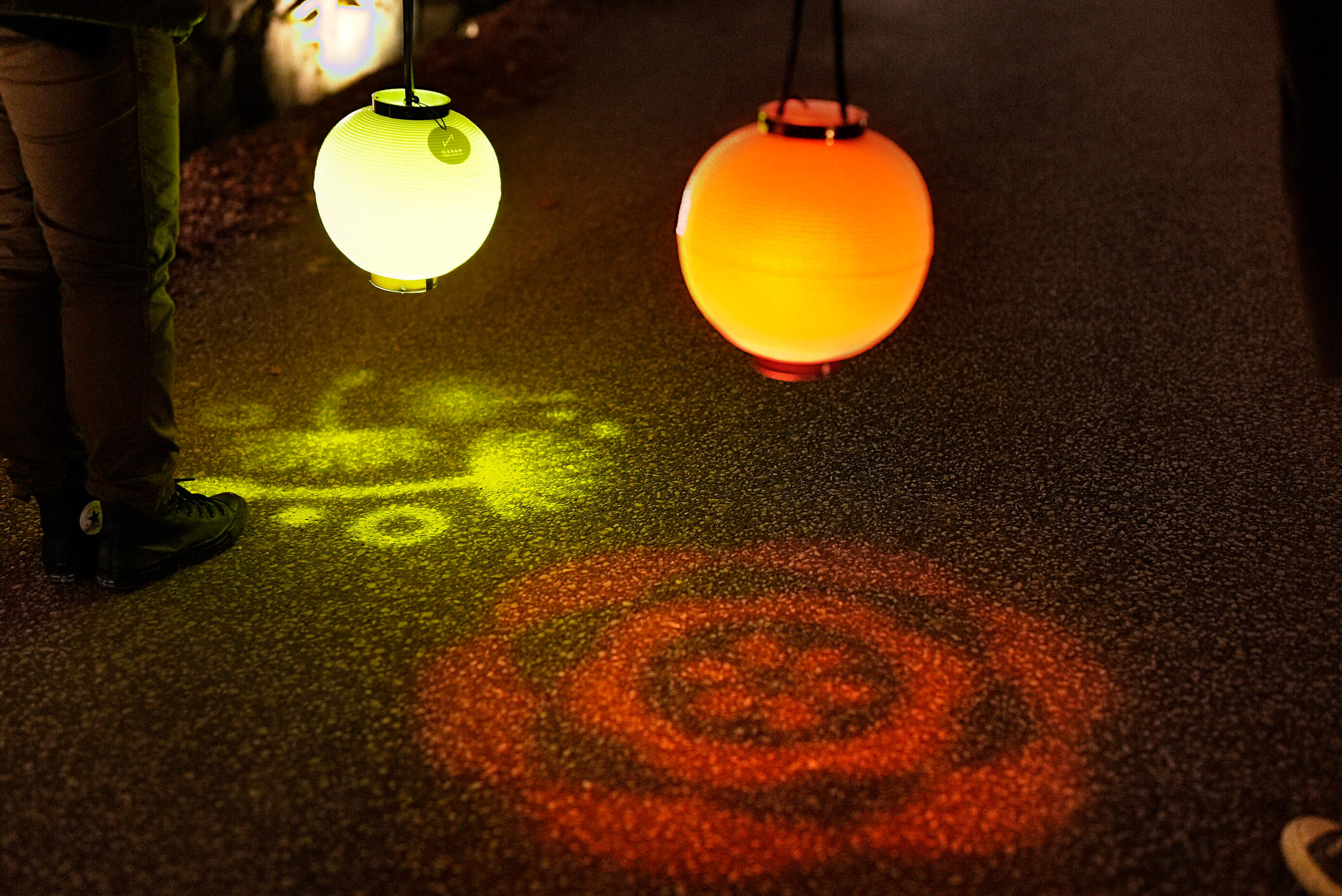
NAKED Tsukubai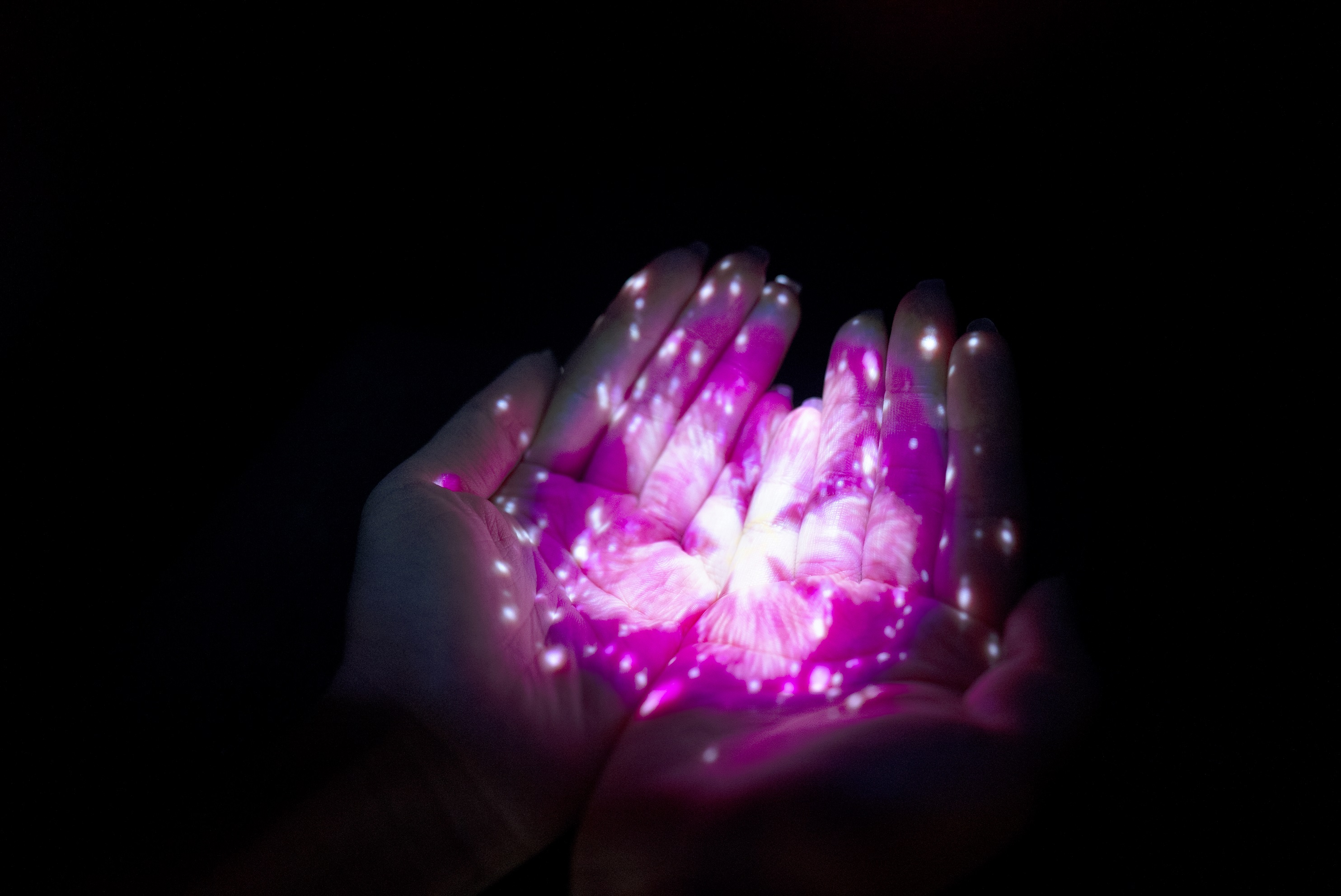
Five-Storied Pagoda Projection Mapping
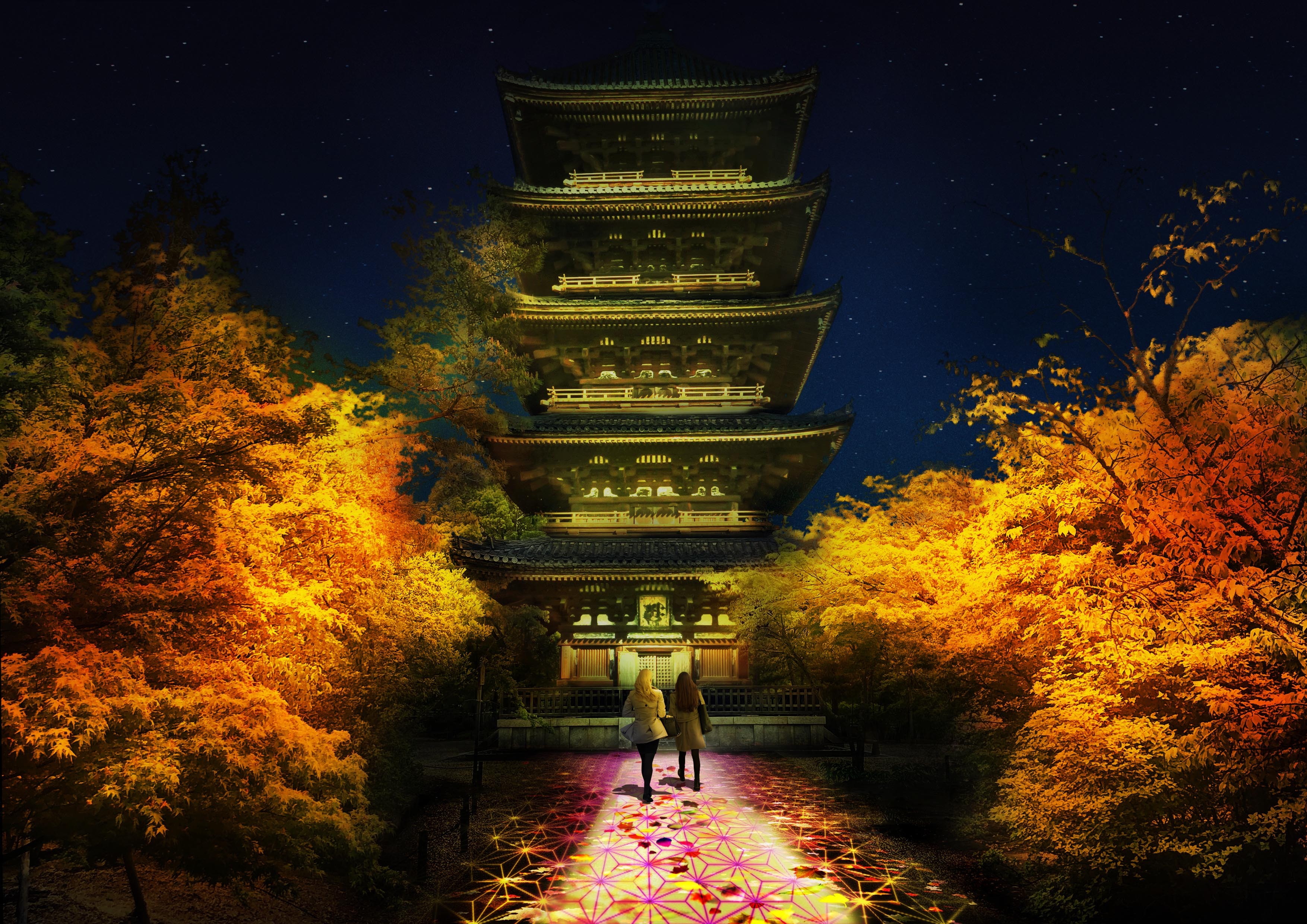
DANDELION PROJECT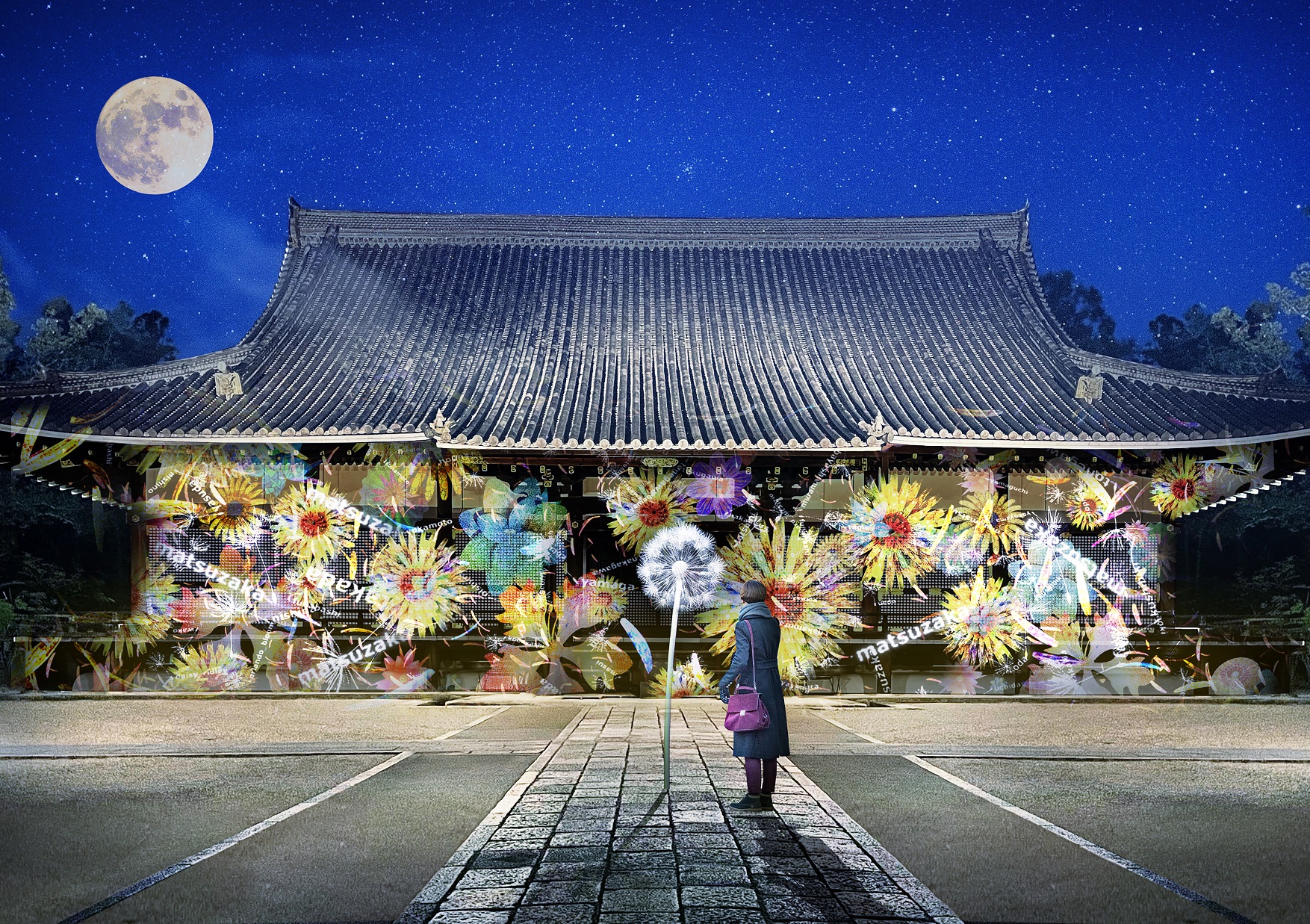
Virtual Fashion Show
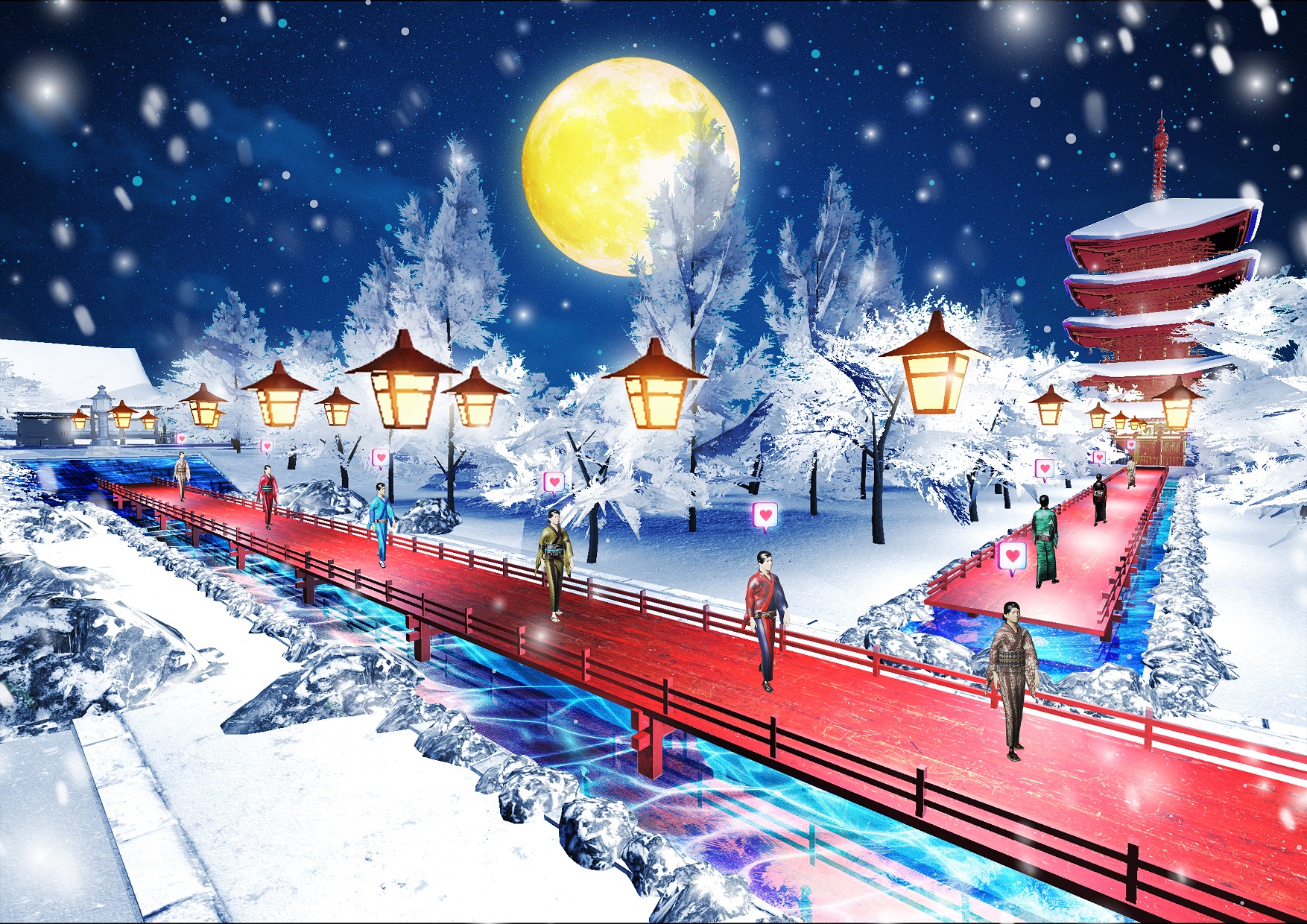
Limited Edition Paper Goshuin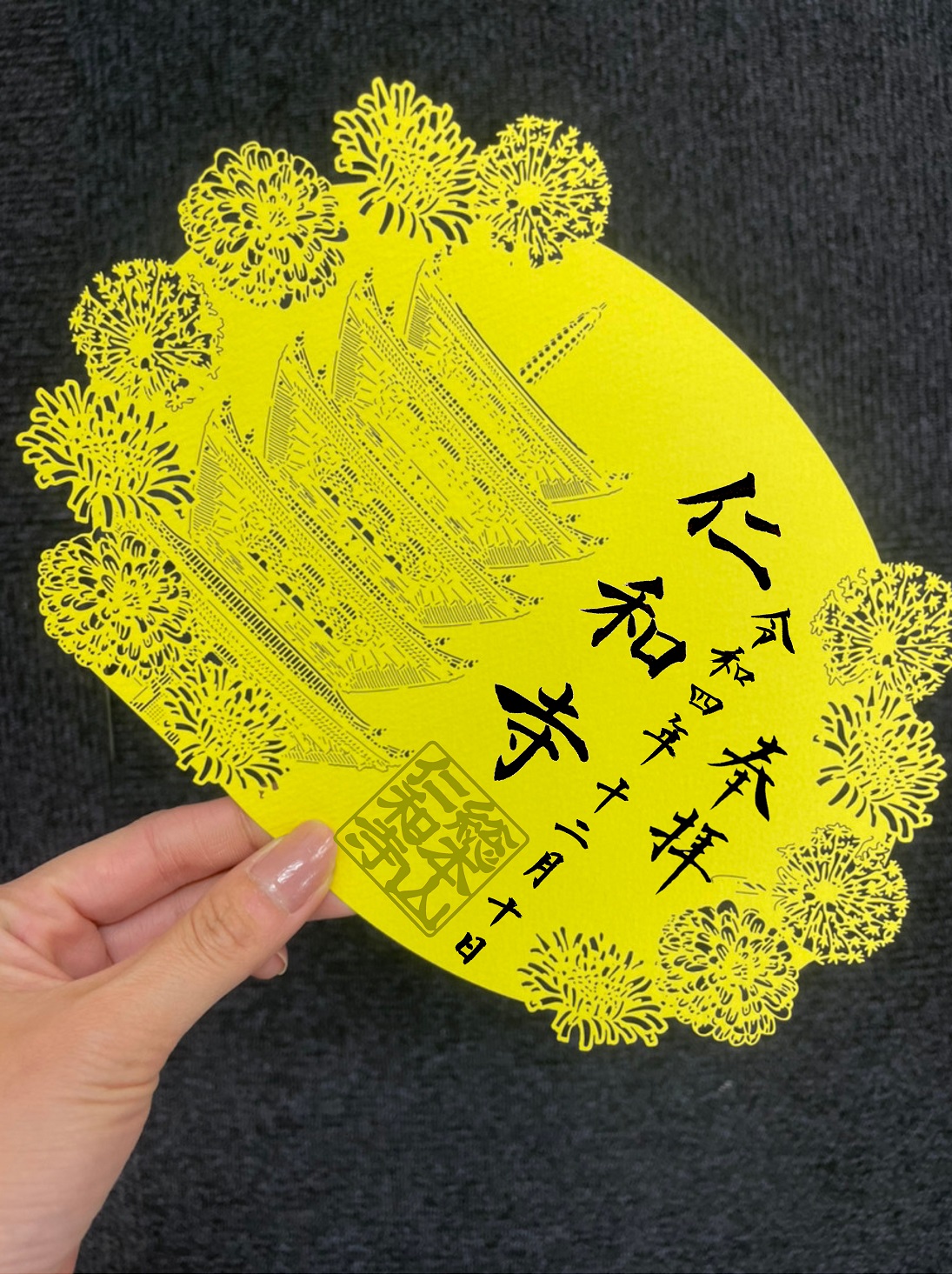
This year’s event also includes the DANDELION PROJECT, popular with art fans around the world. Created by Ryotaro Muramatsu, the art project has appeared in a number of towns and cities around the world, inviting participants to create flowers and send them around the globe digitally as a hope for peace. Visitors can use their smartphones to send dandelion fluff digitally to other participants around the world, sharing a wish for world peace.
This year, the participatory art piece was installed in the main temple. Why not visit this stunning exhibition in Kyoto this winter?
Information
NAKED GARDEN ONE KYOTO Ninna-ji
Venue: Ninna-ji (Five-storied Pagoda, Main Temple)
Running: December 10 – December 18, 2022
*No admission on December 17 due to a private event.
Hours: 17:30-21:30 *Last entry at 21:00
Official Site: https://garden.naked.works/kyoto/ -
Ryusenji Temple Offering Gorgeous Paper-Cut Summer Goshuin Shrine Seals with a Wish for Peace
03.June.2022 | SPOT
Ryusenji Temple in Saitama is offering some exclusive summer goshuin! Goshuin are stamps or seals given to worshippers at shrines and temples around Japan, where somebody will stamp your goshuin-cho (stamp book) with the site’s unique seal along with the temple’s name and the day you visited handwritten in ink.
The two new goshuin feature summer fireworks and a cooling fan design. These will be available from June 1 until August. They might sell out, though, so be quick!
Summer Exclusive Paper-Cut Overlaid Goshuin: Fireworks and a Wish for Peace
The Fireworks and a Wish for Peace goshuin use five kinds of paper to depict fireworks in the summer night sky.
Fireworks are a popular summer tradition in Japan. It’s said that fireworks were born following the discovery of gunpowder and its use in guns when some decided to use the substance to make something beautiful rather than use it as a weapon.
Because of this, many see fireworks as a symbol of peace. The current war between Russia and Ukraine has seen gunpowder used as a horrific weapon used to end the lives of many innocent people, and this special goshuin was made in the hopes that the war will come to an end as soon as possible. Gunpowder should be used in fireworks to bring people happiness instead.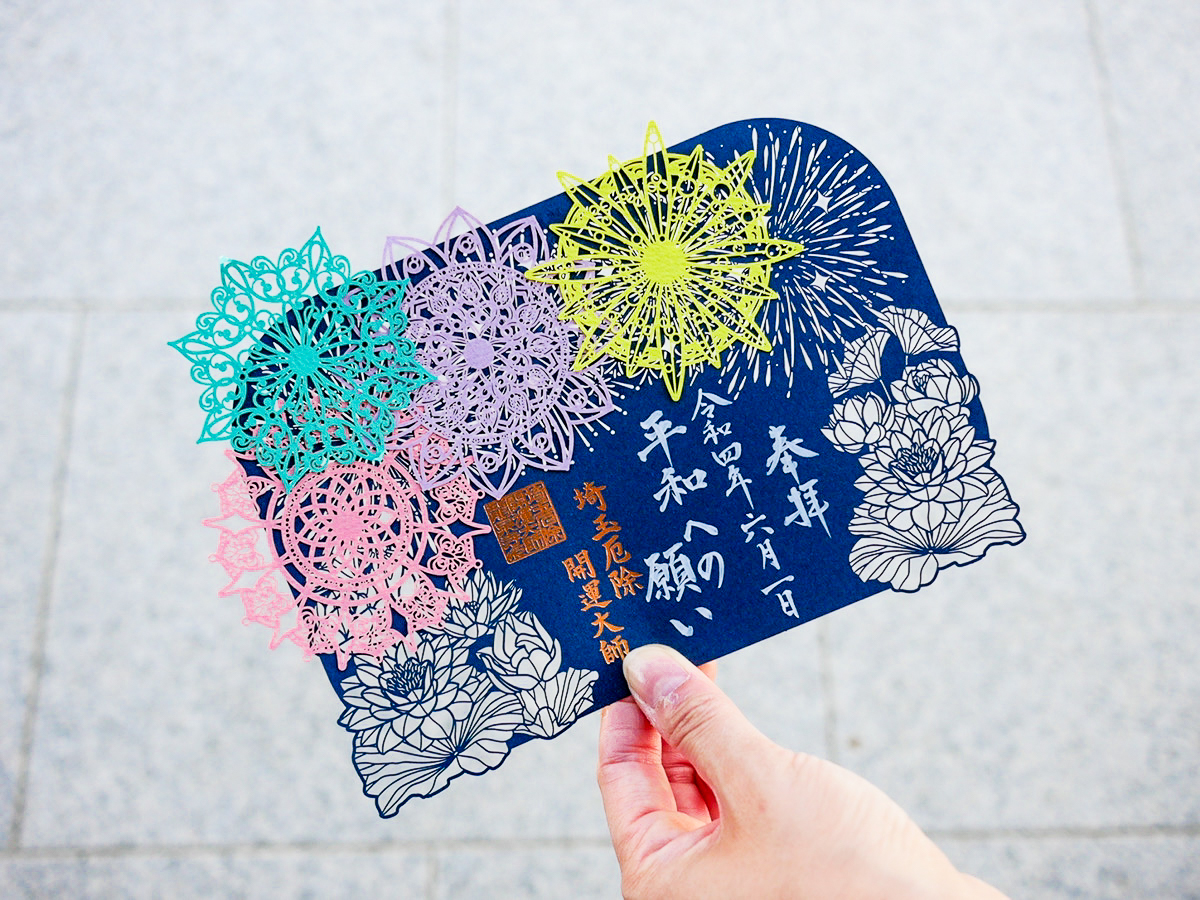
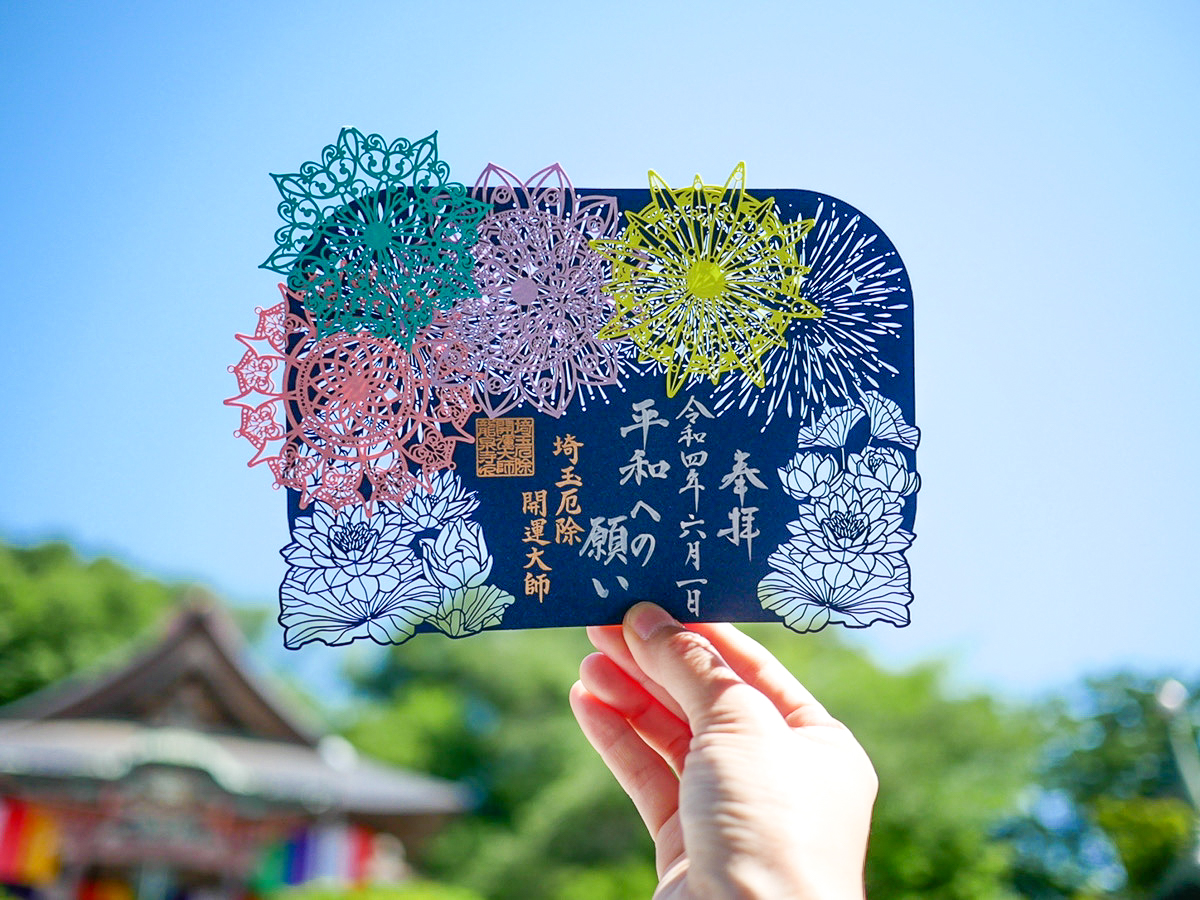
Summer Exclusive Paper-Cut Overlaid Goshuin: Refreshing Good Luck Charm
The Refreshing Good Luck Charm shows a traditional Japanese summer scene with a fan and goldfish swimming in clear blue water.
Fans are used by many Japanese to keep cool during the summer months, and some are even said to have the power to ward off illness and evil spirits. Goldfish are often seen during summer festivals, where visitors try to scoop them up using an easily-breakable net in a fun game with family and friends.
Goldfish became popular during the Edo period and were considered to be lucky creatures capable of bringing happiness into one’s home and bringing financial fortune.
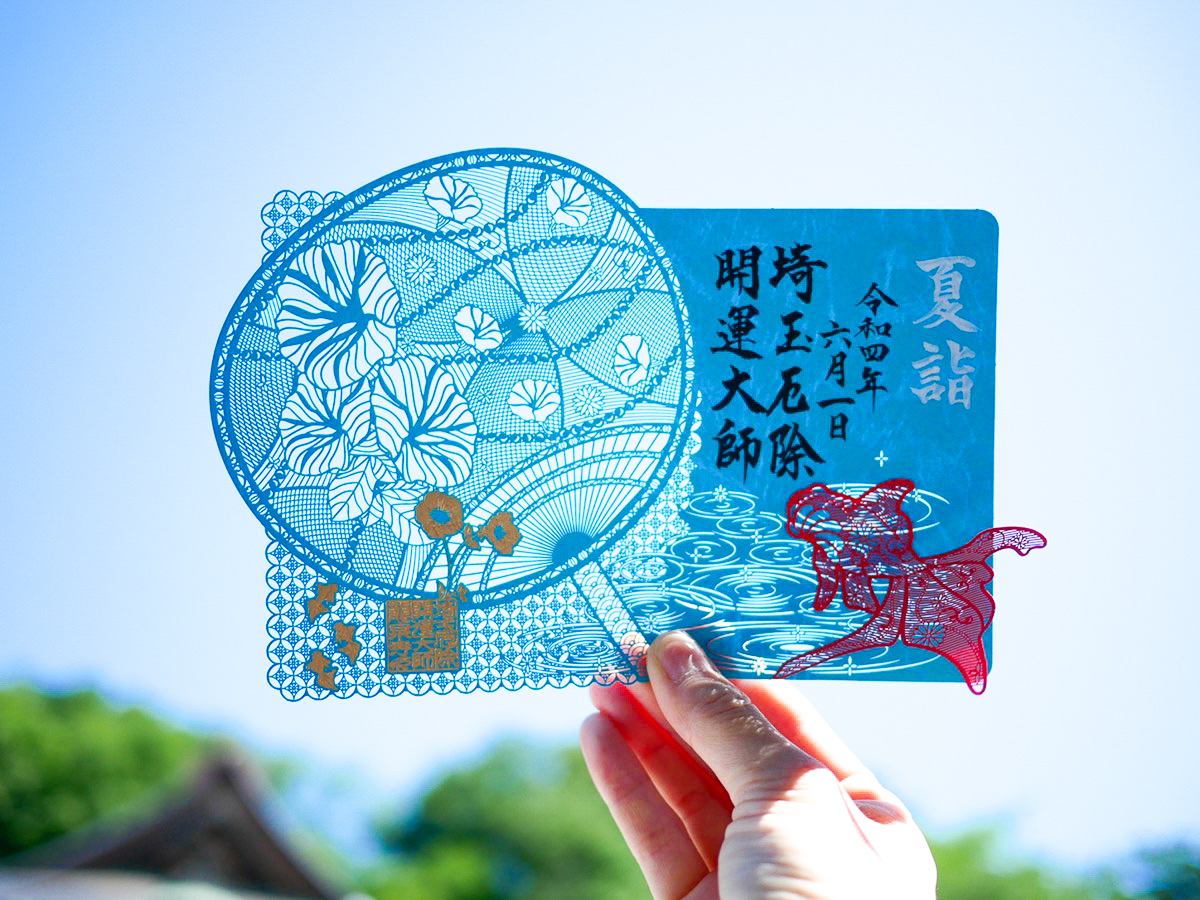
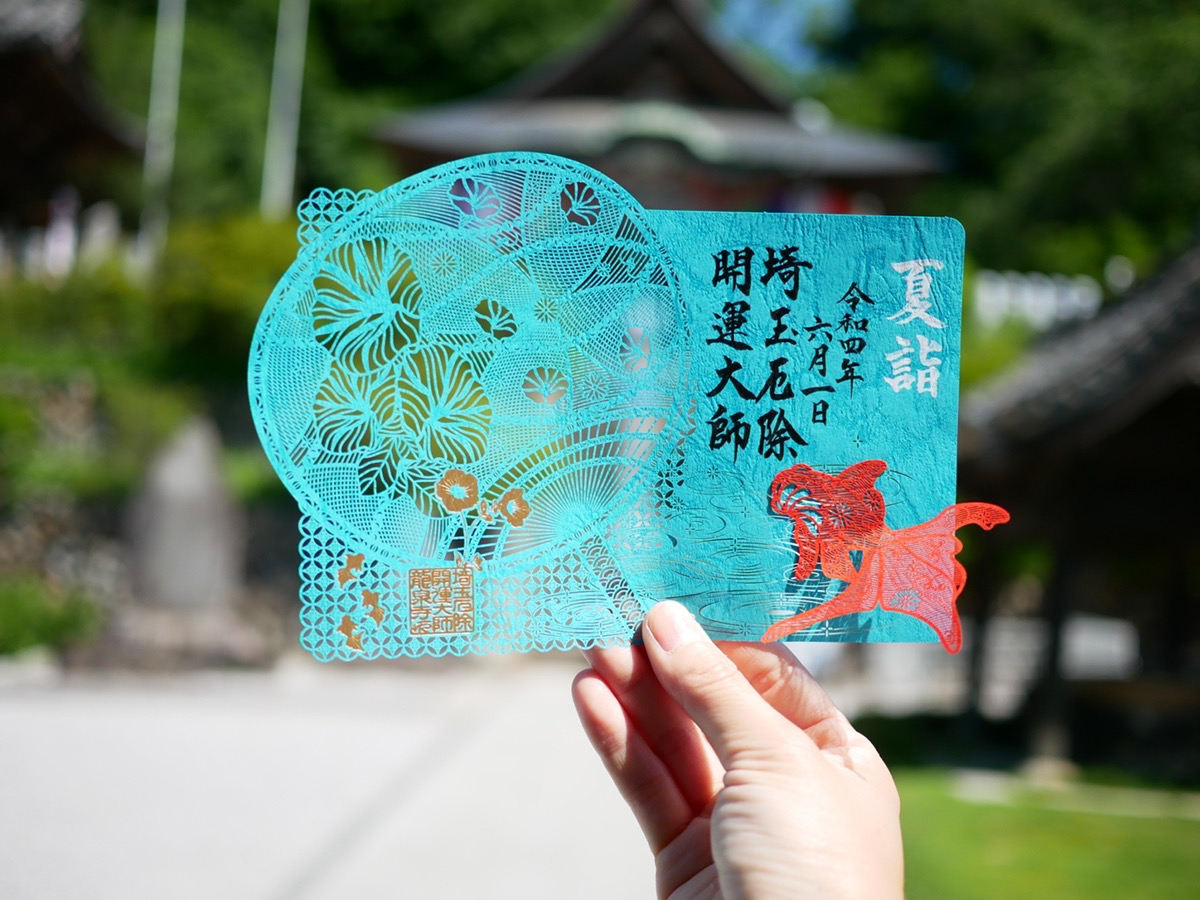
If you’re heading to Saitama, why not add these intricate goshuin to your book?
Information
Saitama Yakuyoke Kaiun Daishi
Address: 3712 Mikajiri, Kumagaya, Saitama
Official Site: https://yakuyoke-kaiun.jp/
-
Former Toride Inn Honjin Someno Family Residence in Toride City, Ibaraki Prefecture Offering Special Seal for Visitors
30.May.2022 | SPOT
Toride City in Ibaraki Prefecture began heavily developing during the Edo Period as a strategic town on the Mito Kaido road. The symbol of the town is the Former Toride Inn Honjin Someno Family Residence, designated as a prefectural cultural property and historic site. This stunning building will now be open to the public starting June 3, 2022!
In Japan, fans of temples and shrines often collect Goshuin. These are beautiful handwritten shrine seals collected in a special book, and they have recently become popular with younger generations. The first ‘honjin goshuin’ in Japanese history will be available at the Former Toride Inn!
A honjin was an inn for government officials, generally located in post stations during the later part of the Edo period. In Toride, the Someno Family Residence was designated as the main honjin for use by the Mito Tokugawa family in 1687. Since then, successors of the Mito Tokugawa family and many other feudal lords and samurai traveling between Edo and Mito used the location as a place to rest.
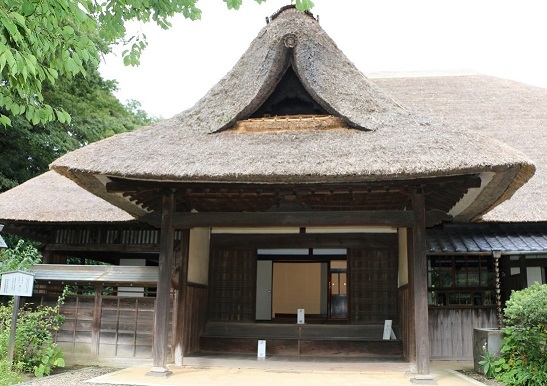
Of the three remaining honjin on the Mito Kaido road, the Former Toride Inn Honjin Someno Family Residence is the oldest and largest in scale. Today, it is also the only one with both the grounds and interior open to the public. With deep ties to the Mito Tokugawa family and Yoshinobu Tokugawa, the last shogun of the Edo Shogunate, it remains an incredible historical site.
Former Toride Inn Honjin Someno Family Residence Information (Released October 1, 2021)
https://www.youtube.com/watch?v=iKHGJsztC0Q
Visitors can obtain two honjin goshuin: one features an illustration of the main building, while the other features the seal of the Someno Family Residence.
Information
Former Toride Inn Honjin Someno Family Residence
Hours: Open to the public every Friday, Saturday, and Sunday (excluding New Year’s holidays) from 10:00-16:00 *Last admission at 15:30
Admission: Free
-
Tokyo Stroll: The Café That You Want to Visit to See Someone #14 – ‘Kayaba Coffee’ in Yanaka
In this edition of The Café That You Want to Visit to See Someone, I visited Kayaba Coffee, a coffee shop in Yanaka, Tokyo, which is a perfect example of the old and traditional shitamachi neighbourhoods.
Kayaba Coffee is just a 10-minute walk from both Nezu Station and Nippori Station.
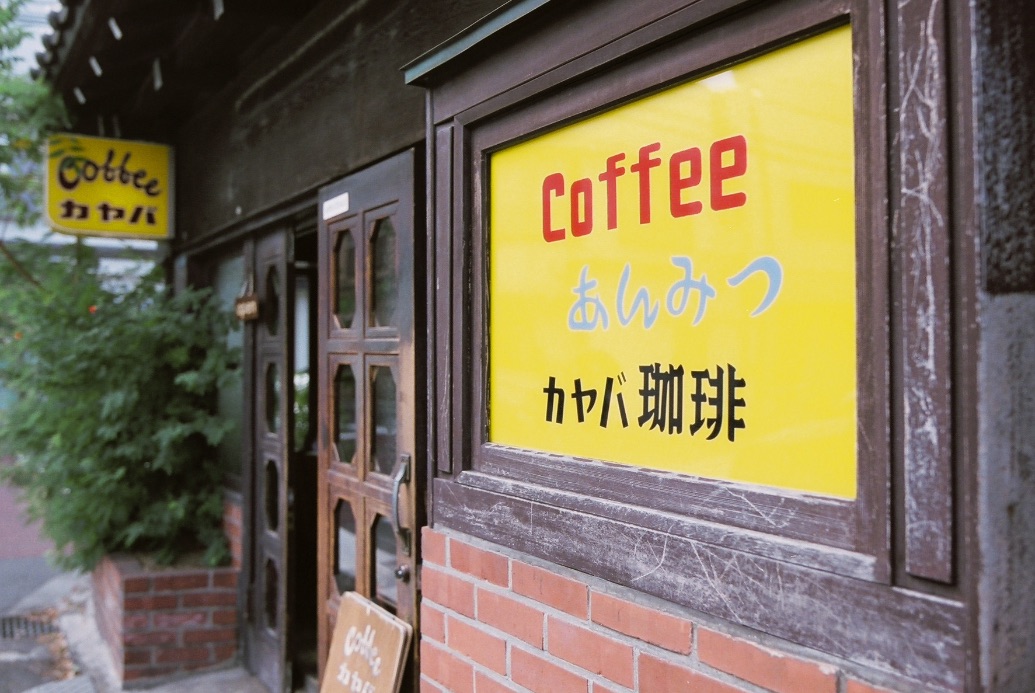
This is a place I’ve visited in my private time out of work and I’m always excited to go. Kayaba Coffee was established in 1938, and actually closed in 2006. But due to public demand, the cafe reopened just two years later in 2008. It’s a popular coffee shop loved by people of all generations.Time to head on in.
The first floor houses the counter and table seats, while the seating on the second floor is traditional zashiki style on tatami flooring. Although it’s a cafe, you I feel so relaxed in there that it’s like I’m visiting my grandma’s house. The sun shines through the big windows, making you all warm and want to take a nap.
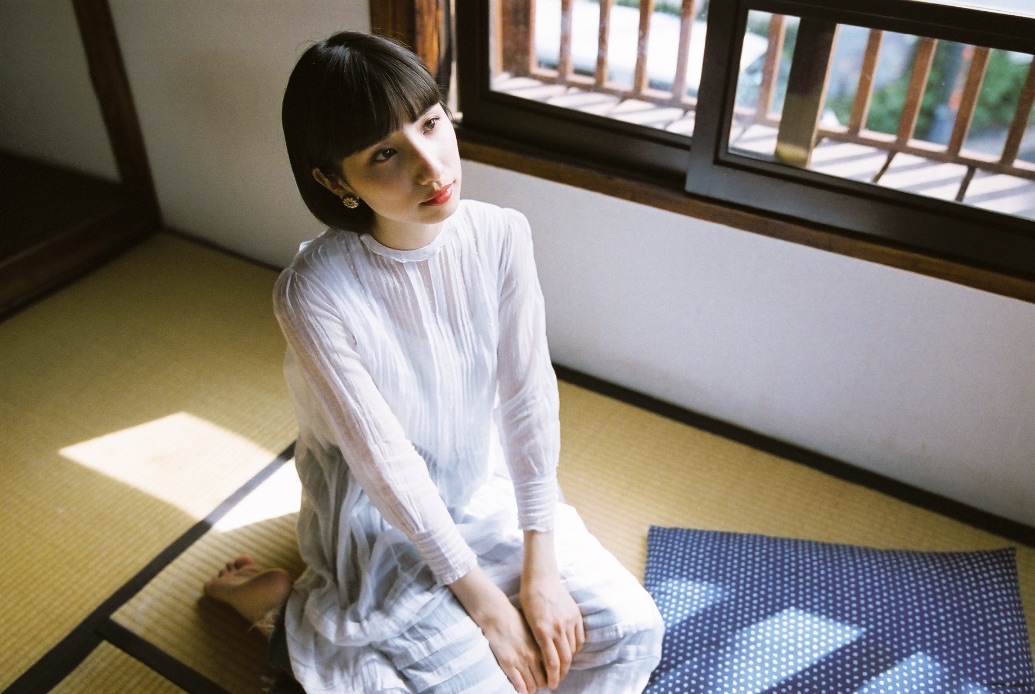
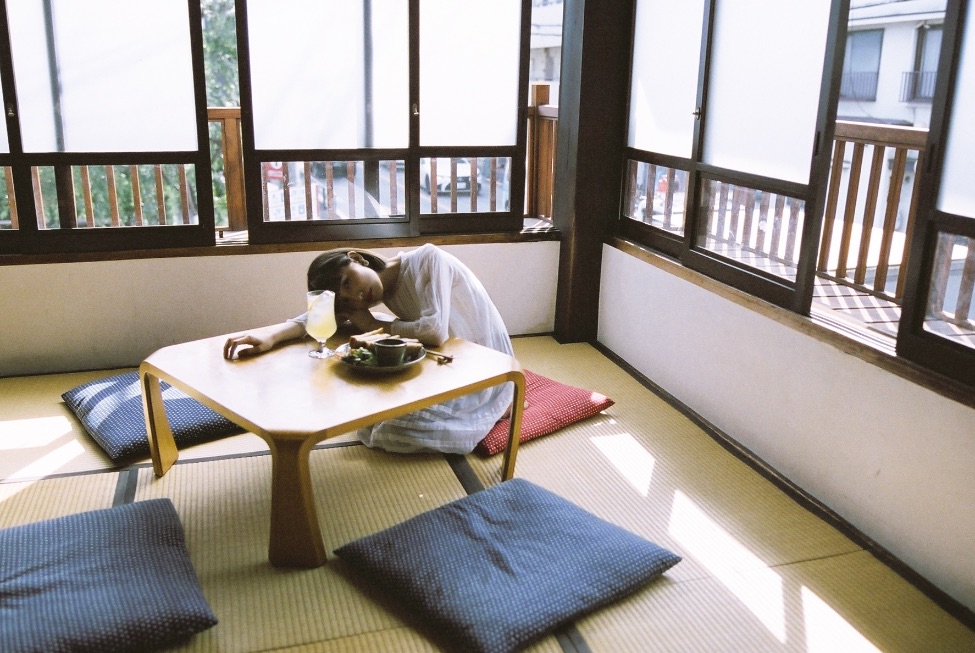
I ordered their super popular egg sandwich! The menu was changed in May this year, and a new and improved version of their egg sandwich was put on there. It’s made using sourdough bread from VANER, a local bakery in Uenosakuragi not far from the cafe.
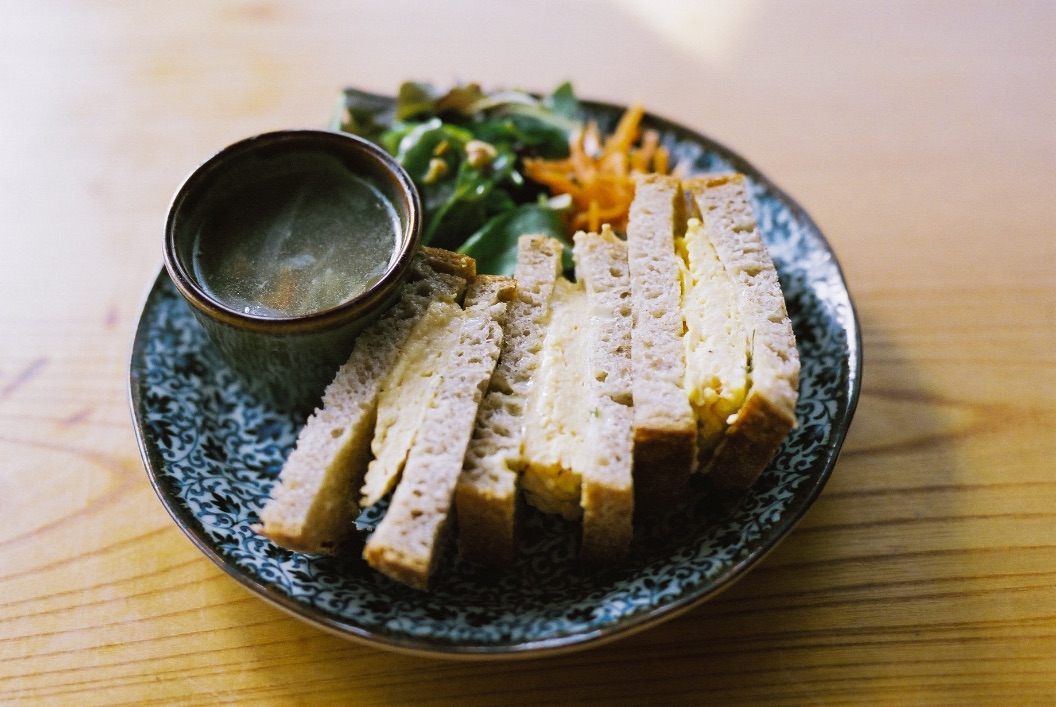
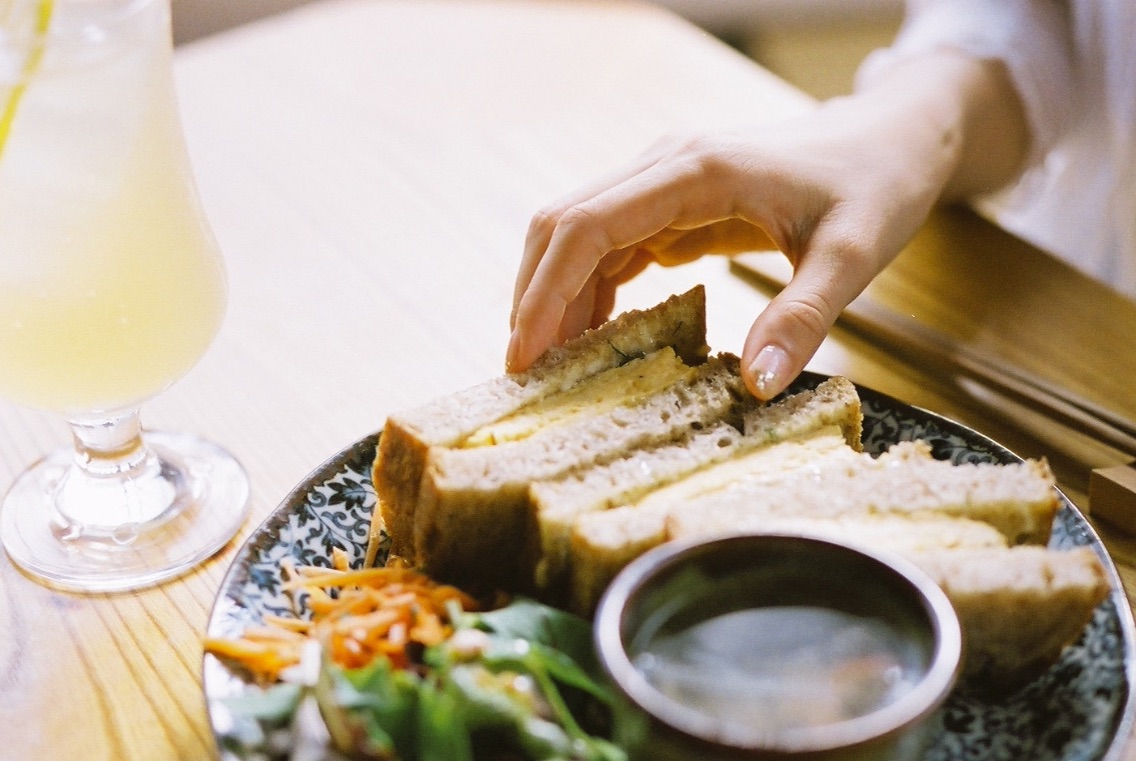
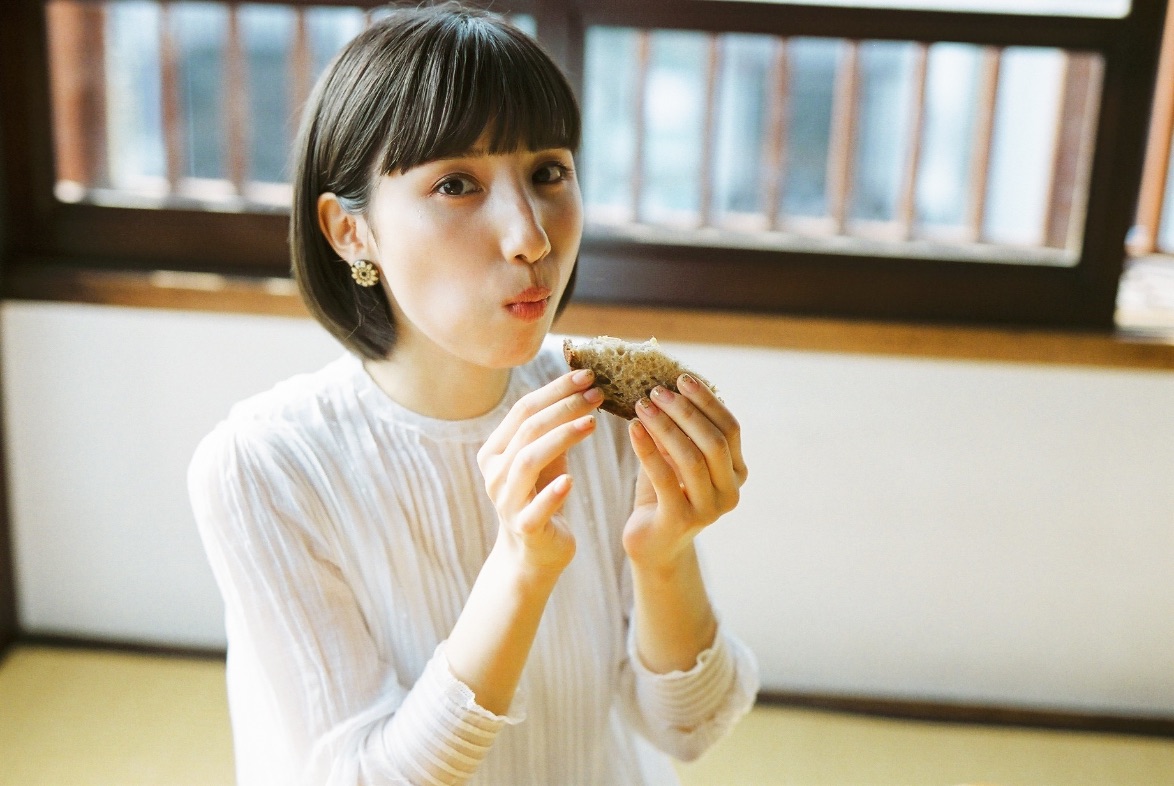
Breakfast Menu – Egg Sandwich | ¥1,000
The chewy, sour bread is the perfect combination with the fluffy eggs.
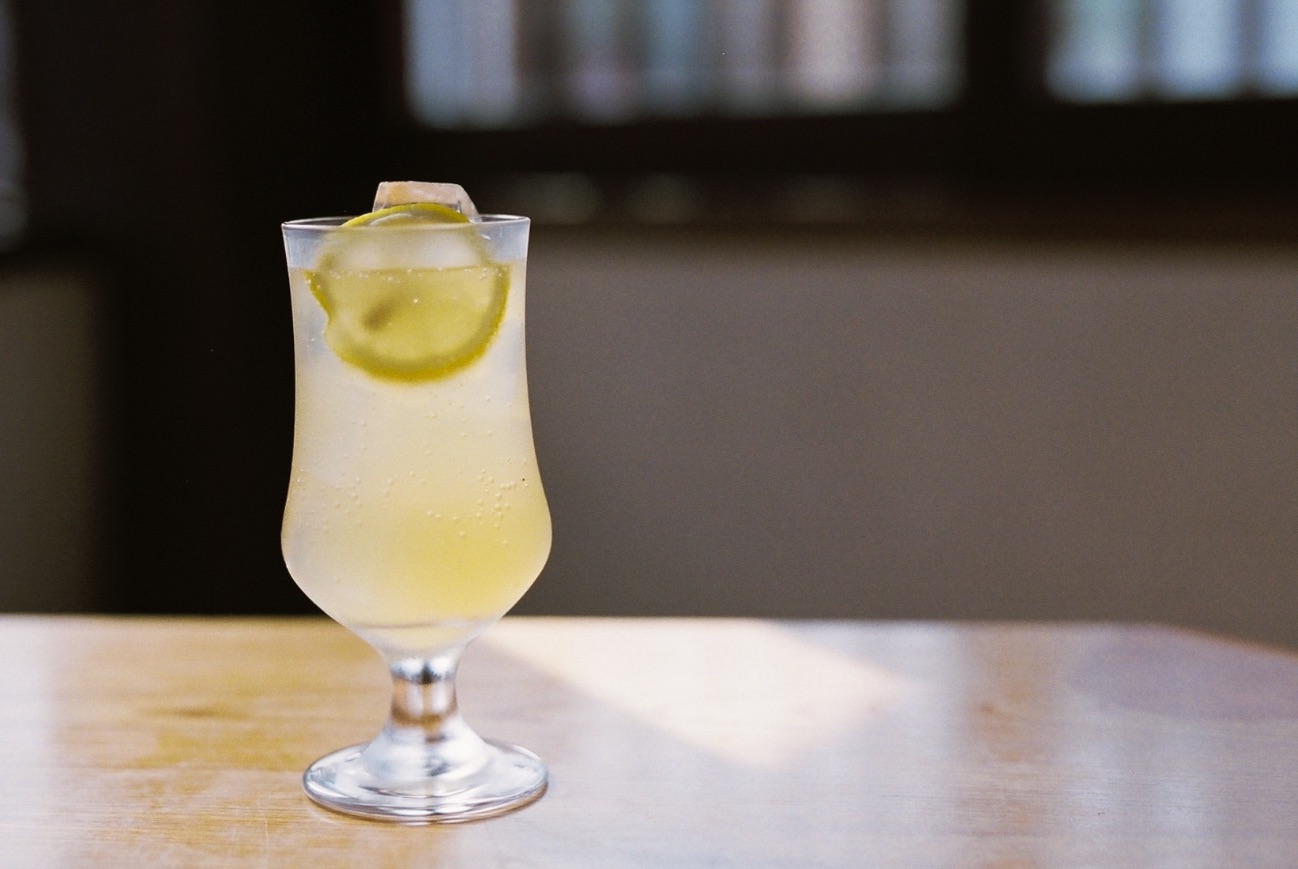
Lemon Squash | ¥600
The lemon squash has a cinnamon aftertaste. Everything on the menu is made with love and perfection; before I realised it, I was hooked on going there.
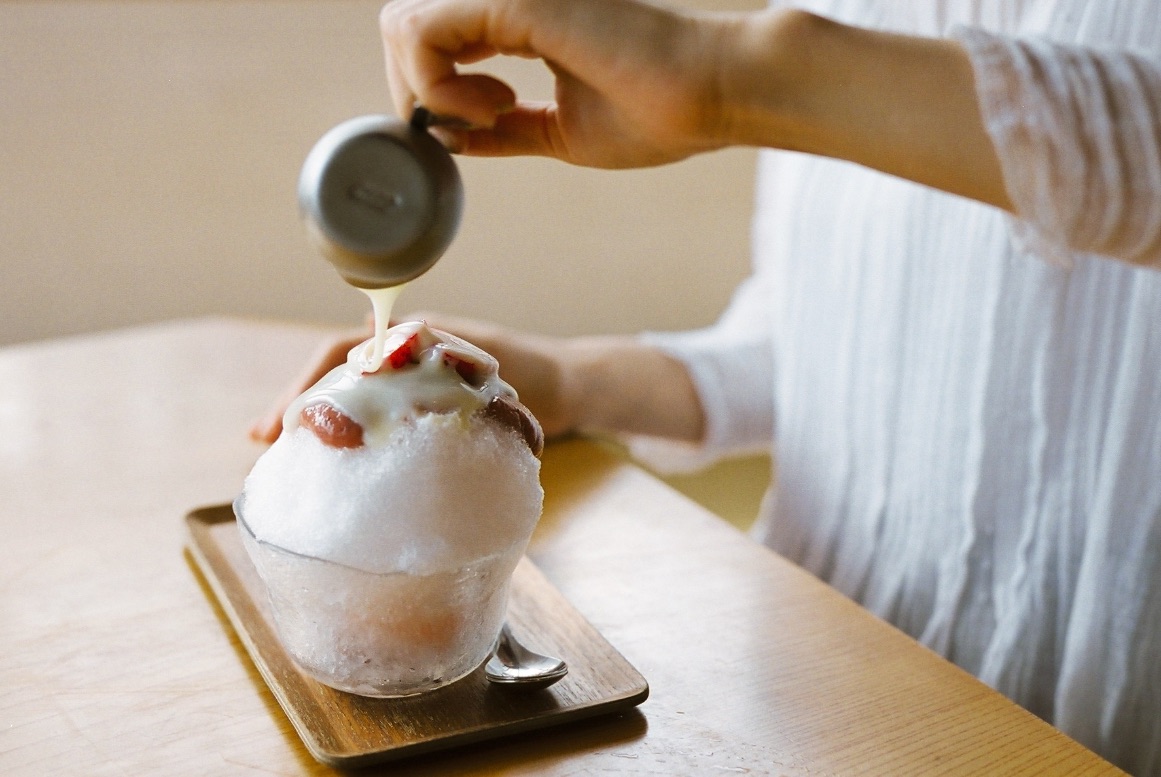
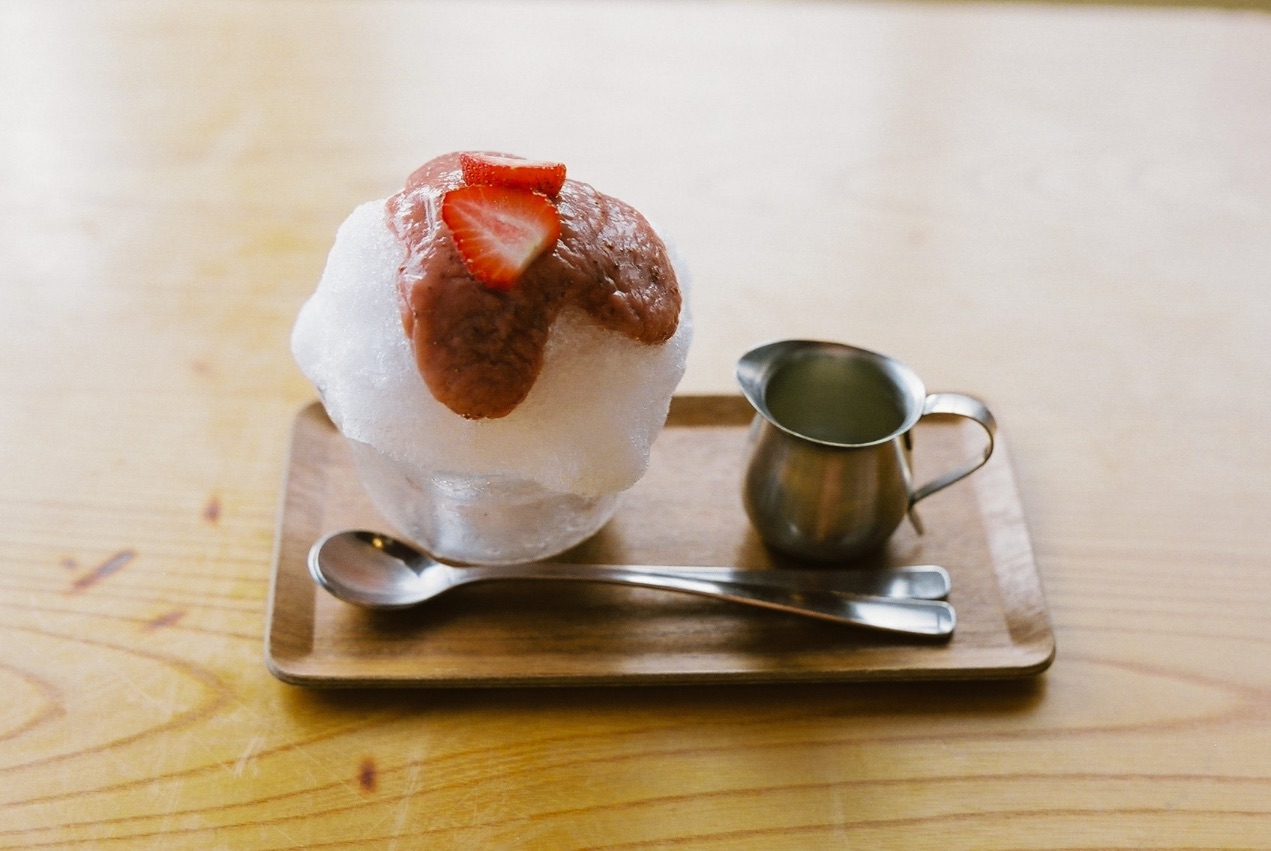
Strawberry Shaved Ice | ¥800
This was my first shaved ice of the year! I went with the classic strawberry flavour. The syrup is super juicy and nearly collapsed the fluffy shaved ice the moment I put it on. It has a syrupy texture and the strawberry juice has a sweet and sour kick that’s just simply delightful♡
And you can make it even sweeter by pouring over your desired amount of condensed milk. It was really tasty.
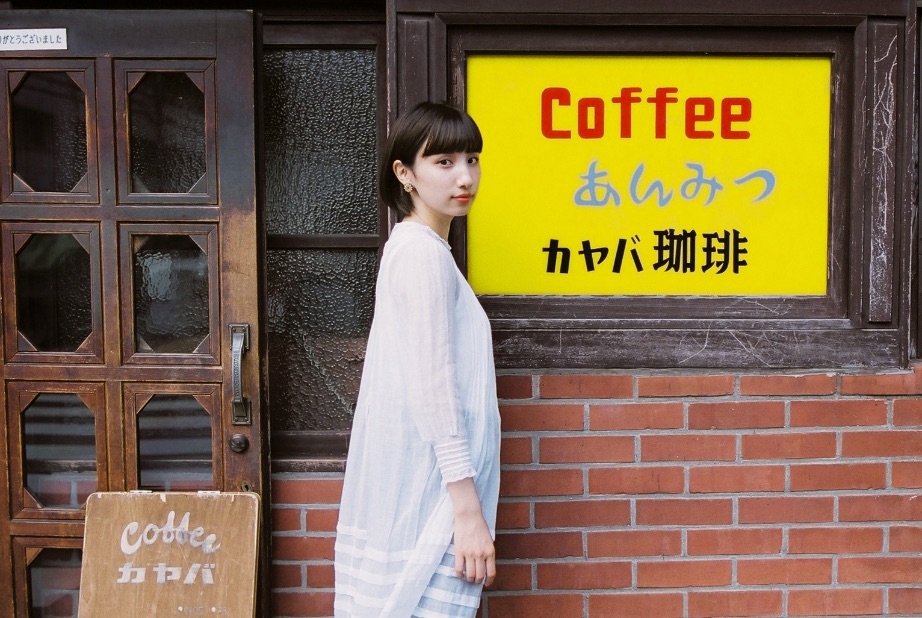
Kayaba Coffee is the same as it was back in the day, and continues to be loved dearly. I think even people who visit it for the first time will feel a sense of nostalgia. If you have a place you can go to relax on bad days or when you’re feeling down, it’s sure to give you the strength to work hard again. This cafe is a wonderful place that’s close to people’s hearts.
I want to visit there again already.
Writer/Model: Ema Tanioku
Photographer: Haruka Yamamoto
Design: Yuko Takayama (ASOBISYSTEM)Translator: Joshua Kitosi-Isanga
Information
Kabaya Coffee
Address: 6-1-29 Yanaka, Taito-ku, TokyoOpening Hours: [Tue-Fri] 8:00-18:00 (Last Orders 17:30) / [Weekends] 8:00-19:00 (Last Orders 18:30)
Closed: Mondays
-
Tokyo Stroll: The Café That You Want to Visit to See Someone #13 – ‘Sepia’ in Shibamata
In this edition of The Café That You Want to Visit to See Someone, I visited Sepia in Shibamata, a Showa-retro style cafe which I’ve always wanted to visit.
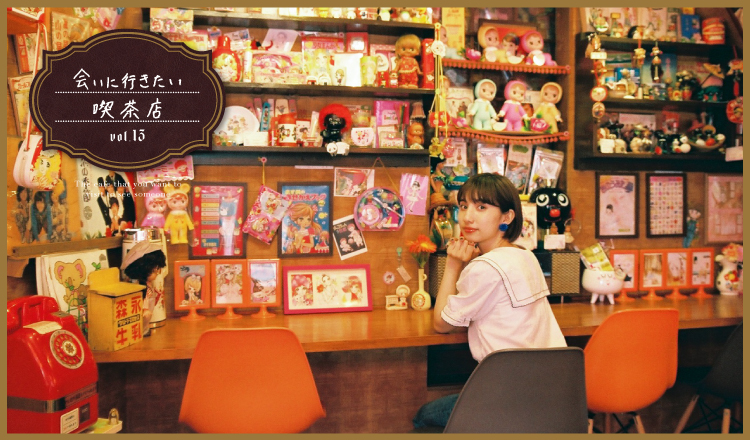
The cafe is just a 2-minute stroll from Shibamata Station which appears in the Japanese film Otoko wa Tsurai yo. The walk along the road that leads to Sepia, which is nearby the Buddhist temple Shibamata Taishakuten, is a pleasant one. Tokyo is a city consistently perceived as one that is cutting-edge in every aspect, but what I felt from each and every building surrounding Shibamata Station was a kind of warmth that you feel when something has history to it.
It’s been seven years since I came to Tokyo. Visiting Shibamata made me me realised how many places there are which I still don’t know about. It invigorated me. As my mind wandered with these pondering thoughts, I finally spotted the sign outside the cafe, and it sure is a cute one!
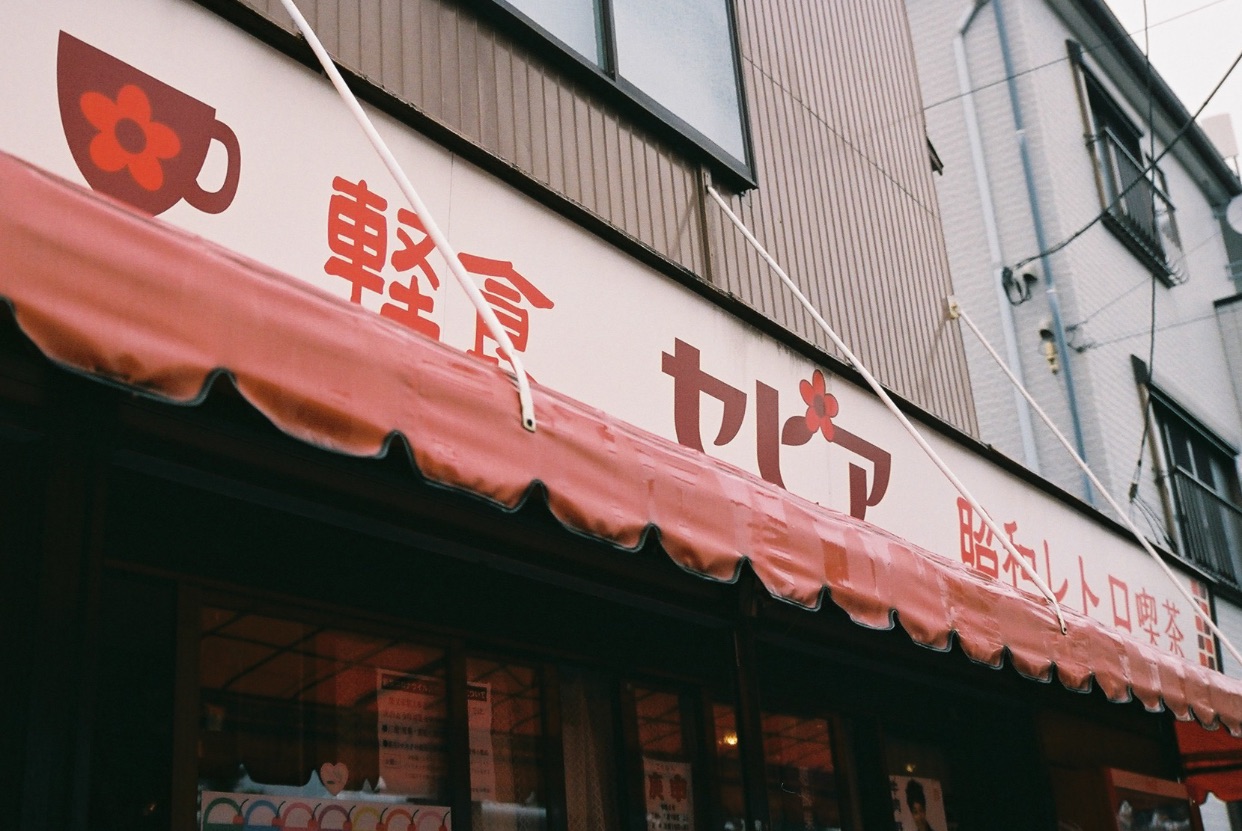
The moment I stepped inside, I stood, my mouth agape, and looked at my surroundings. It’s the first time I’ve entered such a bright, shining cafe. It was littered with characters I’ve never seen before, manga, magazines, and more.
When you hear the word kira kira (“glitter,” “sparkle”), the first thing that comes to mind for a lot of people is probably Harajuku and the Harajuku style, but Sepia’s version of kira kira is a nostalgic one betwixt 1965 and 1975 during the Showa Period. The cafe is incredibly delicate in every spot and corner, like I’m looking inside some grand treasure chest.
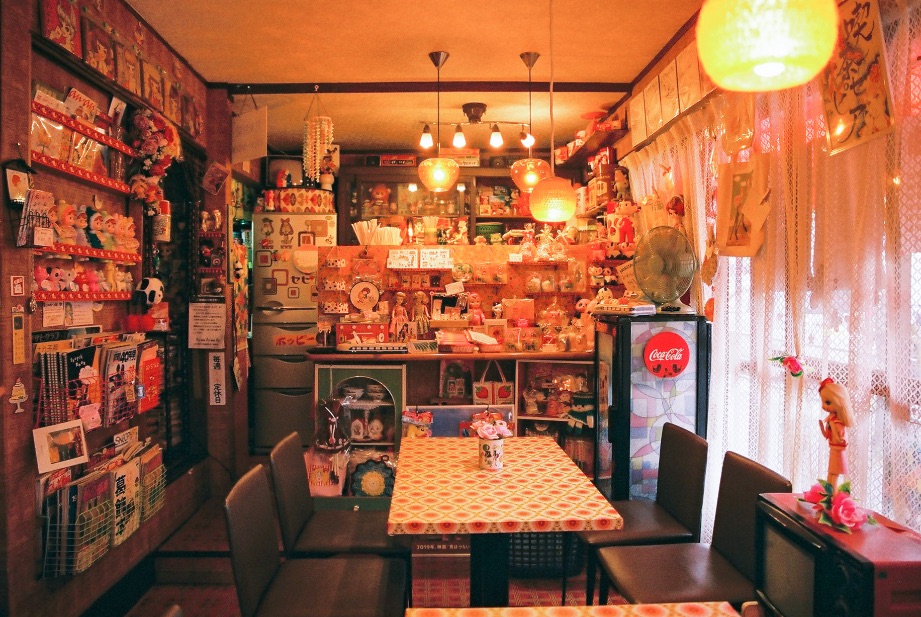
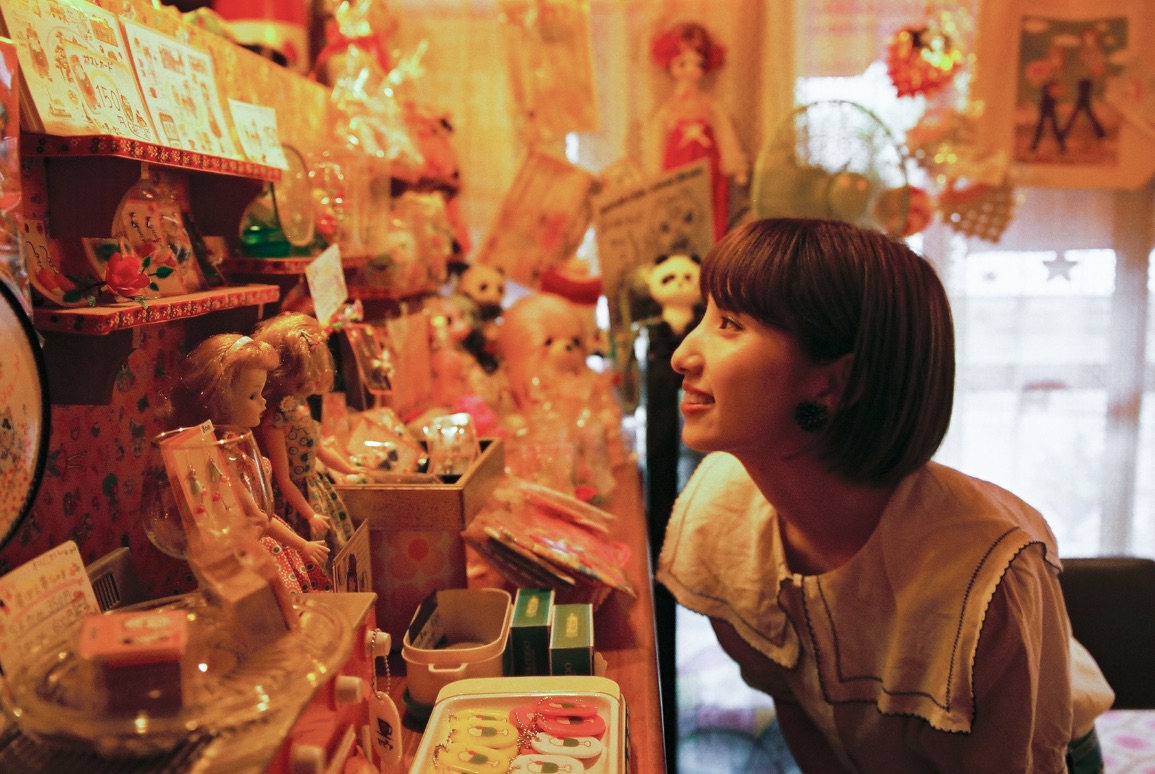
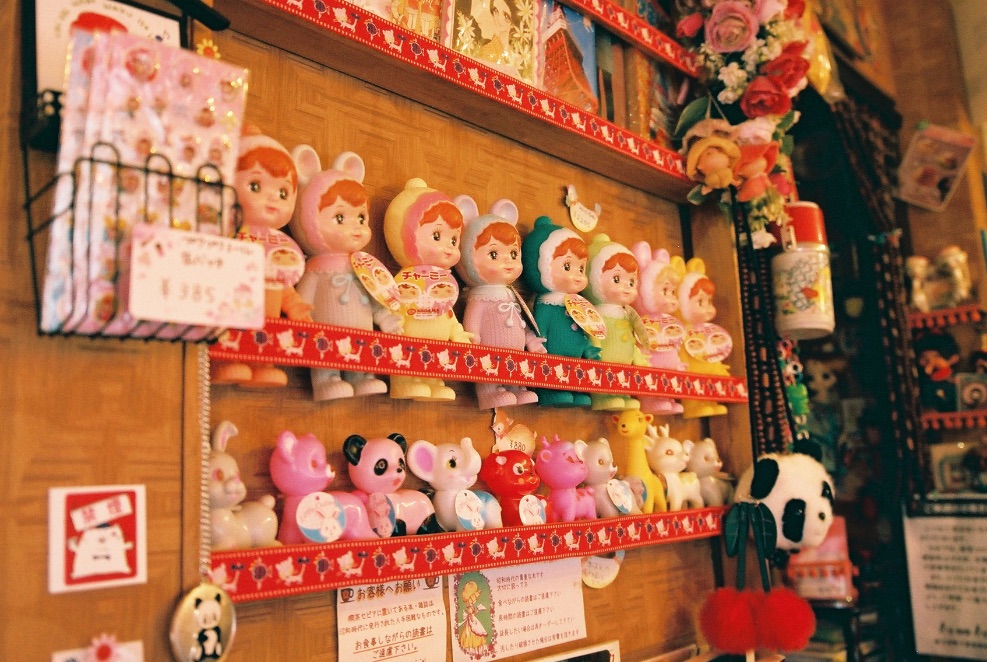
The owner of Sepia is Kiyoko Hasezawa. The cafe gets its name from the manga Milky Sepia Monogatari by Ako Mutsu. Ms. Hasezawa said that she wanted to bring to life the world of the manga she loved. The cafe is full of her dreams and is enjoyed by everyone, both children and adults alike.
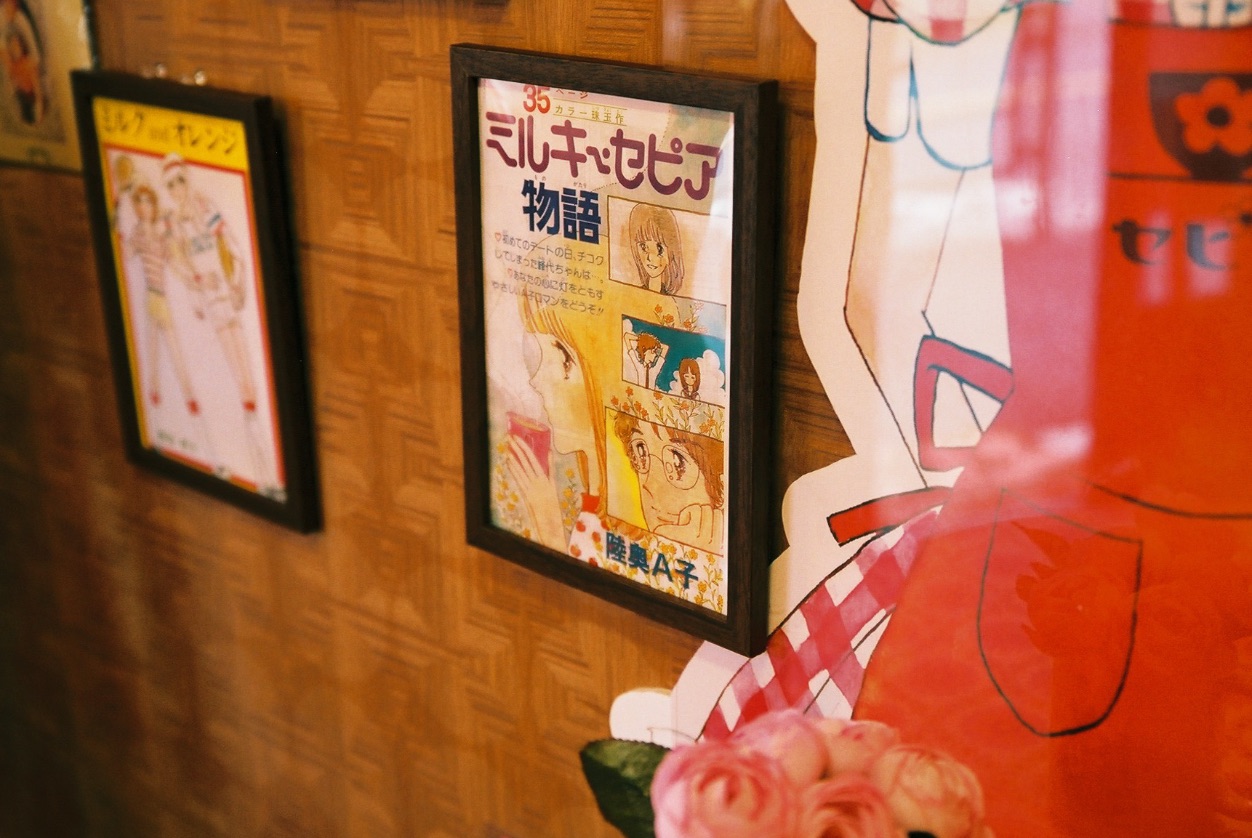
The cafe menu is even inspired by the food that appears in the Milky Sepia Monogatari manga. The hard pudding I had, which combined caramel sauce and cream, was an absolute delight.
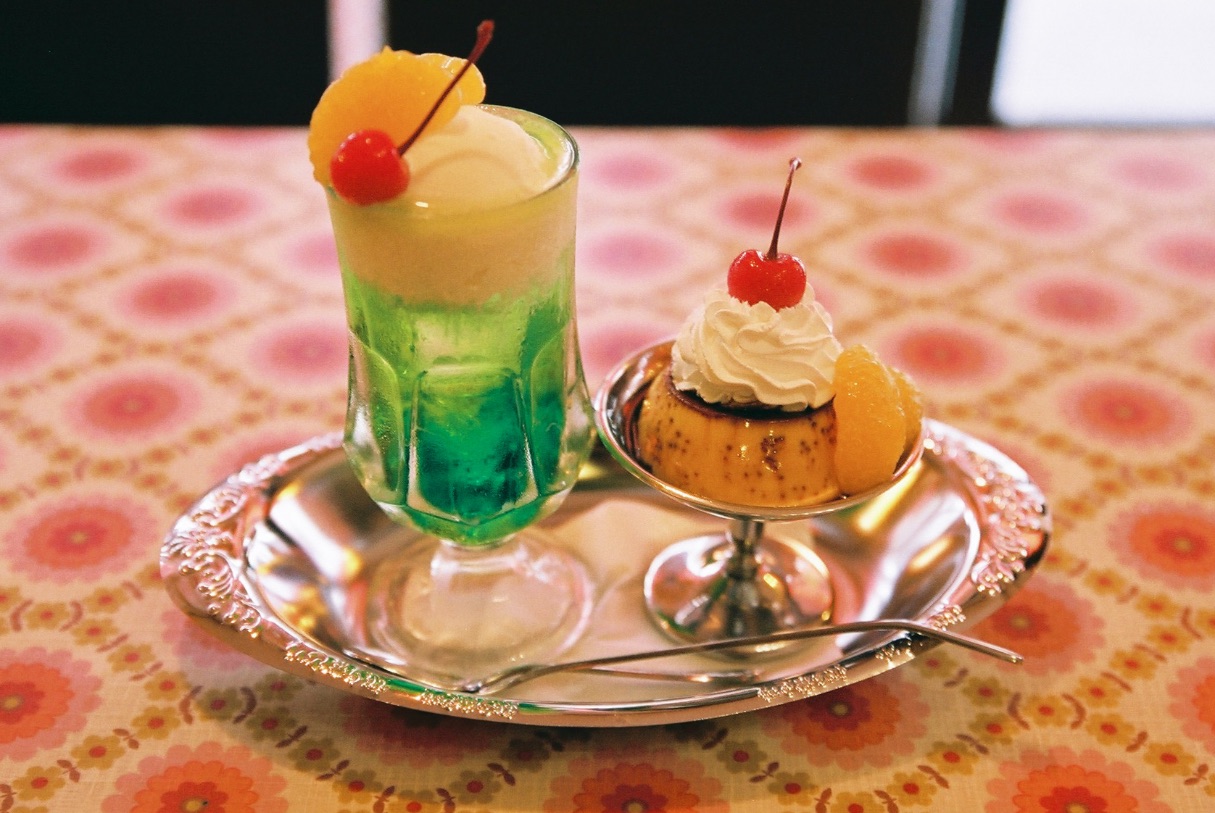
Homemade Showa Pudding & Cream Soda Set: ¥1,200
If we’re talking cafes, then you can’t go wrong with cream soda. The cream soda served at Sepia comes in seven different flavours and colours: melon, Blue Hawaii, strawberry, lemon, peach, grape, and orange. I was spoilt for choice on which to go for, but in the end I went with the pink-coloured strawberry. It had a sweet flavour and was really delicious.
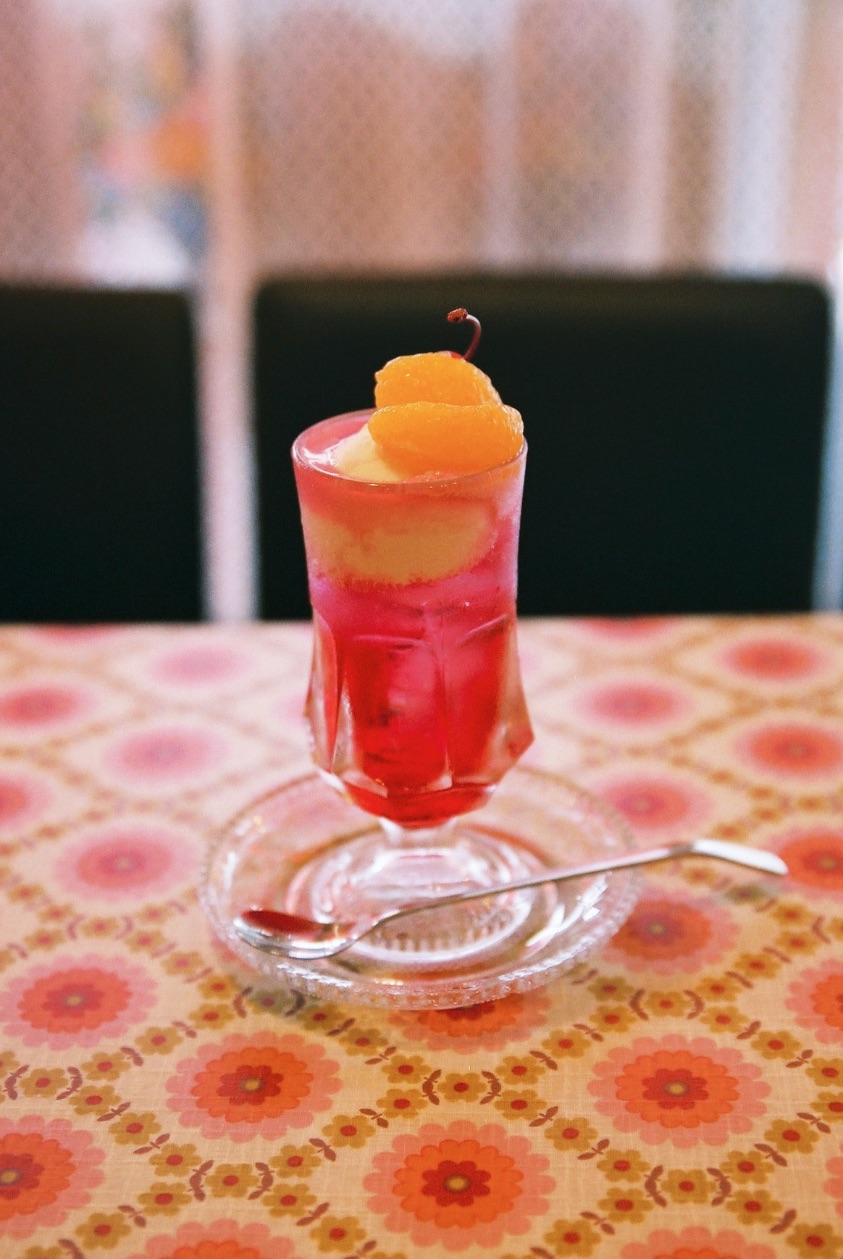
Strawberry Cream Soda: ¥750
I devoured the hotcakes too. The pastry was so fluffy and tasty – I could have eaten a hundred of them. The second one I ate with honey.
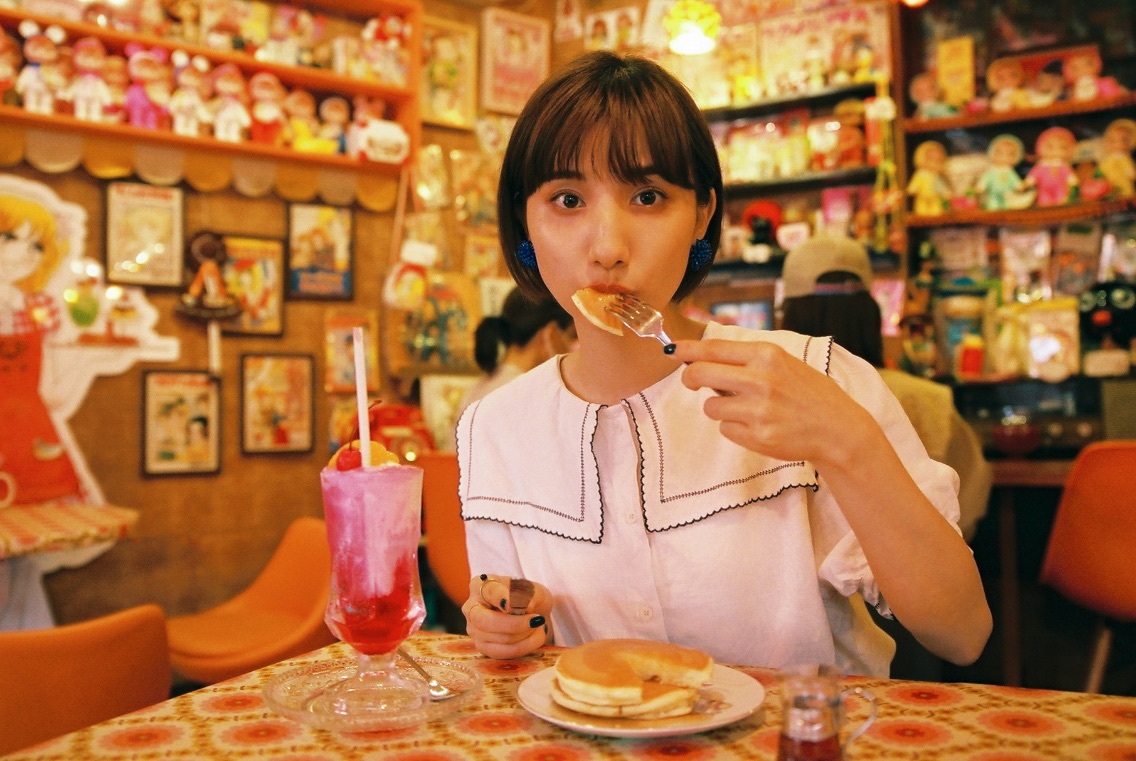

Hotcakes: ¥600
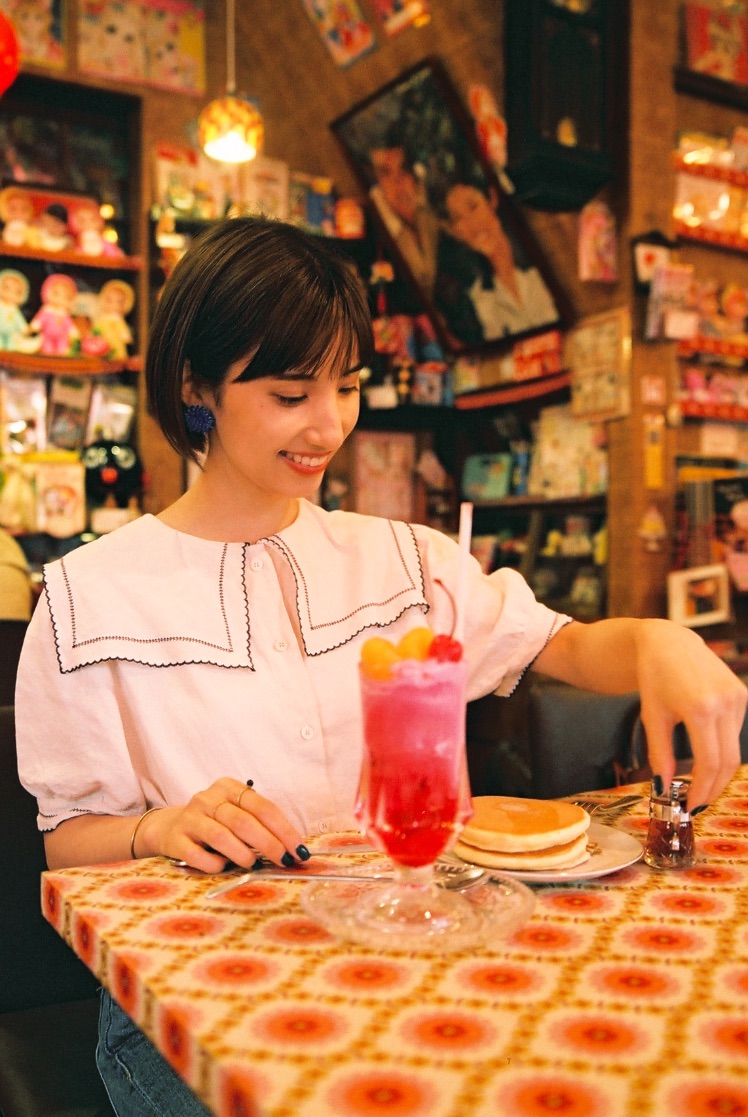
At the back of the cafe, they also have the “Candy Candy Museum.” There’s a personal collection of items from Candy H Milky, a female fashion enthusiastic who used to be a customer at Sepia. There’s a photo spot for snapping a photo in the cafe too.
It’s a great time getting to go and look at the displays after eating. I recommend going to see the collection yourself with your own eyes. Entry to the museum is ¥300.
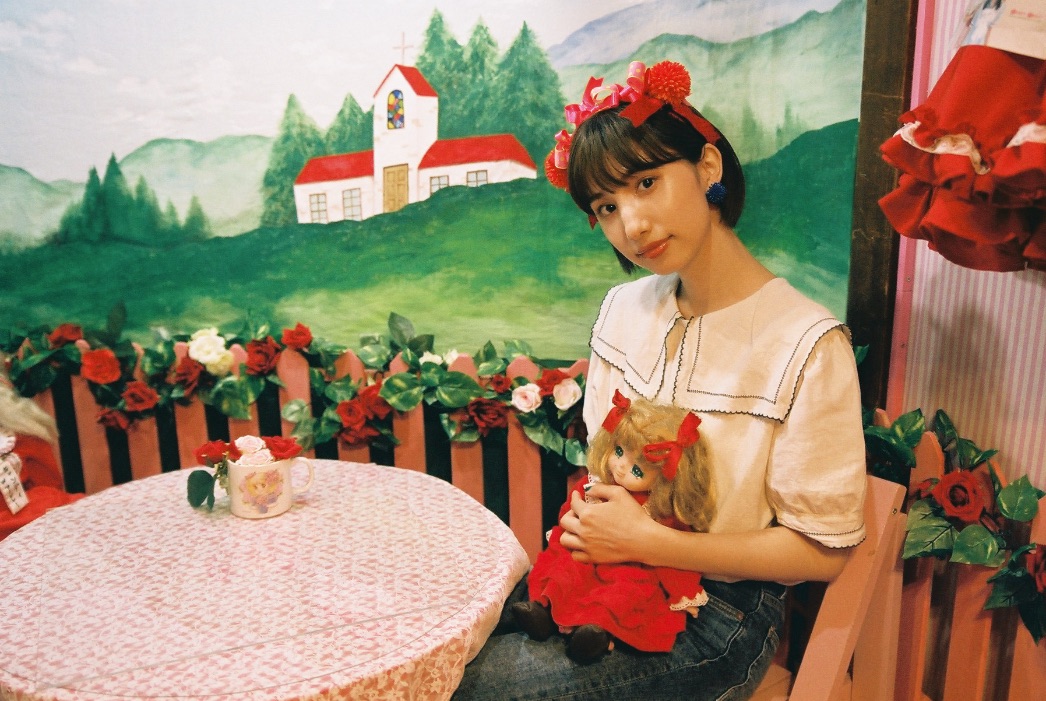
There’s a tearoom up on the second floor which has a nostalgic vibe to it. I felt warm and relaxed, like I’d been transported to my grandma’s house.
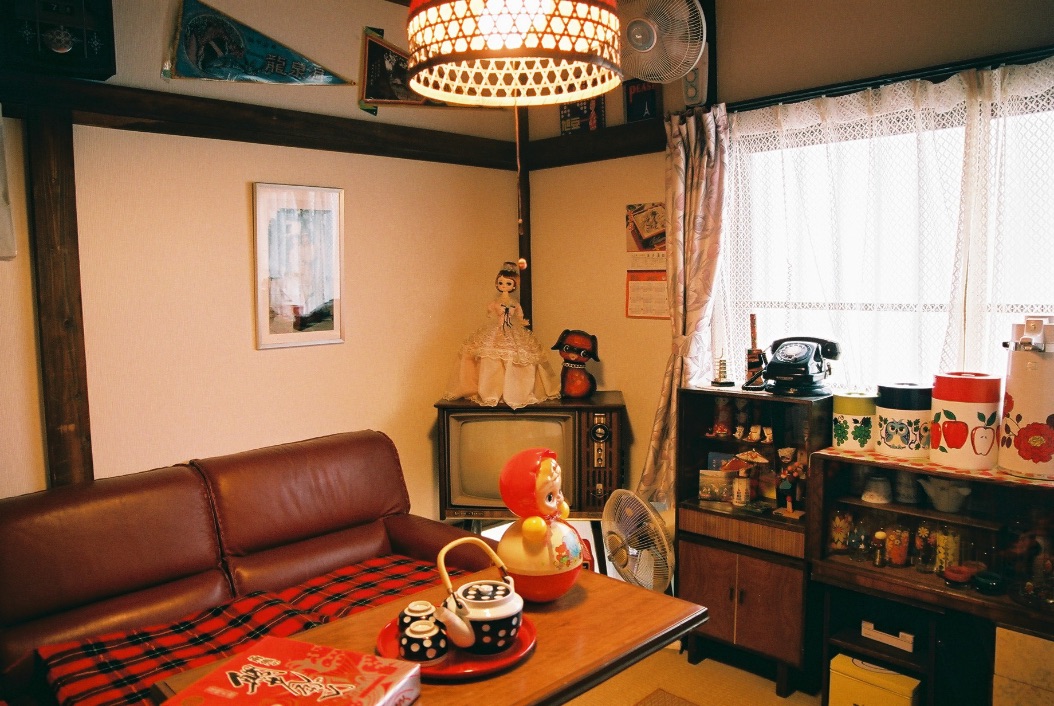
Humans can’t travel back in time, but if we look after mementos properly, we can go back there in our minds and memories. Sepia, a place that continues to be cherished and loved, is everybody’s treasure trove.
My oh my, I really want to go back there again.
Writer/Model:Ema Tanioku
Photographer:Haruka Yamamoto
Design:Yuko Takayama(ASOBISYSTEM)Information
Sepia
Address: 7-4-11 Shibamata, Katsushika-ku, Tokyo
Days Open: Fridays, Saturdays, Mondays
Business Hours: 12:00-17:00 (Last Orders 16:30)
For the latest information, visit Sepia’s official Twitter page @sepia_mama -
Kyoto Sightseeing | Yokokuji Temple’s Annual Hydrangea Week Event Announced
13.June.2020 | SPOT
This year’s Hydrangea Week at Yokokuji Temple is set to take place from June 13 to July 5 where 5,000 breathtaking hydrangea will take over the temple grounds.
Yanagidani Kannon, also known as Yokokuji Temple, is located in Kyoto Prefecture’s city of Nagaokakyo and has been used as a place of prayer for many people with eye disease since the Heian Period. It is believed that praying at the temple will cure eye disease.
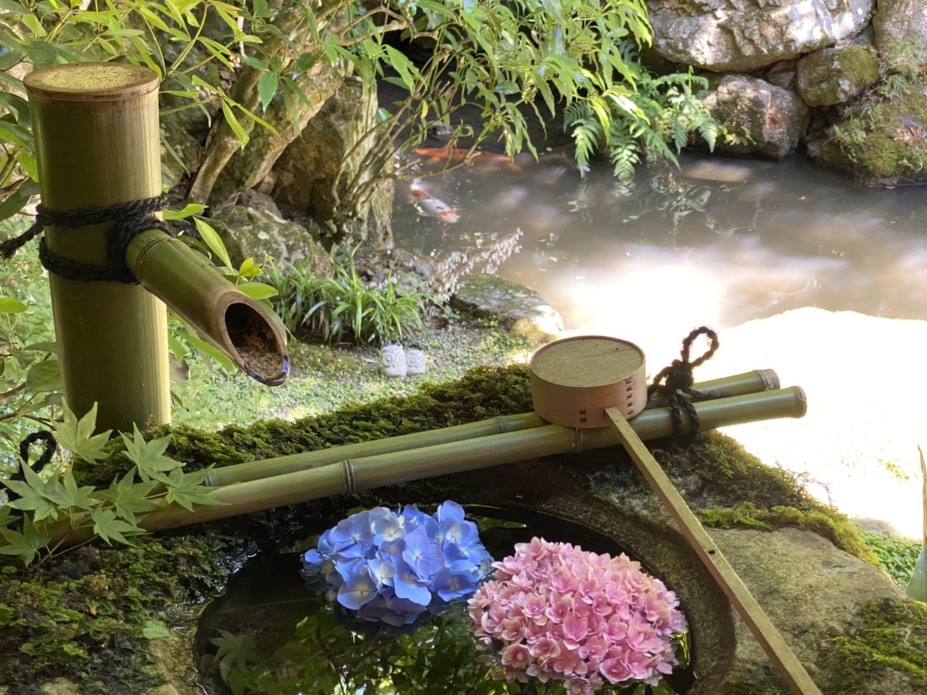
Special Opening of the Joshoin: Spectacularly Lush Flowers
Normally, the Joshoin only opens on the 17th of every month, but for this autumn week event, it will be open every day. It’s an area normally limited to officials and those in the imperial family. The beauty of its autumn colours have come to be enjoyed by VIPs, dating back to the pre-war period when it was designated as a place of scenic beauty. The Nanboku-cho Period painting Amida Sanzon Raigo Zu of Amida standing on a lotus pedestal will be displayed during the opening.
Entry Price: ¥1,000
Entry Times: 9:30-14:30
Limited Edition Goshuin: “Oku-no-in,” “Wagan-aigo,” “Airyoku”
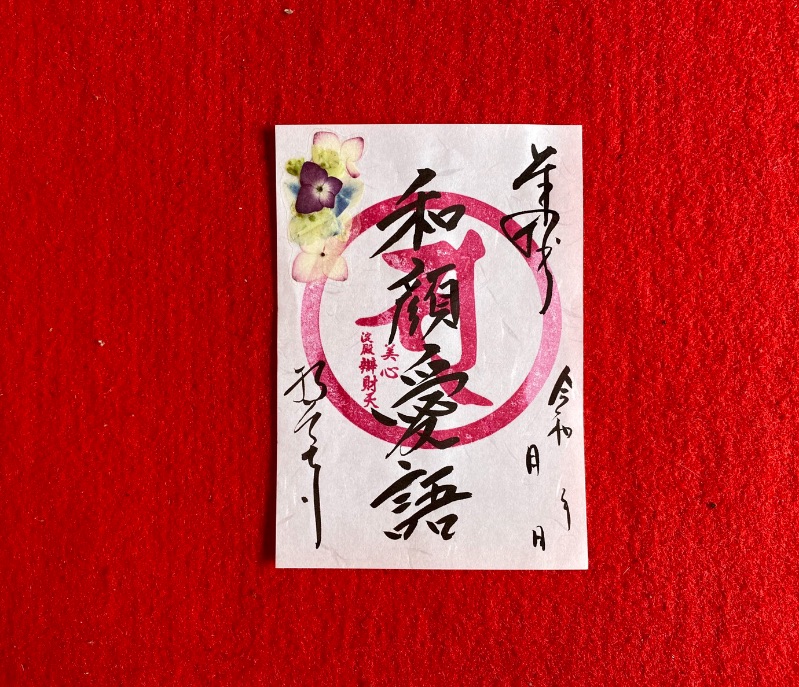
We’ve covered goshuin many times on MOSHI MOSHI NIPPON. They are stamps or seals you can receive at most temples and shrines in Japan. Collected in a goshuincho, or stamp book, you pay a fee and the staff there will write gorgeous Japanese calligraphy in your book of the temple or shrine name and the date you visited along with a stamp. Every temple and shrine has their own unique stamps.
For Hydrangea Week, you can get the following words written in your book: Oku-no-in (Inner Shrine) Wagan-aigo, (Gentle Face, Loving Words), and Airyoku (Power of Love).
Goshuin: “Omoi”
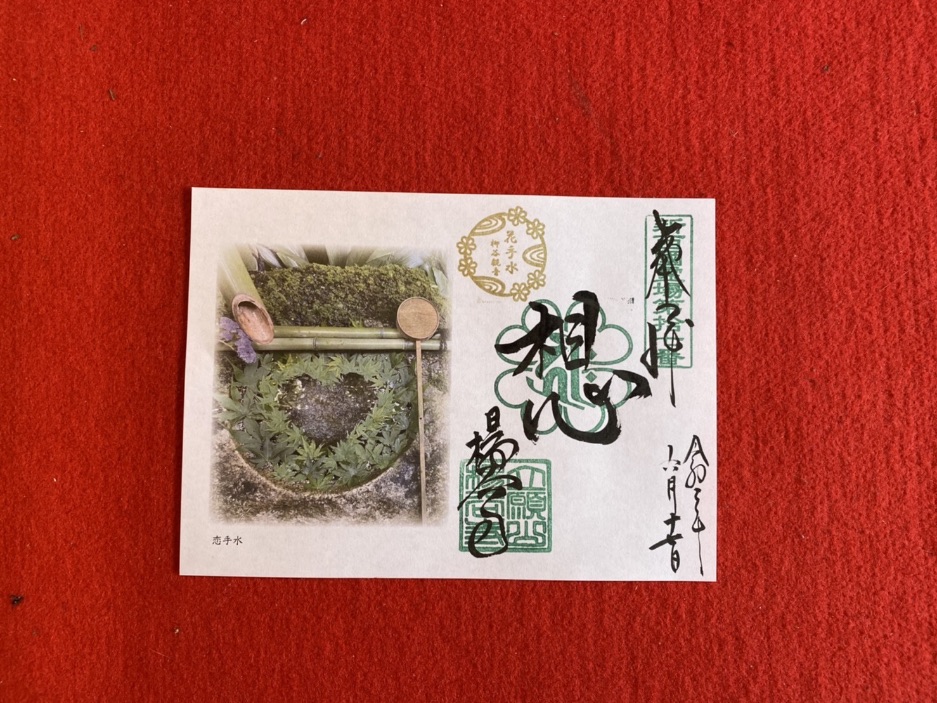
This special goshuin prays for the fulfilment of people’s Omoi, which can mean thoughts, desires, wishes, affections, and so on. It also features a picture of the temple water basin.
Price: ¥600
Seasonal Pressed Flower Goshuin Kit
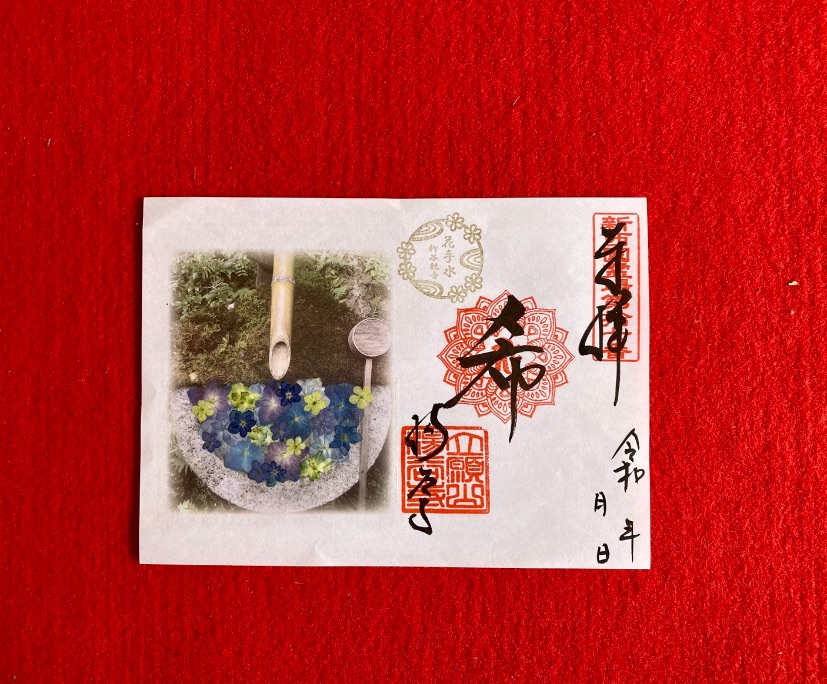
This special goshuin kit has you pressing your own flowers to create your own personal and unique design. The theme of this kit changes each season. For June, the theme is hydrangeas.
Price: ¥1,000
Hydrangea Goshuincho
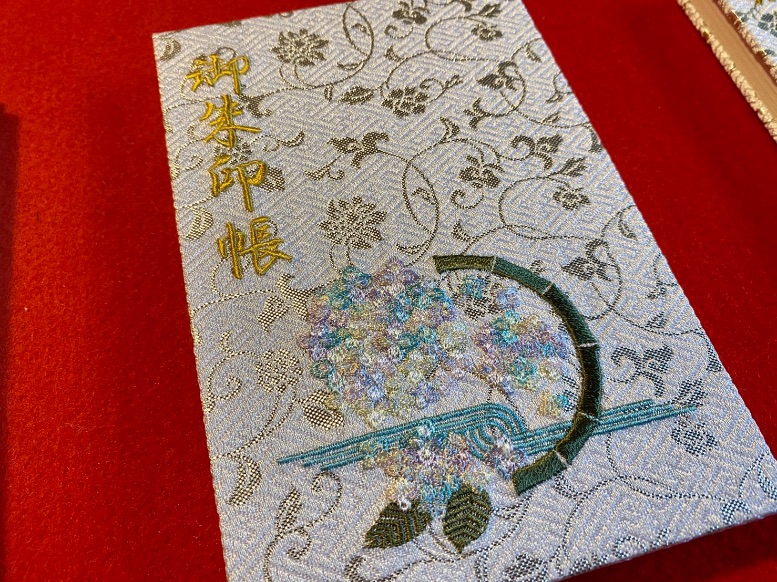
The temple is also selling seven different goshuincho stamp books. Orders are being carried out on the official website.
Price: ¥3,500 (+¥500 handling fees)
Yanagidani Kannon Treasure Exhibition
The “Yanagidani Kannon Treasure Exhibition” is a monthly showcasing of the temple’s treasured articles which are normally unavailable to the public. For June, they will be showing the art piece Daffodils by Japanese painter Keika Kanashima who was active during the Taisho and Showa periods. Her work is also on display at the Imperial Household Agency. The painting incorporates the Shijō school of Japanese painting as well as the intai style.
Items Bestowed to the Imperial Household & Buddhist Art
The temple will display items bestowed to the Imperial Household from its collection, including Emperor Nakamikado’s mirror which has a deep green hue, a flower vase owned by Japan’s last empress regnant Empress Go-Sakuramachi, and more.
Information
Hydrangea Week
Location: Yanagidani Kannon, Yokokuji Temple (Dōnotani-2 Jōdodani, Nagaokakyo, Kyoto)
Running: June 13, 2020 – July 5, 2020Time: 9:00-16:00 (Last Entries 15:00)
Price: ¥300 (Combination ticket for entry, access to the Joshoin and Jihouku costs ¥1,000)Official Website: http://yanagidani.jp/
-
One Piece Goshuin Shrine Stamp Books Get Luffy and Trafalgar Law Designs
17.March.2020 | ANIME&GAME
Movic has collaborated to release two special goshuincho books at Animate stores in Japan as well as the Animate and Movic online stores and select Mugiwara shops.
A Goshuincho is a book for collecting goshuin, which are stamps or seals given at shrines and temples across Japan. Every shrine and temple has its own unique goshuin which are stamped alongside calligraphy handwritten by the staff there and then who write the date and the name of the temple or shrine. We have covered goshuin here on MOSHI MOSHI NIPPON many times – click for more details.
Goshuincho – Luffy
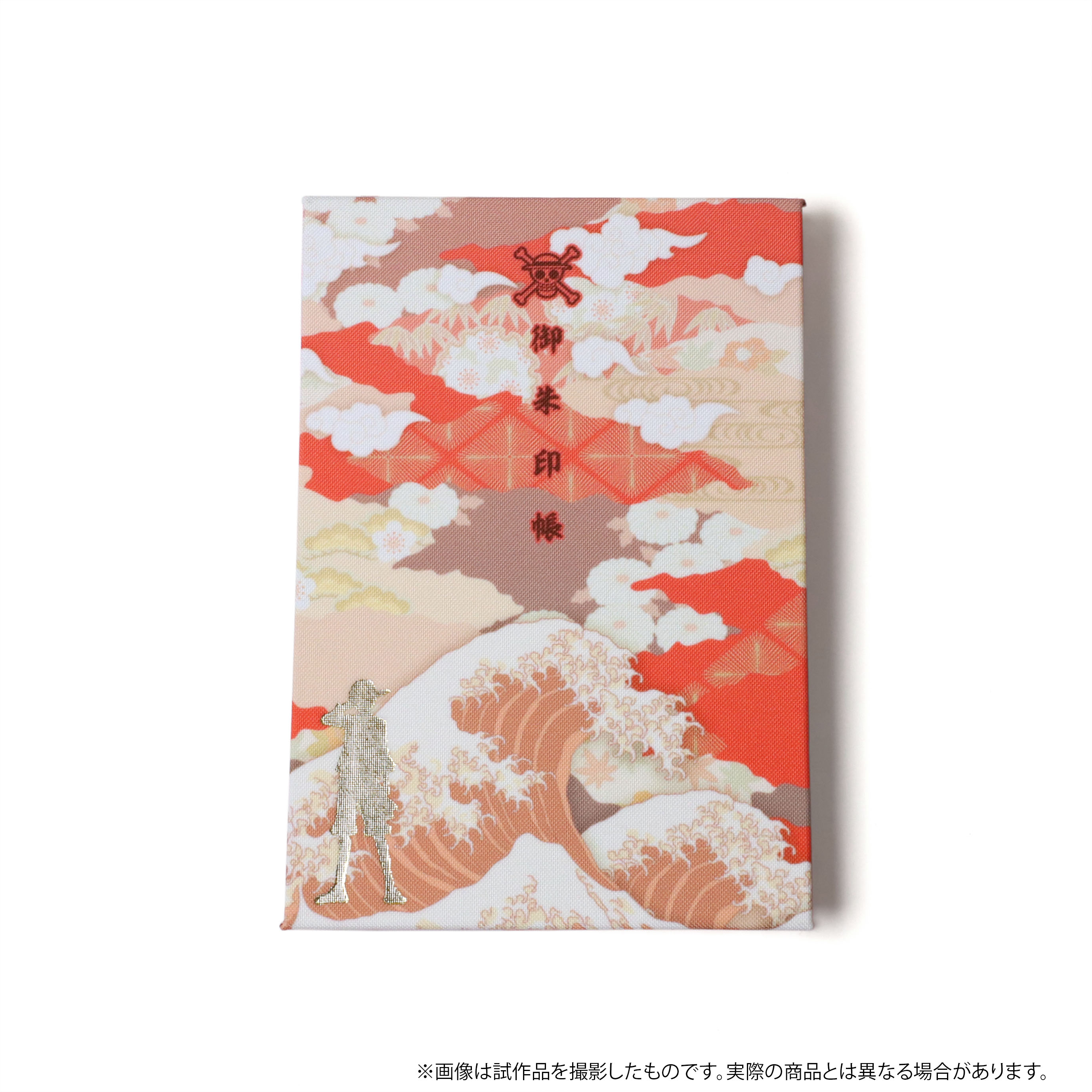
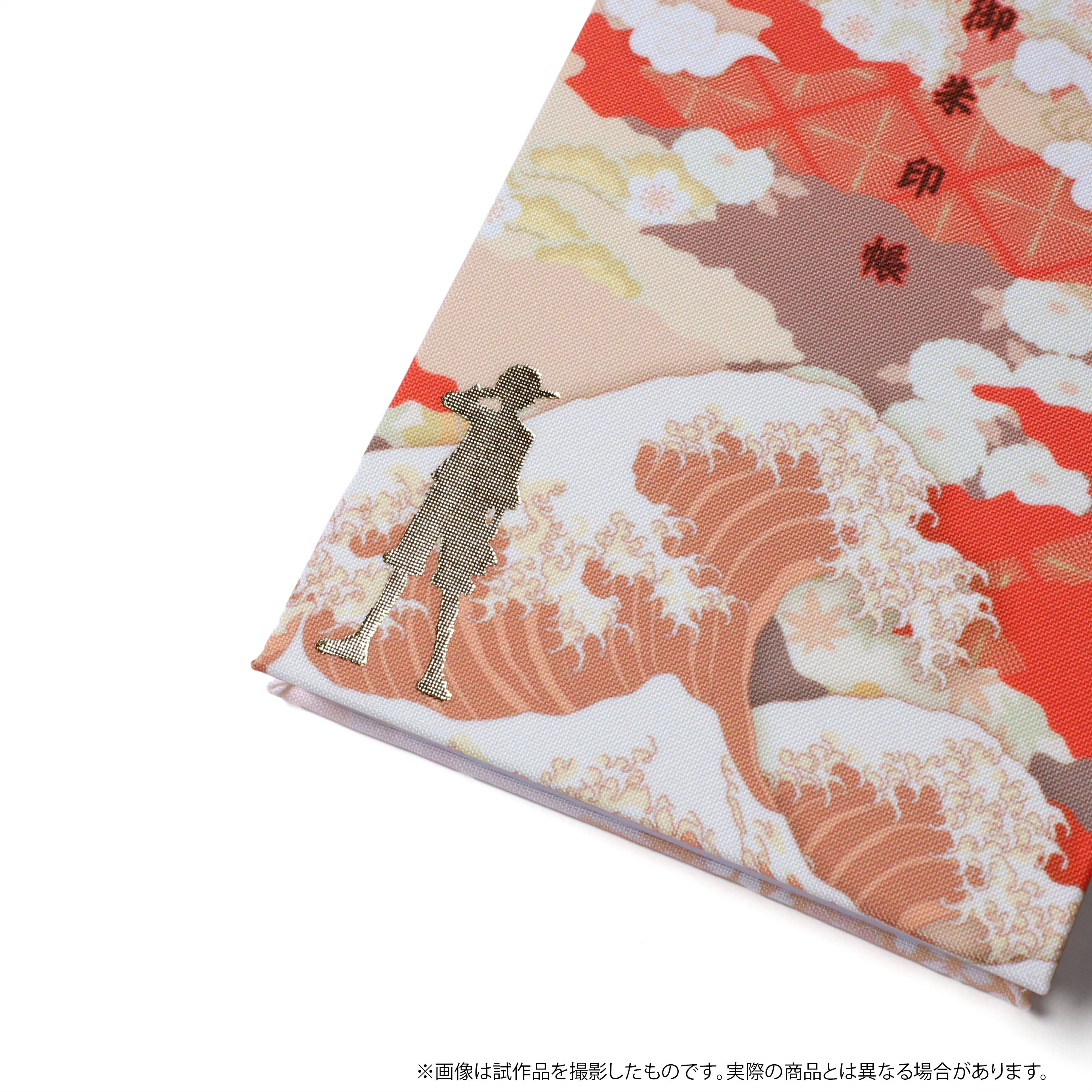
Goshuincho – Trafalgar Law
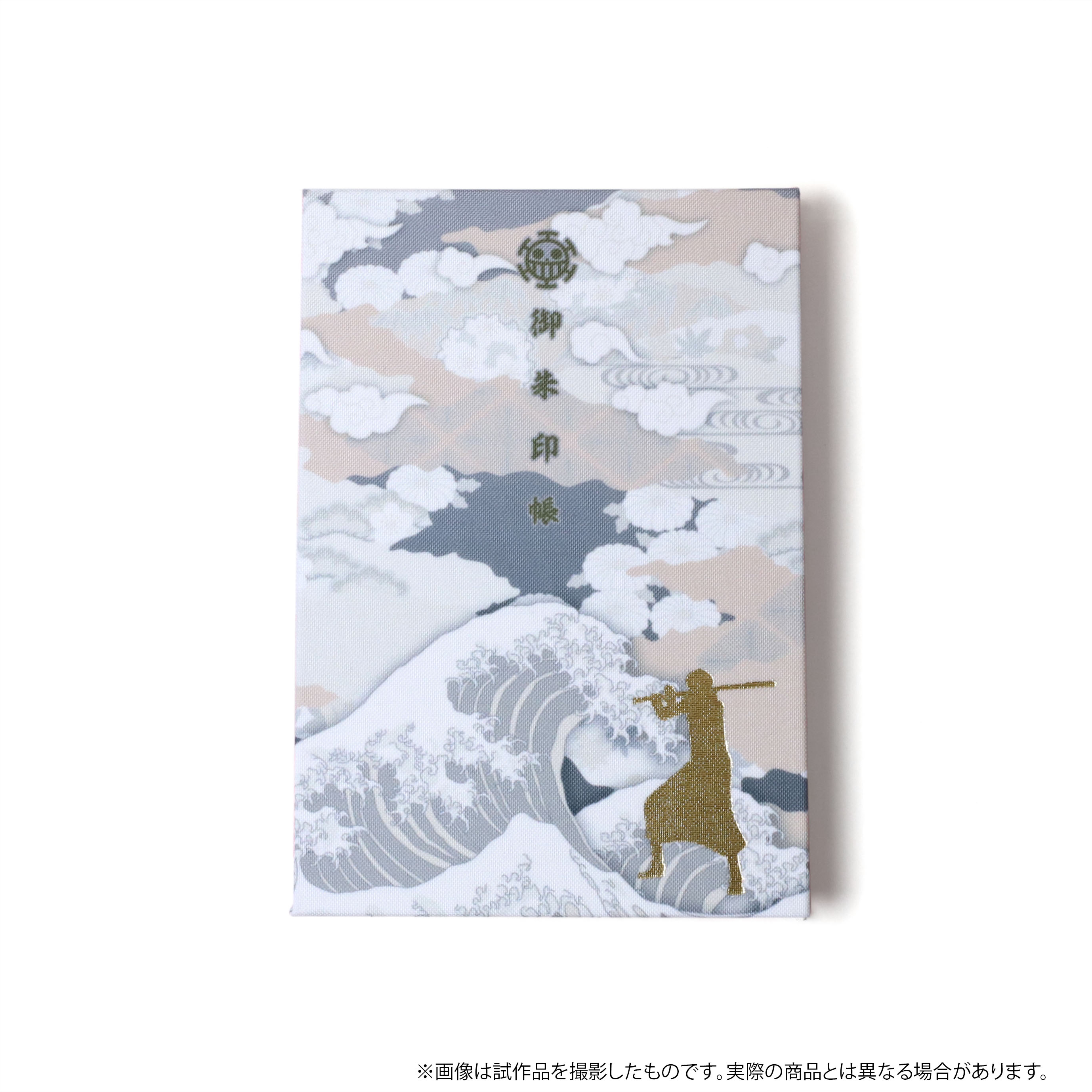
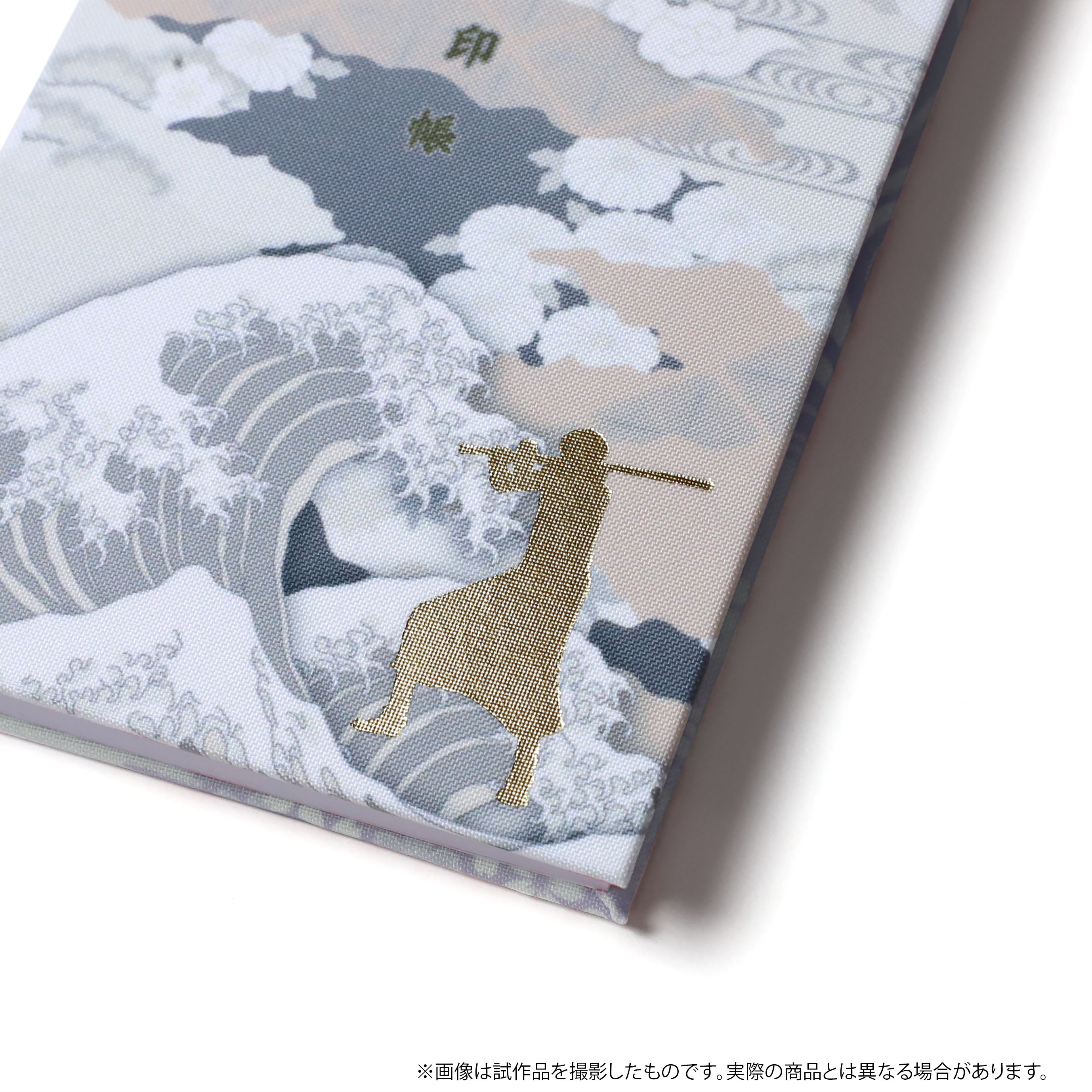
The designs feature Luffy and Trafalgar Law made from gold leaf stood against backgrounds with traditional Japanese designs. Both books also feature their respective pirate logos. They are the perfect gift for any fan of One Piece heading to Japan to see the temples and shrinesーor to just add to their collection at home!
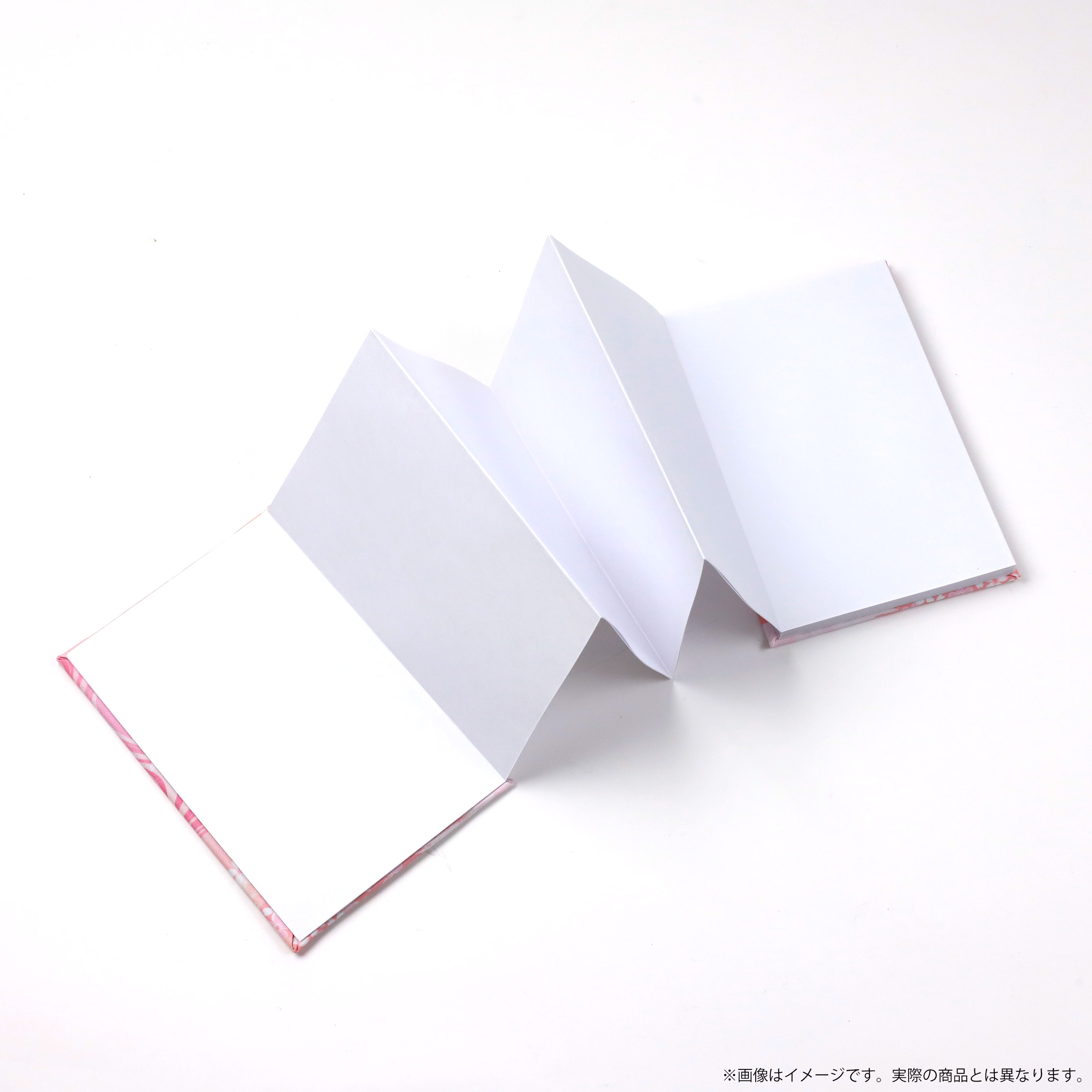
The order window for these books will run from March 16, 2020 to April 15, 2020 at Animate, Animate online, Movic online, at select Mugiwara storesーthe latter being the official One Piece merchandise shop. You won’t be able to order them after April 15, so be sure to get your order in quick.*Photos are of the product still in development. Actual product is subject to alterations.
*Product sales subject to change, extensions, or cancellations.
©Eiichiro Oda / Shueisha・Fuji TV・Toei Animation
Information
Goshuincho (2 Designs)
Price: ¥3,300 each (Tax Included)
Size: Approx. 16cm x 11cm
Product: Front Cover – Cloth with gold leaf / Inside: 24 folds
Order Window: March 16, 2020 – April 15, 2020Release Date: June 19, 2020
Order here: https://www.movic.jp
-
Tokyo Stroll: The Café That You Want to Visit to See Someone #12 – ‘J-COOK’ in Gaiemmae
In this edition of The Café That You Want to Visit to See Someone, I visited J-COOK in Gaiemmae, a place I visited one time while off work which ended up in me wanting to absolutely feature it in the series!
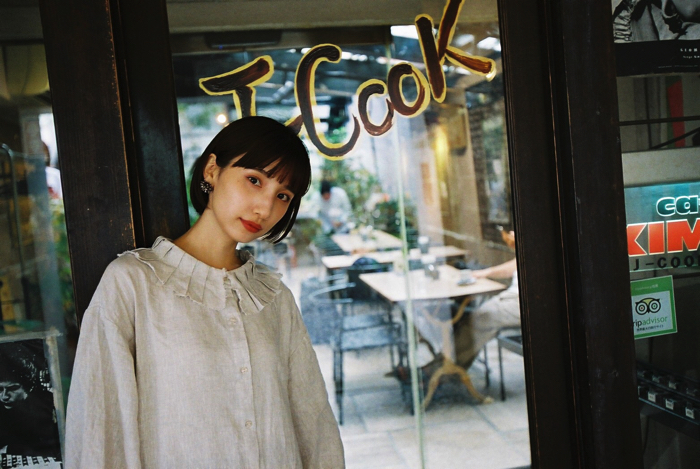
It’s just a 5-minute stroll from Gaiemmae Station.
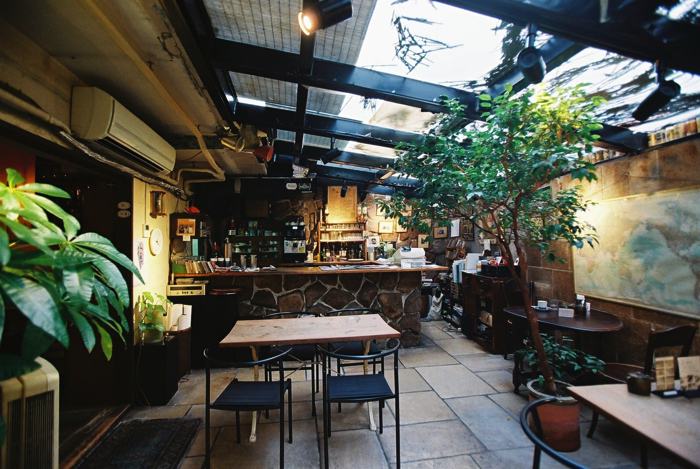
The cafe enjoys lots of sunlight, which is brightened further by all the plants scattered through the shop. The cafes I have visited to date are often a little darker with only a little light seeping through the windows to create a certain atmosphere, and they are wonderful, but this was the first I have ever visited with so might light and so many plants. The air felt clear, adding to the level of comfort in the cafe, perhaps because there are so many plants adorning the interior.
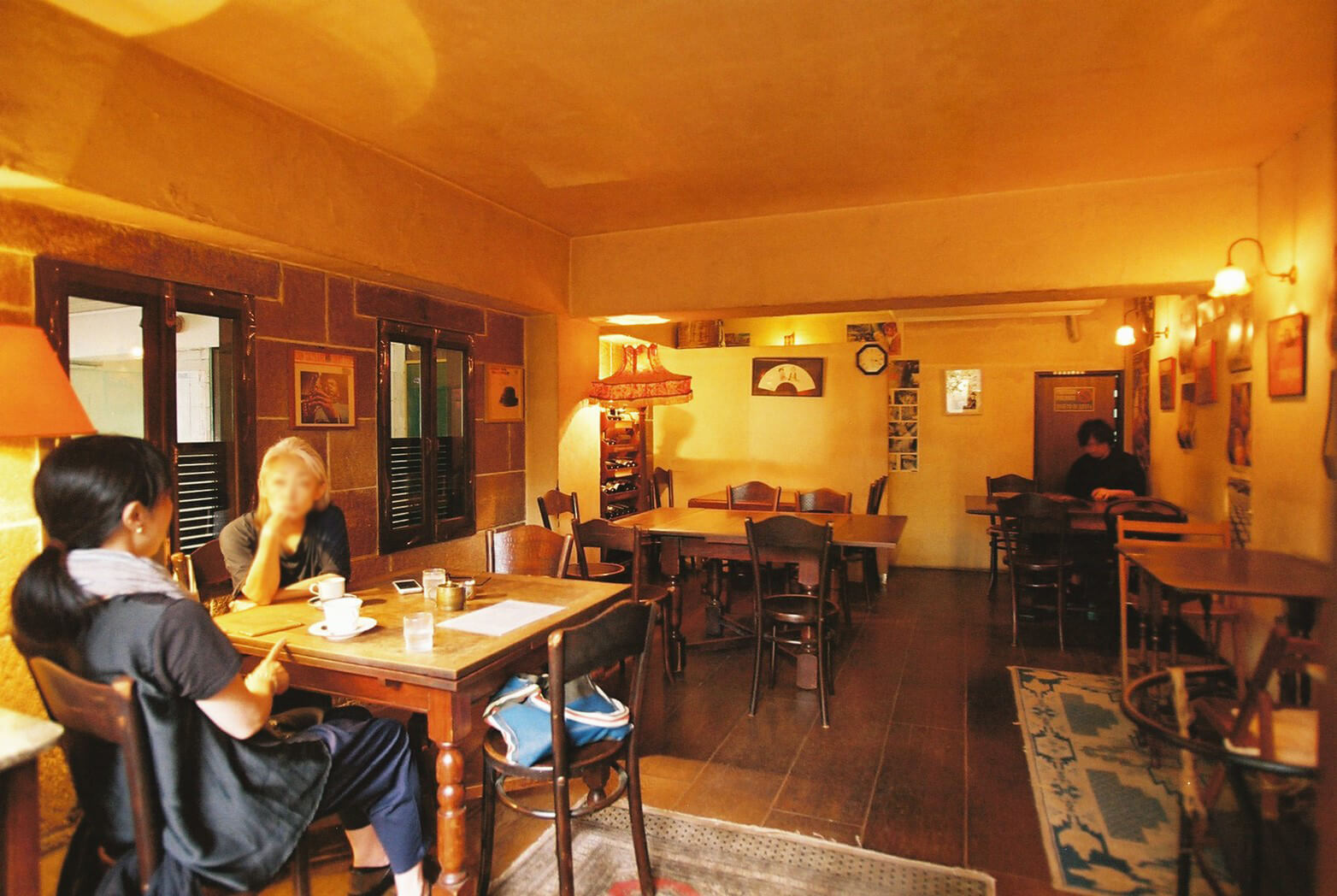
The cafe also has a space with a slightly more darker light and atmosphere on the left side. I haven’t sat in that area yet, so I think I’ll try it out on my next visit.
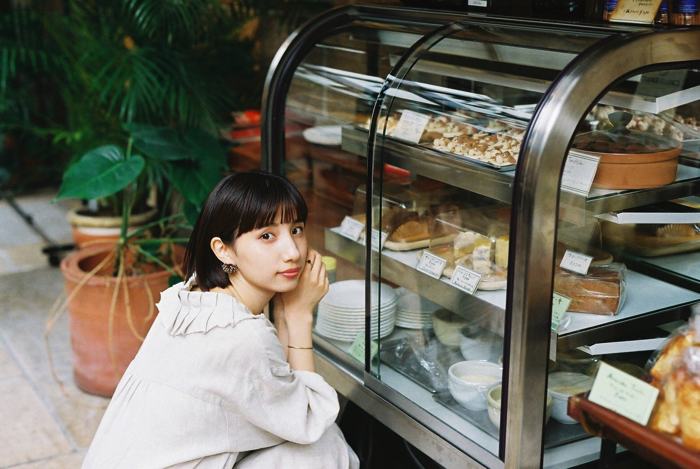
When I come to J-COOK, my eyes always wander over to the marzipan creations (¥450).
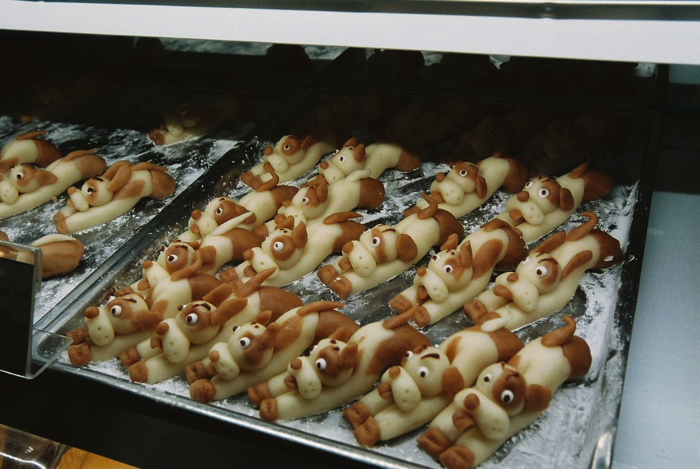
These ones here were actually all individually handmade by the owner’s husband from the early morning.
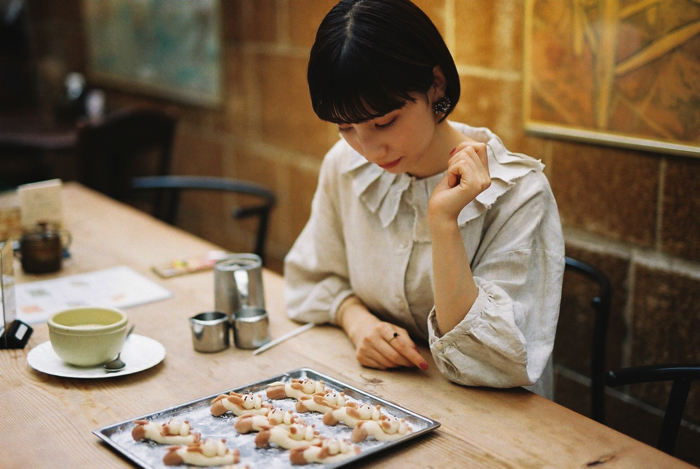
If you look really closely, you’ll notice all the dog designs are different. When ordering, get to pick out which one you want, so try finding your perfect pup!
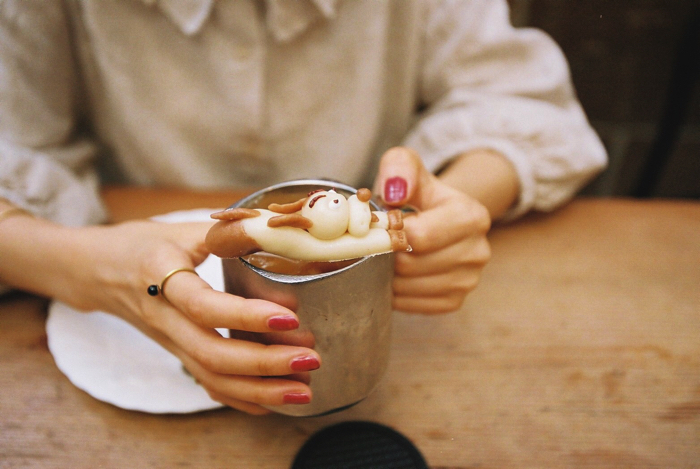
I had mine together with an iced coffee (¥450). The sweet marzipan is a delicious combination with the bitterness of the coffee.
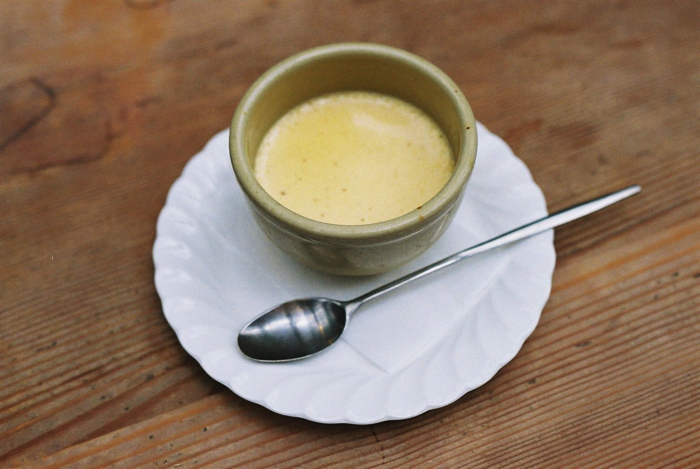
I also got some potted cream (¥450). It’s kind of like a Japanese custard pudding with just a moderate amount of sweetness.
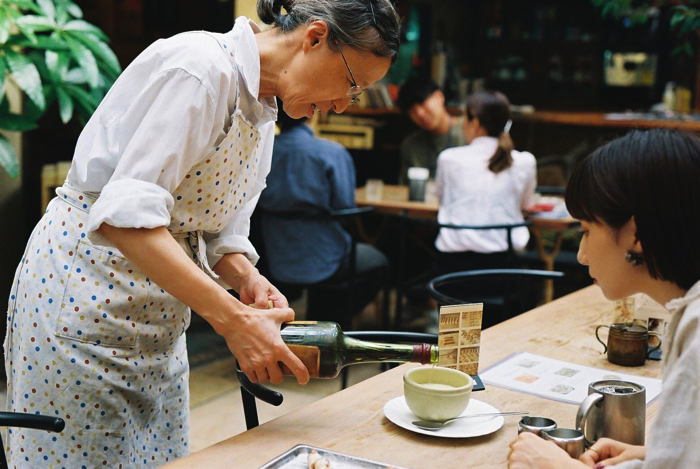
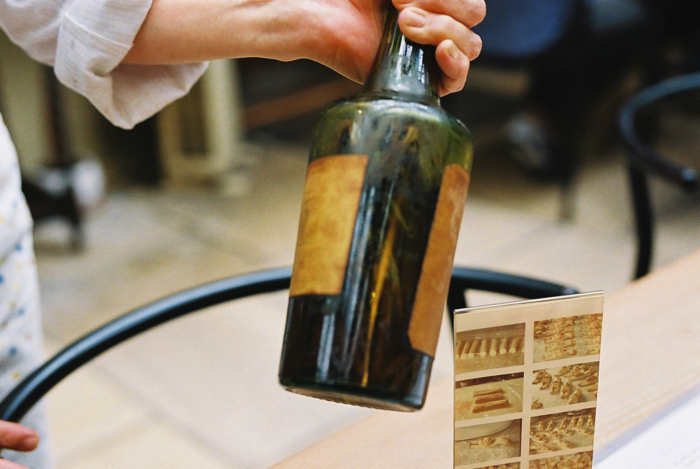
I had mine with a bit of brandy which had fragrant vanilla notes. They’ve had this brandy for 33 years since the store first opened.
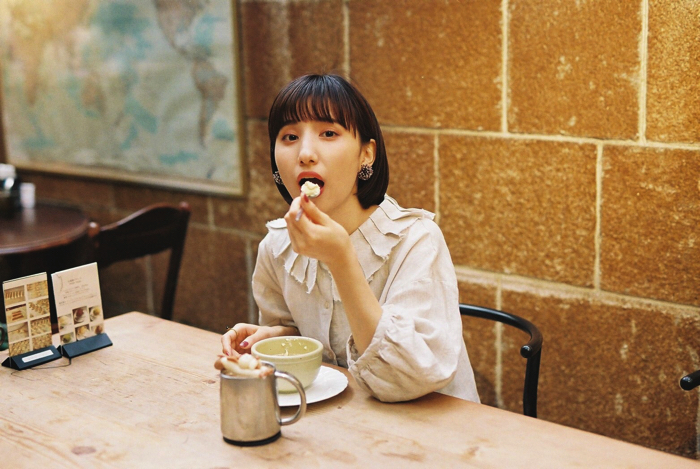
The cream was sensational, and the gentle notes linger afterwards.
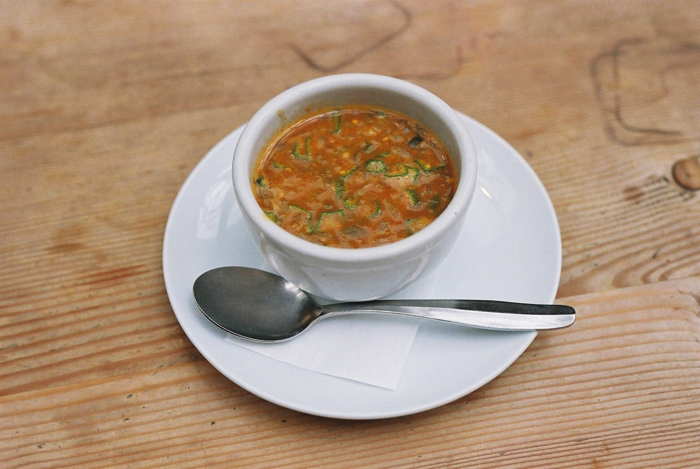
They have a lot of different homemade soups too which are perfect for the coming cold weather. I got the New Orleans-style gumbo soup. It’s spicy with clam and okra in it.
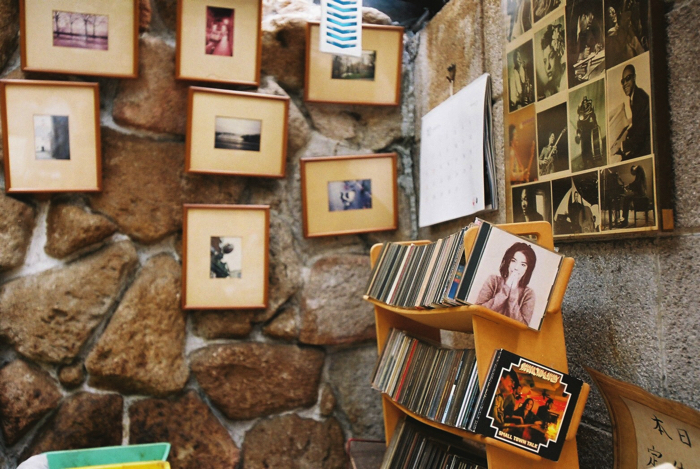
Relaxing jazz music plays in the cafe while you sit and enjoy your drink and meal.
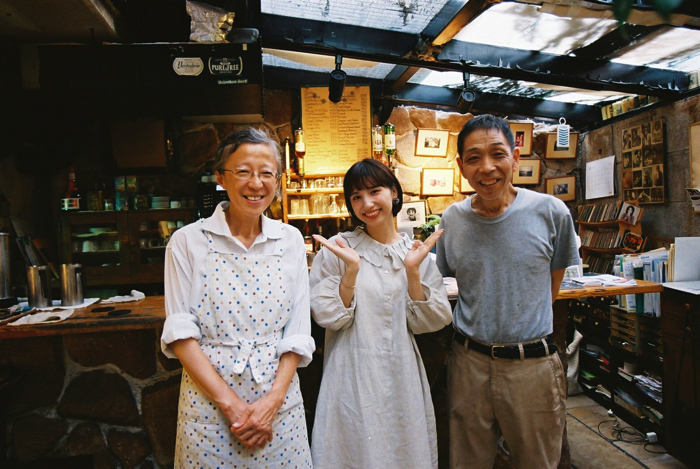
J-COOK is a wonderful little cafe run by a husband and wife. When I first came, the wife came and talked to me. She’s super friendly, and although it was our first meeting, she made me feel really comfortable and welcome. She must be full of happiness, which in turn naturally gives people who visit the strength to be positive and work hard.
I reckon their smiles have saved a lot of people.
I can’t wait to visit again!
Writer/Model: Ema Tanioku
Photographer: Haruka Yamamoto
Design: Yuko Abe (ASOBISYSTEM)
Translator: Joshua Kitosi-Isanga
Information
J-COOK
Address: 3-36-26 Jingumae, Shibuya, Tokyo
Opening Hours: [Tue-Sat] 8:00-22:00 (Last Orders) / [Sun] 11:00-18:00 (Last Orders 17:30)
Closed: Mondays
Official Twitter: @jcookjp
-
Kyoto’s Capsule Hotel Anshin-Oyado Now Offering Plan to Take Guests to Sacred Sword Locations
10.September.2019 | SPOT
Capsule hotel Anshin-Oyado Premiere Kyoto Shijo Karasuma introduced a new plan on September 6 which gives guests the chance to go and see sacred places across Kyoto associated with Japanese swords.
October 4th is known as “Japanese Sword Day” in Japan. In Kyoto alone, the number of people visiting from distant places to see sacred sword places, as well as collect goshuin stamps from shrines and temples, is on the increase-as is the number of people staying at Anshin-Oyado Premiere Kyoto Shijo Karasuma. That’s where this new guest plan comes into play.
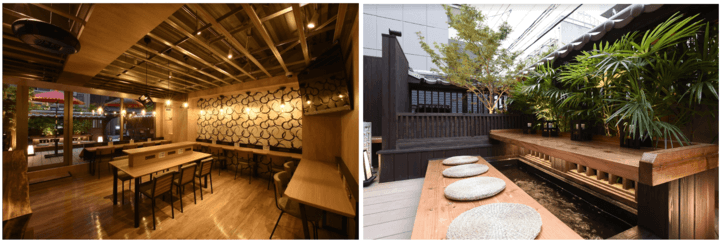
The plan will take guests around different parts of Kyoto, so the hotel as prepared three options to cater to all guests’ needs: one that offers a rental bicycle, a ticket to use the subway or bus, or the normal plan. You will receive a map which shows you the most efficient way to get around all the locations. There is also a QR code on the map which not only shows where you can park your bicycle if you go for that option, but also where to collect goshuin stamps.
Moreover, to really slash home those sword memories, guests will be lent a free selfie-stick which also acts as a tripod. There is also a separate powder room for guests wanting to dress up in full sword cosplay gear too which can be used until checkout.

Guests can also rent a portable power bank for their phone so they don’t have to worry about their battery running out when snapping photos amongst other amenities, and have free use of the massage chairs, foot baths, open-air baths, and more to rest up after their long pilgrimage around Kyoto seeing the different swords.
Information
Sacred Sword Site Plan
Running: September 6, 2019 – Late December 2019 (subject to change)
Target: Guests staying at Anshin-Oyado Premiere Kyoto Shijo Karasuma
Information (Japanese): http://ur0.work/UmQa
Anshin-Oyado Premiere Kyoto Shijo KarasumaAddress: 239-1 Shinmeicho Higashihairu Higashinotoin Ayanokojidori Shimogyo-ku, Kyoto, Kyoto Prefecture, 600-8092
TEL: 0120-083-554
Official Website (English): https://www.anshin-oyado.jp/english/kyoto/ -
Japan’s Keio Line Releases ‘Goshuin’ Stamp Book For Tourists
29.August.2019 | SPOT
In response to the rapidly increasing number of foreign tourists to Japan in recent years, Keio Corporation has designed an original Keio Line goshuin stamp book which will be released at the “Central Honshu Information Plaza in Keio Shinjuku” at Shinjuku Station on September 1.
A Goshuincho is a book for collecting goshuin, which are stamps or seals given at shrines and temples across Japan. Every shrine and temple has its own unique goshuin which are stamped alongside calligraphy handwritten by the staff there and then who write the date and the name of the temple or shrine.
When purchasing Keio’s book, you are given a pamphlet―available in English only―featuring lots of different sites you can receive goshuin up and down the train line.
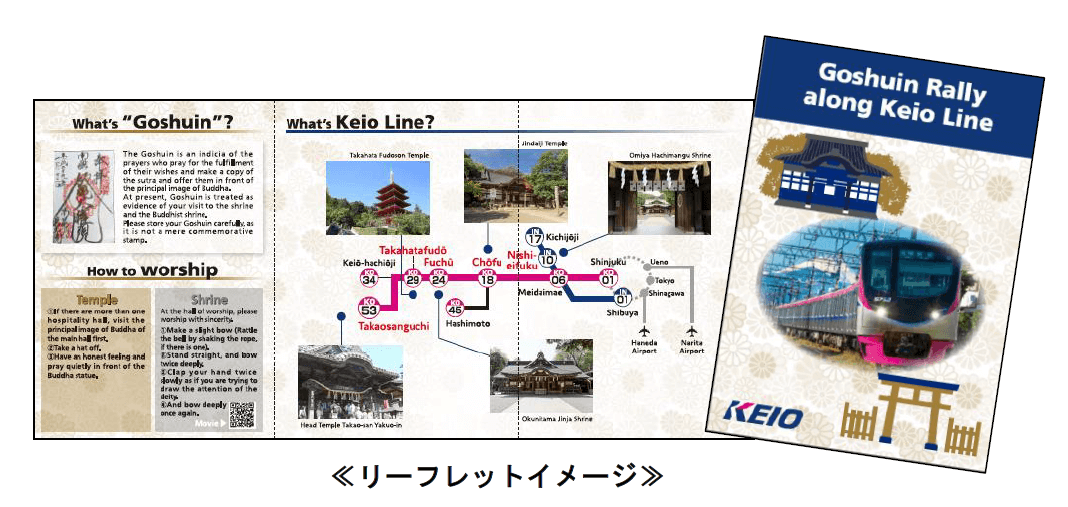
Sites include the Buddhist temple Yakuou-in (Hachioji, Tokyo), Takahata Fudoson Kongo-ji Temple (Hino, Tokyo), Ōkunitama Shrine (Chofu, Tokyo), Jindaiji Temple (Chofu, Tokyo), and Ohmiya-Hachimangu (Suginami, Tokyo). The pamphlet also explains how to obtain a stamp as well as the correct way to worship at these locations. It also details information about train ticket discounts on the Keio Line for foreign travellers which were introduced in February this year.
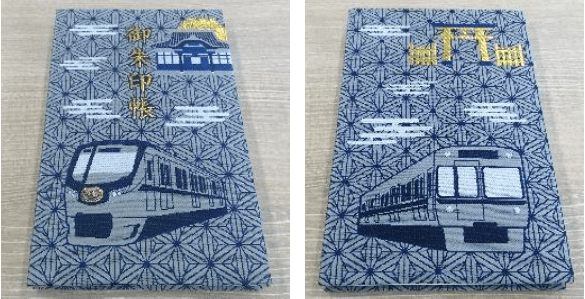
The book will also be available to purchase at Keio Rail-Land from October 14.
Information
Keio Line Original Goshuincho
Release Date: September 1, 2019
Available: At Central Honshu Information Plaza in Keio Shinjuku (Open 8:30-19:00). Also available at Keio Rail-Land from October 14.
Price: ¥800
Stock: 1,000 (Will discontinue once all are sold)
Keio Line Official Website: https://www.keio.co.jp/english/index.html
-
A Date With Yutaro: Soaking Up the Japanese Summer Sun & Visiting the Art Aquarium | Tokyo Stroll
It’s been a while since our last date with Yutaro. He’s been very busy with film shoots. He had some spare time today so we paid a visit to Nihonbashi for our next date. “ECO EDO Nihonbashi: Enjoy Cool Edo With All Five Senses” is an event held every year in the Nihonbashi area which takes the Edo period cultural idea of “coolness”―an in, to enjoy being cool during the summer-and puts a modern spin on it. There are many exciting things to look forward to, including the art aquarium which proves massively popular every year.
We gave ourselves more time to arrive at the meeting place to be in the safe side, but it seems Yutaro-kun was already there waiting for us!
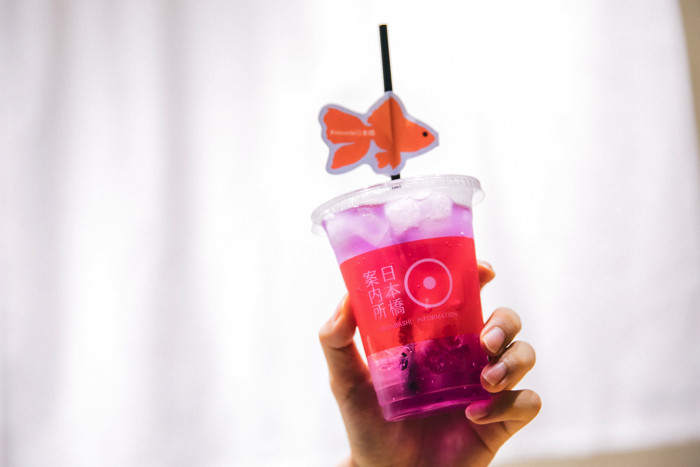
Nihonbashi Information Center | IPPIN CAFÉ “Sparkling Herb Tea” – ¥518 (Tax Included)
“Here, you must be boiling.” Yutaro-kun kindly offers a cup of IPPIN CAFE’s limited-edition sparkling herb tea. It’s a delicious mix of fizzy soda and lemon, a perfect refreshment for the summer. Since he ordered takeout the drink came with a goldfish straw. Goldfish are a staple sight during Japanese summer festivals so it’s very fitting for the occasion!
With our drinks in hand, it’s time to head to Nihonbashi for our Edo summer date!
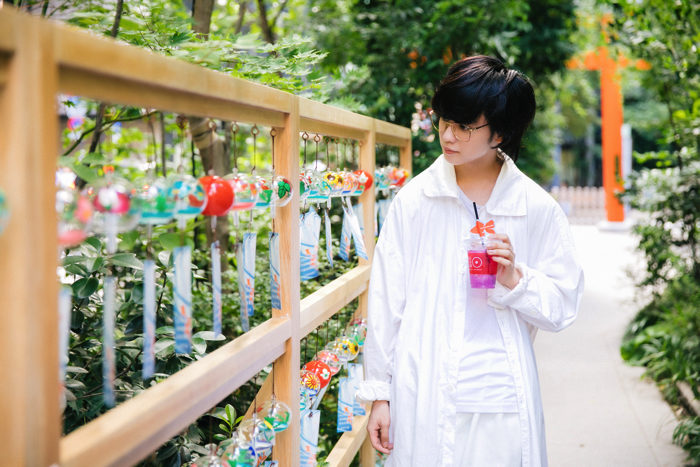
Wind-Chime Forest Path
Lining the path between Fukutoku Shrine and Fukutoku Garden is the Wind-Chime Forest Path where around 200 Edo-style wind chimes dangled. This year, during the evenings, the path is illuminated with beautiful lighting.
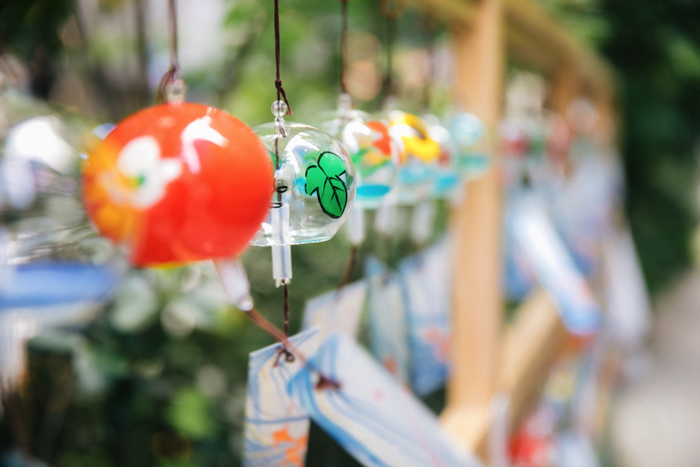
When the breeze rolls past the wind chimes ring one by one-a cool and refreshing sound.
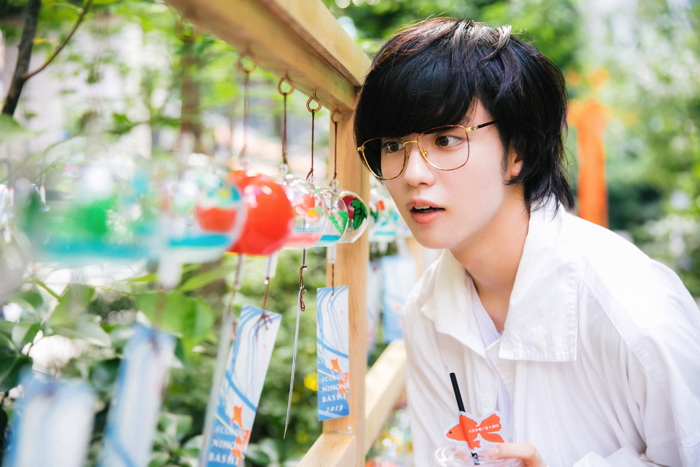
“I hear each one of these Edo wind chimes are individually handmade by craftsmen.”
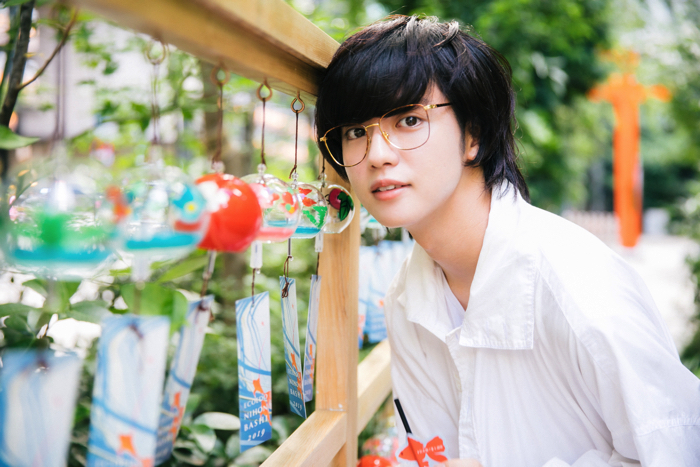
When you hear the sound of the wind chimes it makes you feel cool like a gentle breeze of the wind.
After strolling along the Wind-Chime Forest Path we make our way towards this year’s ECO EDO Art Aquarium event.
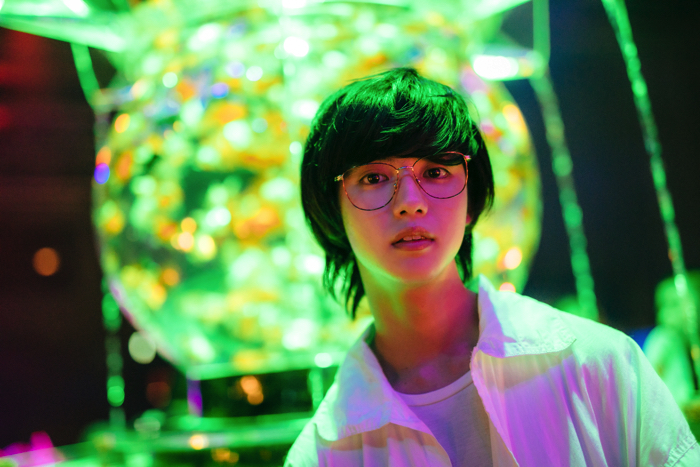
The moment we step instead Yutaro is already dazzled by all the goldfish: “Wow! I knew about this place from what I’d seen online, but this my first time here! This art aquarium really is something!”
The full title of the event is “ECO EDO Nihonbashi ART AQUARIUM 2019 ~Edo, Coolness of Kingyo~ & Night Aquarium.” Goldfish were a huge part of the common culture in Nihonbashi during the Edo period. This event recreates that and brings that “coolness” aspect while combining it with contemporary art by having people observe the fish in lots of different artistic environments.
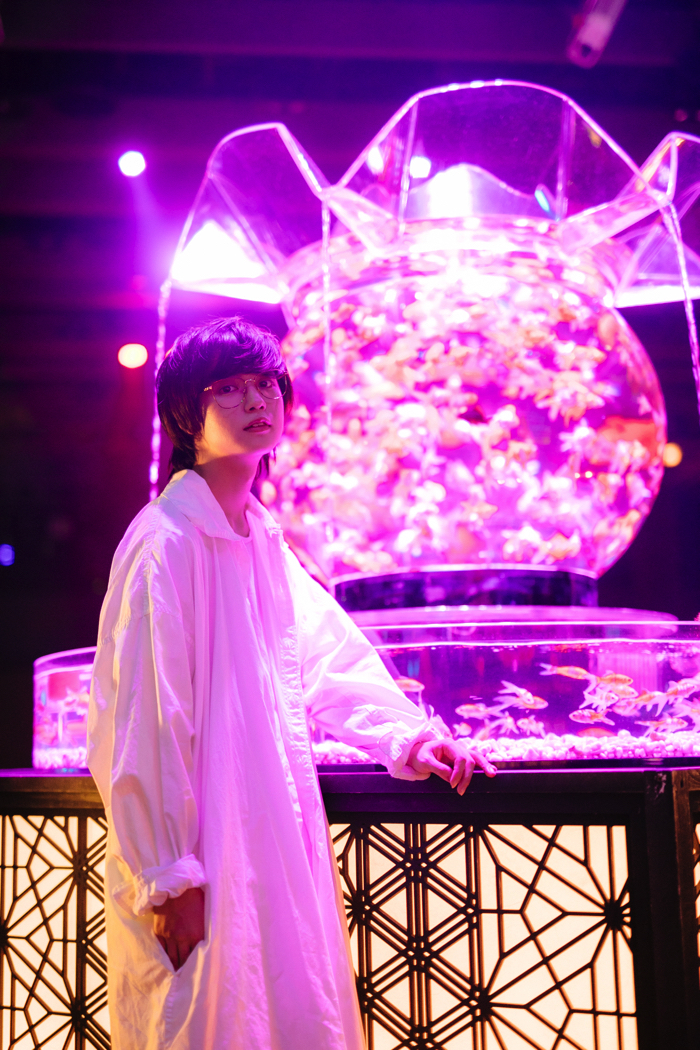
Super Oiran
“This is the biggest fish tank, apparently it has 3,000 fish swimming inside!”
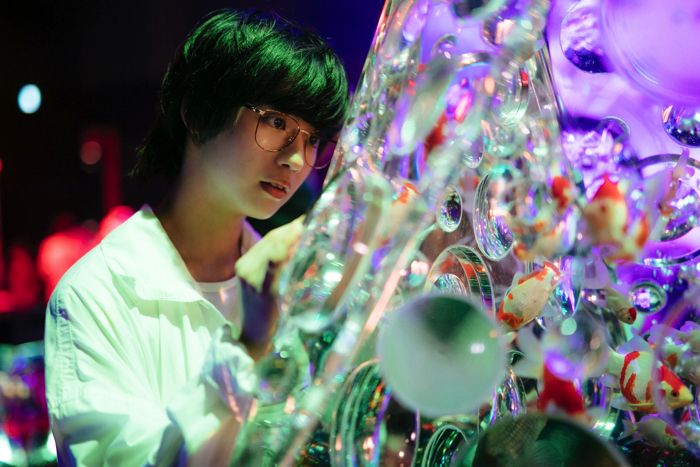
“Seeing the light reflect on the water from the illuminations lets you see the fish in a different light, doesn’t it?”
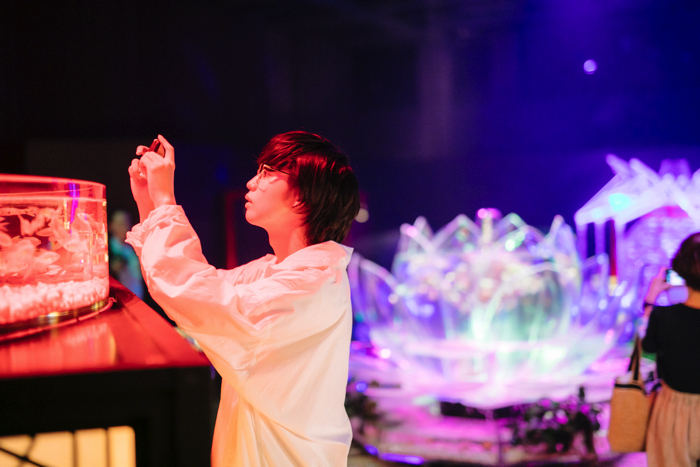
Looks like Yutaro-kun is having a lot of fun taking photos.
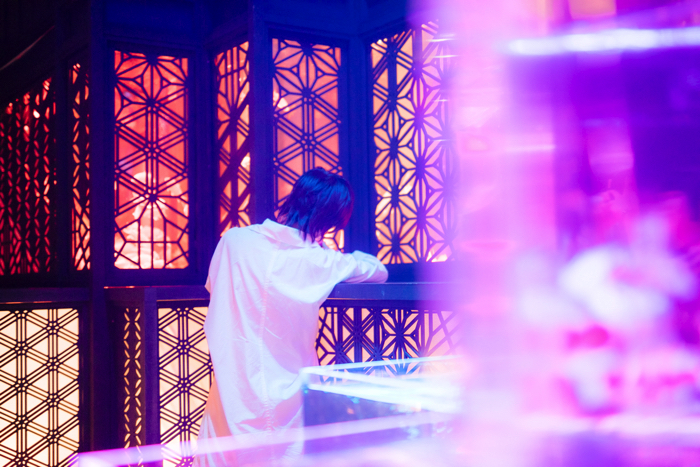
He’s equally interested in just about every fish tank!
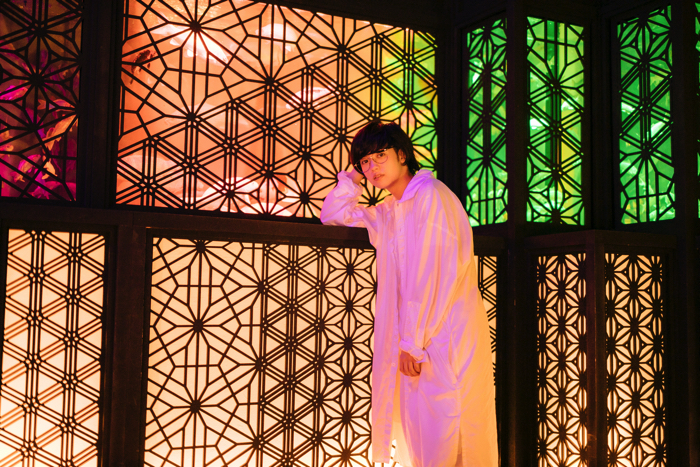
These other fish tanks have a different aesthetic to them. Their Japanese-style designs make for great photos.
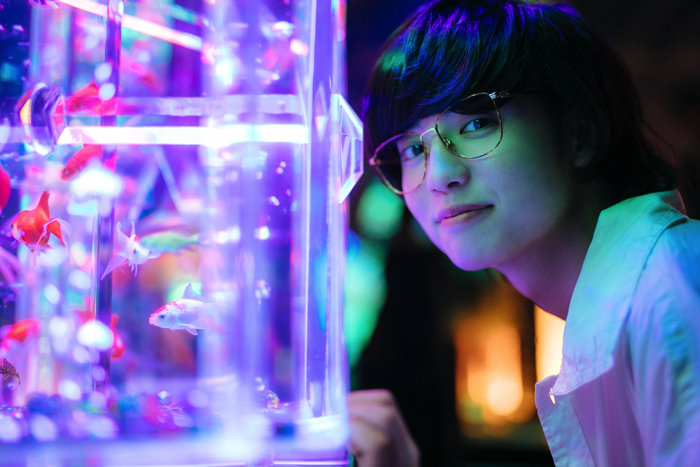
Kaleidorium 3D
“This one’s beautiful, it’s like a kaleidoscope.”
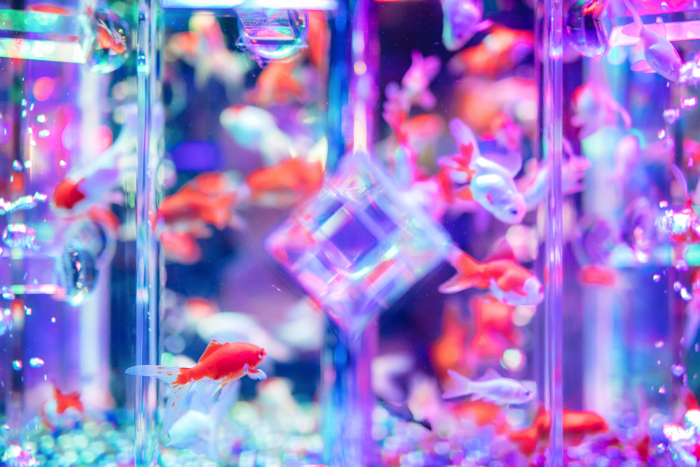
It really does look like one. When you take a peek instead you can glimpse all kinds of colourful fish gently swimming around.

Ceiling Kingyo
“There’re goldfish swimming on the ceiling too. So cool! This aquarium is incredible. It brings together the great culture of Edo and contemporary art.”
The Art Aquarium bustles every single year with visitors, but this year will mark its last run. It’s being held at Nihonbashi Mitsui Hall, so if you have the chance to go then please do.
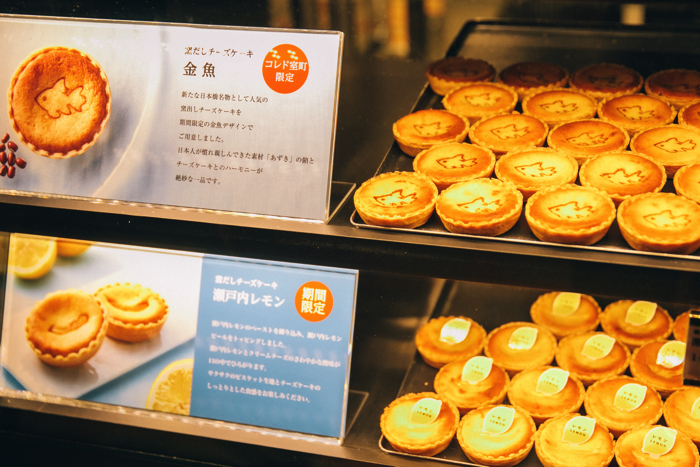
We of course checked out some local Nihonbashi treats too! We stopped by morozoff for some cheesecake after the aquarium.
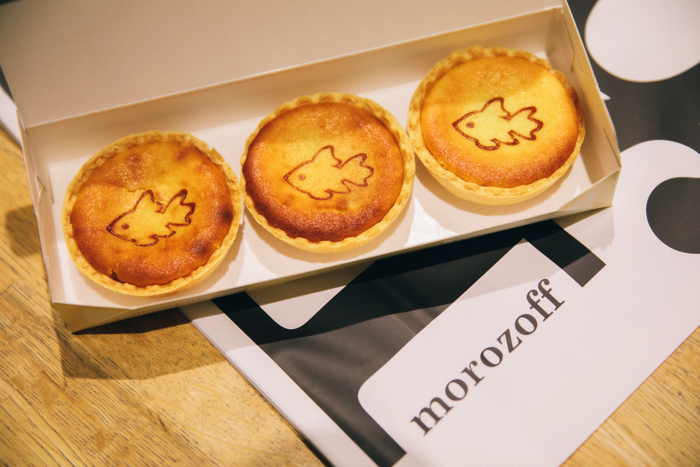
morozoff Kamadashi Cheesecake (Goldfish) – ¥270 Each (Tax Included)
These cute cheesecakes with their goldfish designs are available for a limited time only. They’re filled with sweet red bean paste. They perfect with iced tea.
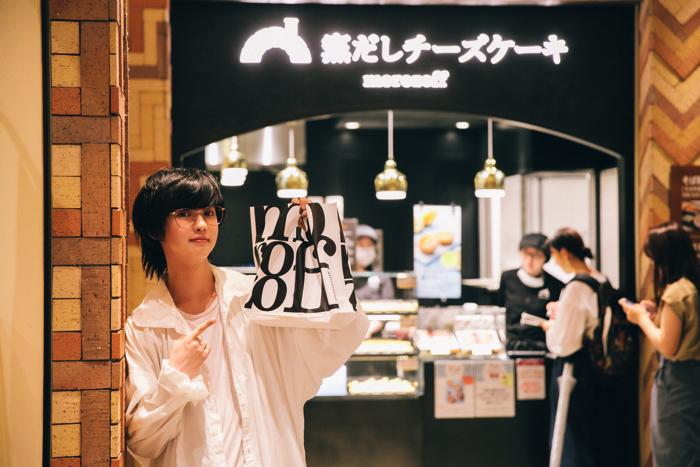
“Got some! Let’s eat them while we head back.”
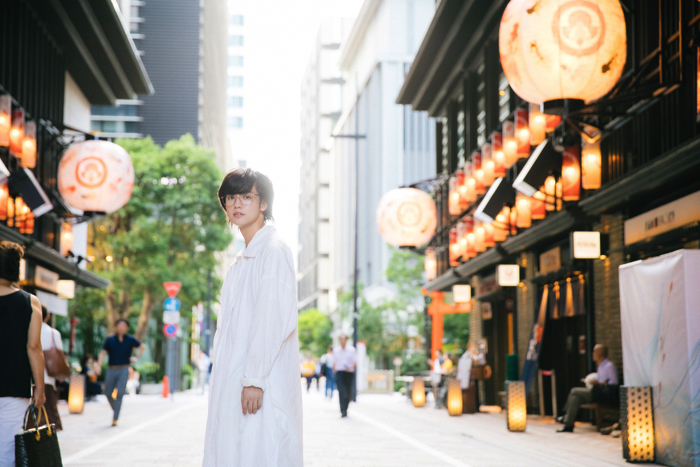
Goldfish Lantern Walkway
Our first date in Nihonbashi was so much fun. While on the date Yutaro-kun spoke about the new live-action film he’s in, Kaguya-sama: Love Is War.
“It’s a romance film with mind games to try and make the other person confess their love. I play the character Tsubasa. His number one highlight scene is the kabedon scene. That was my first day shooting, so I was super nervous, but I got along well with the other actors, and the atmosphere on set was harmonious, so I was able to relax for the shoots. Tsubasa is a genuine guy who will believe things that have been said to him in earnest. You’ve definitely gotta check out all his scenes throughout the film!”
“A lot of the cast are the same age as me, so we were all energetic together in the waiting room. There’s a scene at the end where all the cast get together. It took 3 days to shoot so we ended up getting along really well.”
“This film has made me realise that love comes in many shapes, and that mind games happen in a variety of ways between guys and girls. There’s cute scenes that express that small bit of pride that teenagers have, the embarassment they feel, when they get butterflies, scenes that will warm your heart. The film has various elements to it so I thoroughly enjoyed watching it myself. I hope that couples in love in their teens and twenties watch it, and I also hope that married couples watch it and crack up laughing too.”
“In the film it’s summer break, and they go and see fireworks and stuff. It’s definitely one to watch durnig the summer. You’re gonna come watch it too, right? Shall we go?”
An offer we cannot refuse! We’ll definitely go and see it with you, Yutaro-kun!
Model: Yutaro
Writer: Yuki Yokoo
Photographer: Kayo Sekiguchi
Information
ECO EDO Nihonbashi 2019 ~Enjoy Cool Edo With All Five Senses~
Running: July 5, 2019 – September 23, 2019
Location: Nihonbashi Area
TEL: 03-3242-0010 (Nihonbashi Information Center)
Event Page: https://www.nihonbashi-tokyo.jp/en/ecoedo2019/
ECO EDO Nihonbashi ART AQUARIUM 2019 ~Edo, Coolness of Kingyo~ & Night Aquarium
Running: July 5, 2019 – September 23, 2019
Location: Nihonbashi Mitsui Hall Floor 5F (Entrance at 4F), COREDO Muromachi 1, 2-2-1 Nihonbashimuromachi, Chuo Ward, Tokyo
Opening Hours: Art Aquarium 11:00-19:00 / Night Aquarium From 19:00
[Sun-Fri] 11:00-22:00 (Last Entries 22:00) [Sat & days prior to public hoiday] 11:00-23:30 (Last Entries 23:00)
Access: Directly connected to Exit A6 of Mitsukoshimae Station, accessible on the Tokyo Metro Ginza Line and Hanzomon Line / Directly connected to Shin-Nihombashi Station / 8-minutes on foot from East Exit of Kanda Station JR 8-minutes on foot from Nihonbashi Exit of Tokyo Station
TEL: 03-3270-2590
Event Page: https://www.nihonbashi-tokyo.jp/en/ecoedo2019/contents/005.html
Kaguya-sama: Love Is War Film
Release Date: September 6, 2019
Adapted from the manga of the same name by Aka Akasaka (Shueisha/Weekly Young Jump)
Cast: Sho Hirano (King & Prince), Kanna Hashimoto, Hayato Sano, Natsumi Ikema, Nana Asakawa, Mayu Hotta, YUTARO, Takashima Masahiro, Jiro Sato
Official Website: https://kaguyasama-movie.com/
TALENT PROFILE
Yutaro
Yutaro was born in Hiroshima on June 3rd 1998. His modeling career has earned him lots of attention as a fashion icon of the new generation. The famous model also works as a “charisma” shop assistant. Yutaro has gained his reputation as a “mysterious and handsome guy” from his appearance on Japanese variety shows. His debut was made on the show “Gyoretsu no Dekiru Horitsu Sodanjo” and has since then appeared on numerous different TV shows. He challenged himself to appear on stage for the very first time in March this year and is gaining popularity by the day for his diverse work.
-
Tokyo Stroll: The Café That You Want to Visit to See Someone #11 – ‘Hatoya’ in Asakusa
In this edition of The Café That You Want to Visit to See Someone, I visited Hatoya which is located in Asakusa Shin-Nakamise Arcade.
The streets of Tokyo’s historical district of Asakusa are packed to end with cafés. You can be spoiled for choice, but Hatoya stood out to me in particular as it’s an especially old café. Business there began back in 1927 but the actual building was built back in the Taisho period, meaning its history spans more than 90 years ago!
The outside appearance of the shop is smart and chic so it’s very easy to spot. I couldn’t tell by looking from the outside, but the inside is full of old decorations and odds and ends which make you feel the history of the café.
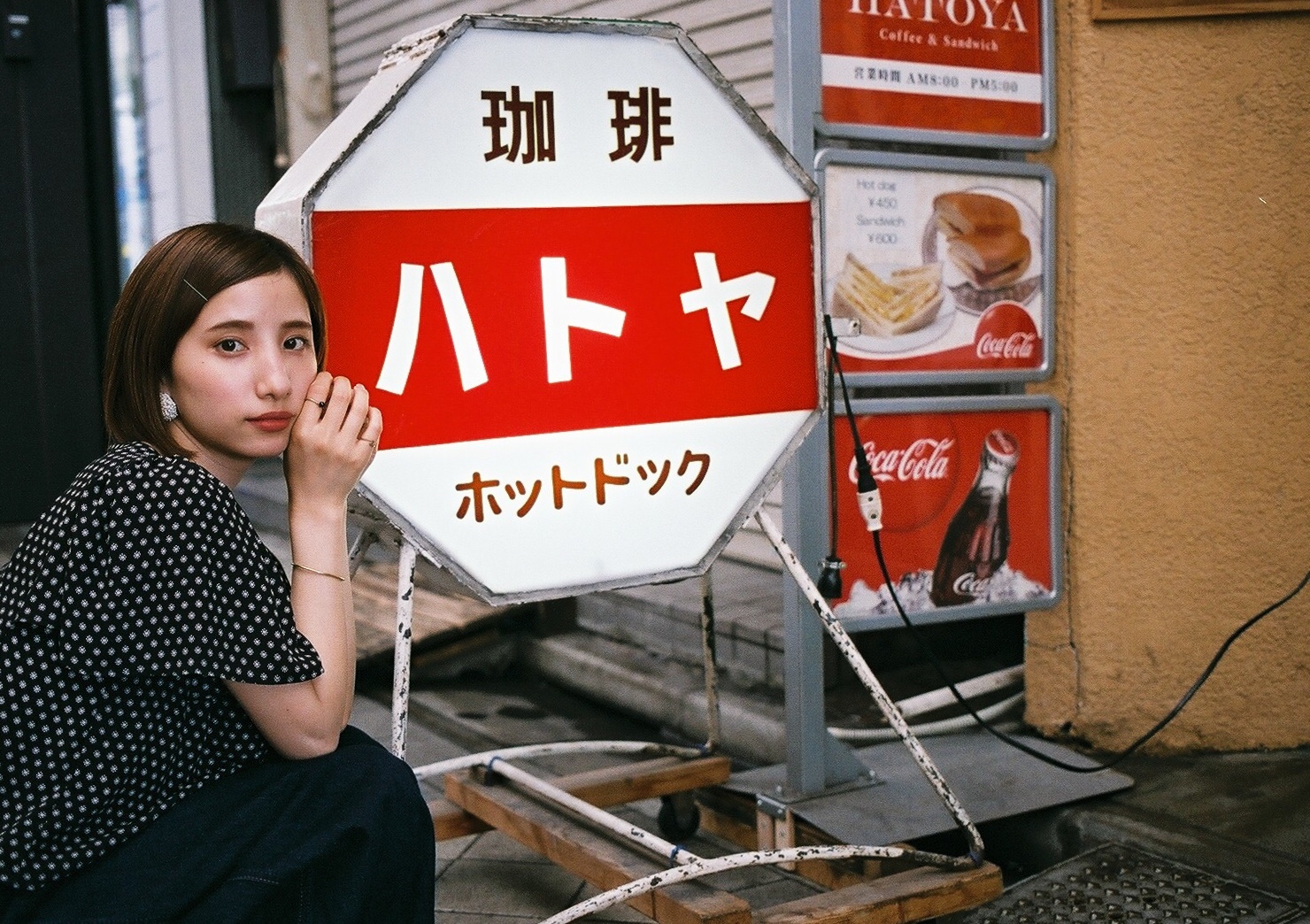
One reason why I wanted to visit this place so much is because I was drawn to their logo. It’s really retro-kawaii so I just couldn’t resist!
You should take some photos too if you visit.
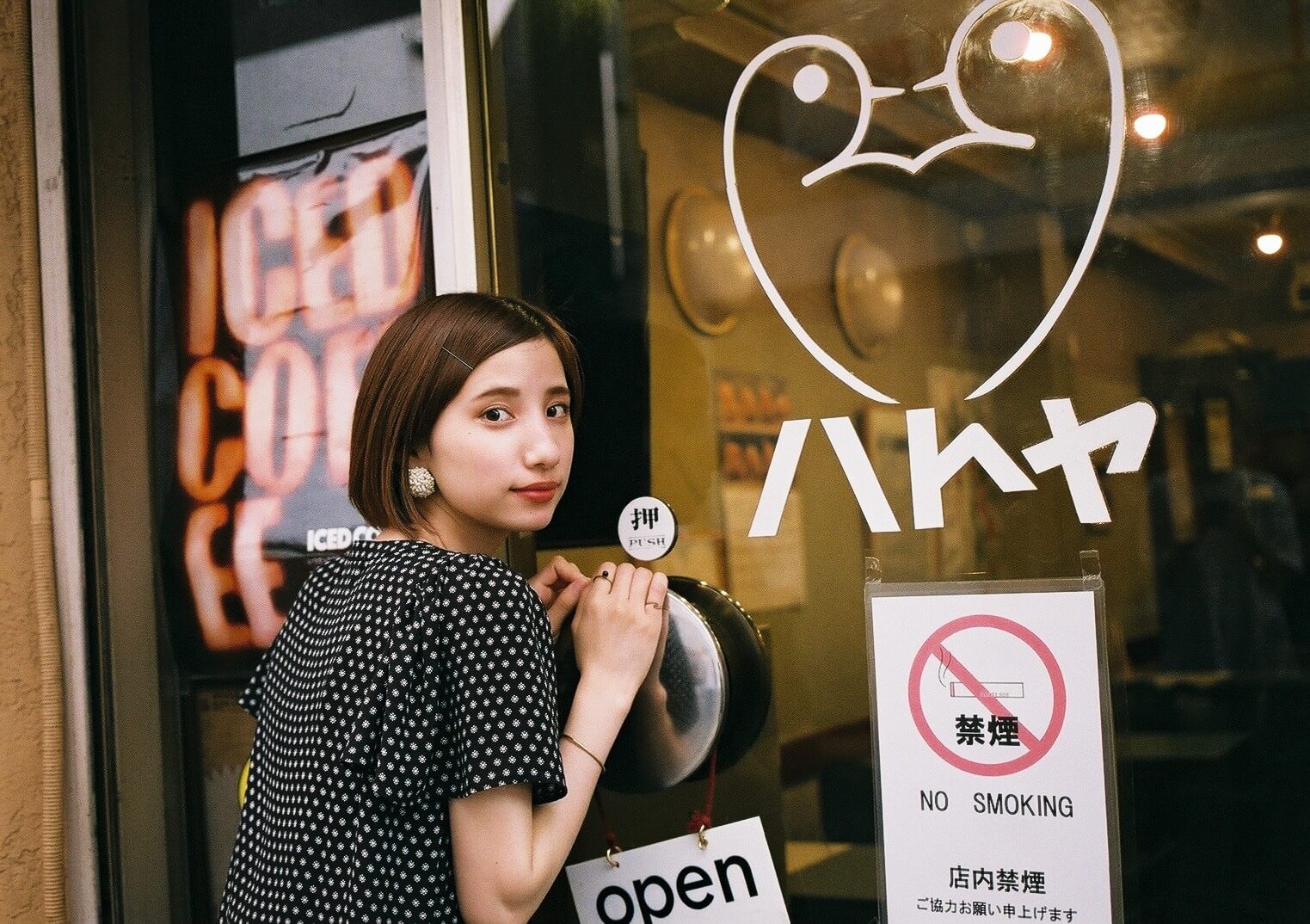
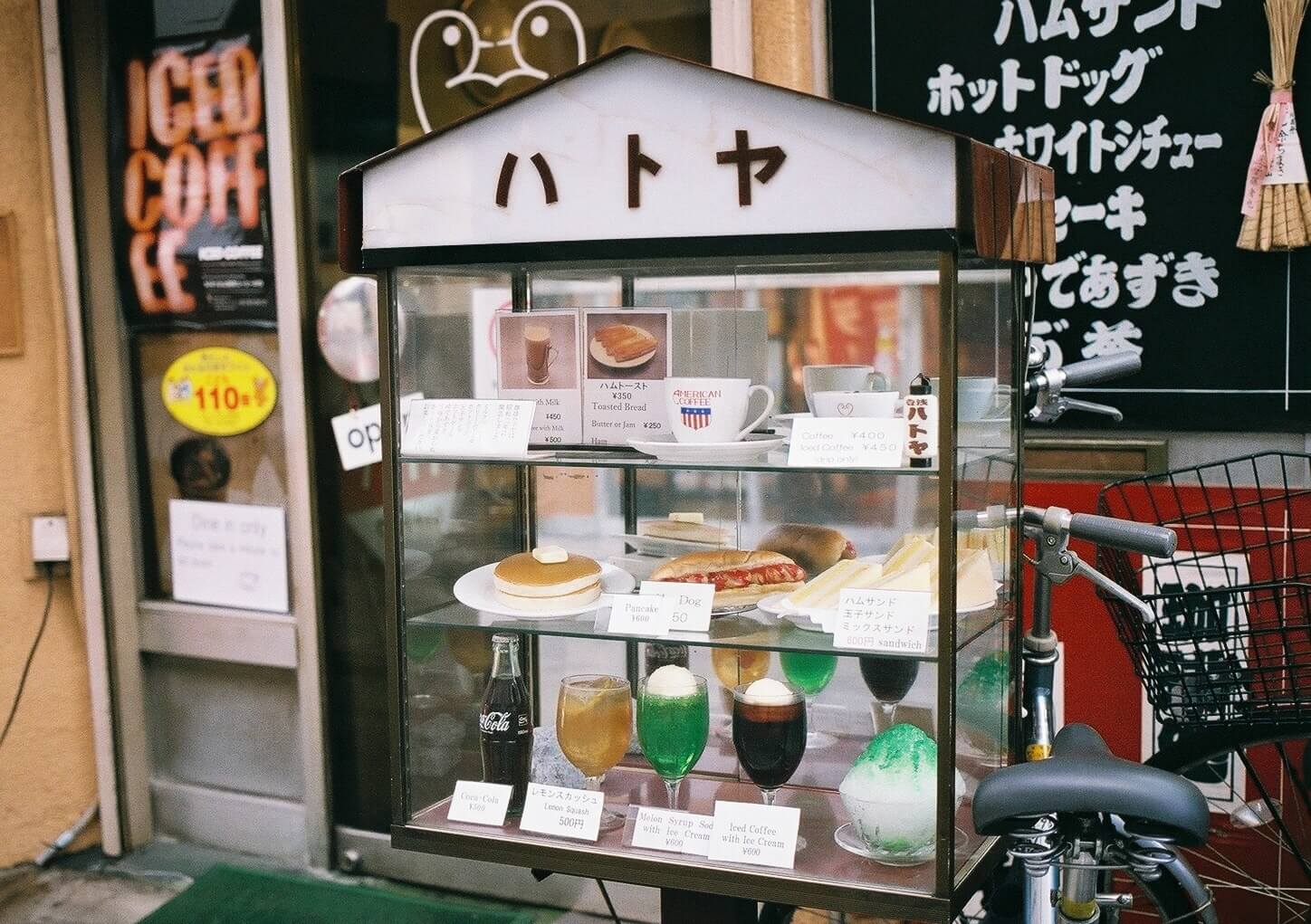
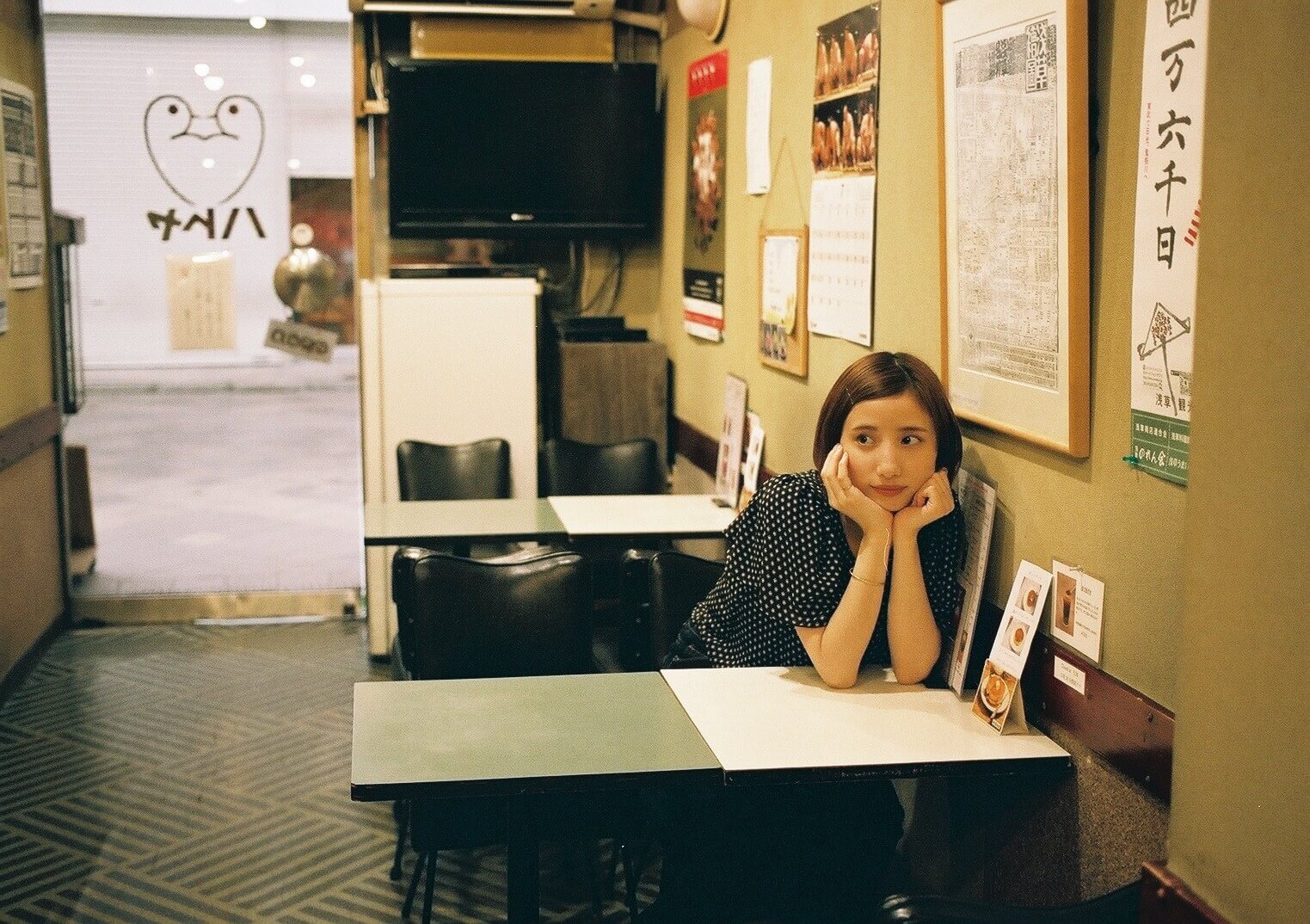
It was time to head inside. It’s really comfy and cozy in there; the atmosphere was nice and relaxed.
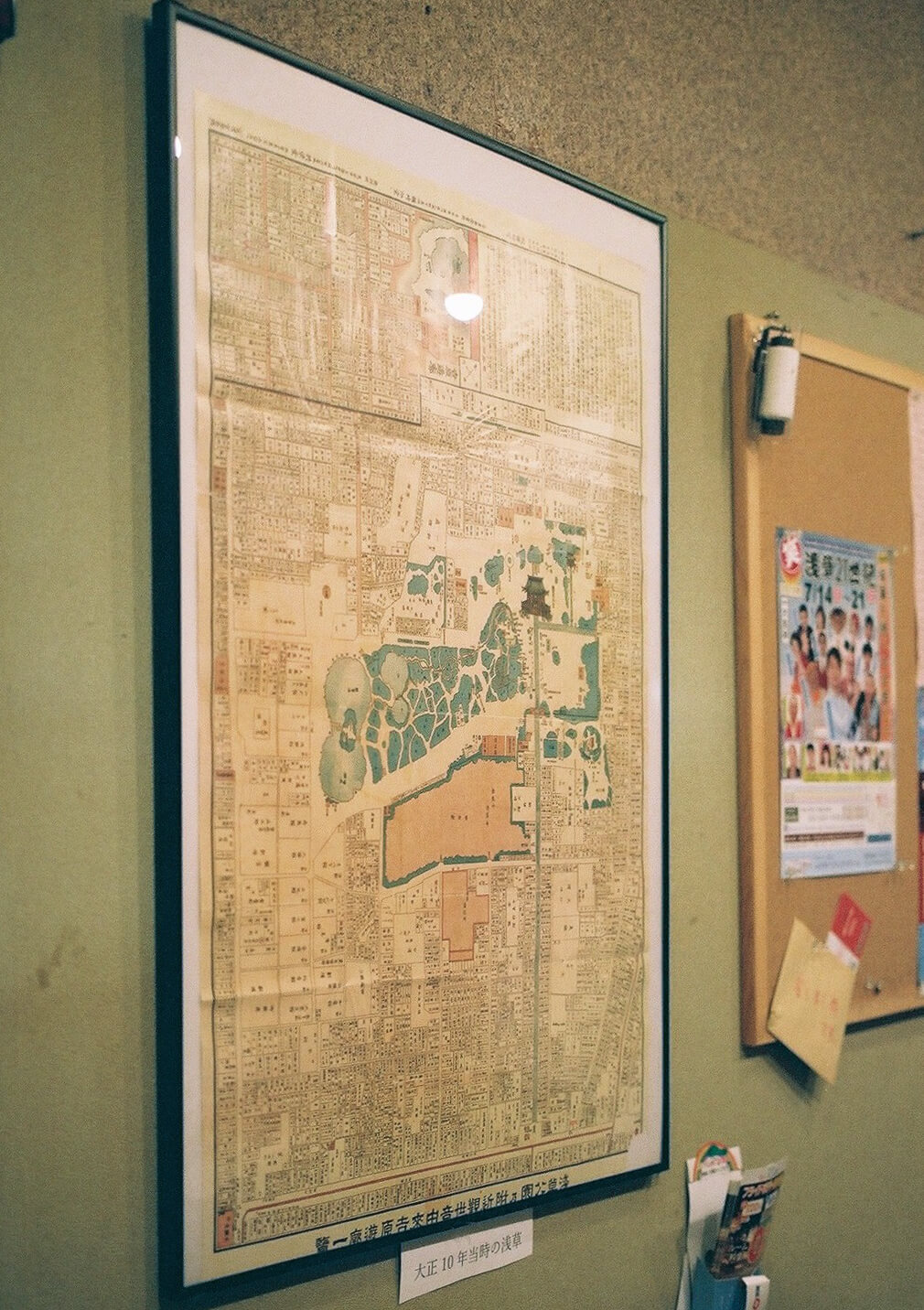
Framed on the wall is a map of the Asakusa area during the Taisho era. Hatoya became famous back then because people could buy coffee for a mere 5 sen (a single sen is one-hundredth of a yen).
When business first began at Hatoya, because the café was opposite the stage door of a theatre, all of the famous actors and actresses would pop in. Some include famous Japanese comedian Roppa Furukawa and film actor Kiyoshi Atsumi who played Tora-san in the film series Otoko wa Tsurai yo.
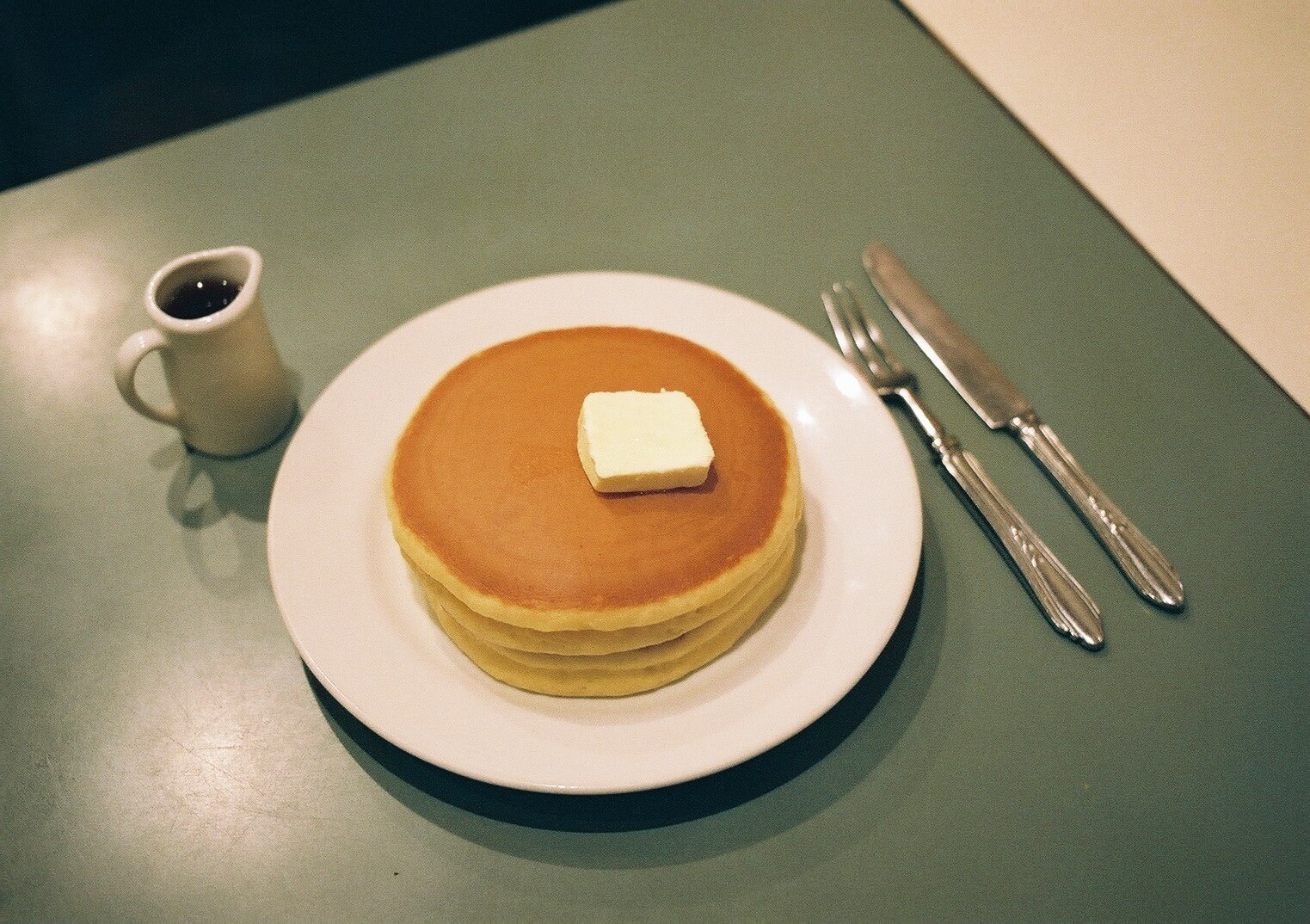
I ordered the café’s popular hotcakes which cost ¥600. They have been making these same hotcakes since before the war.
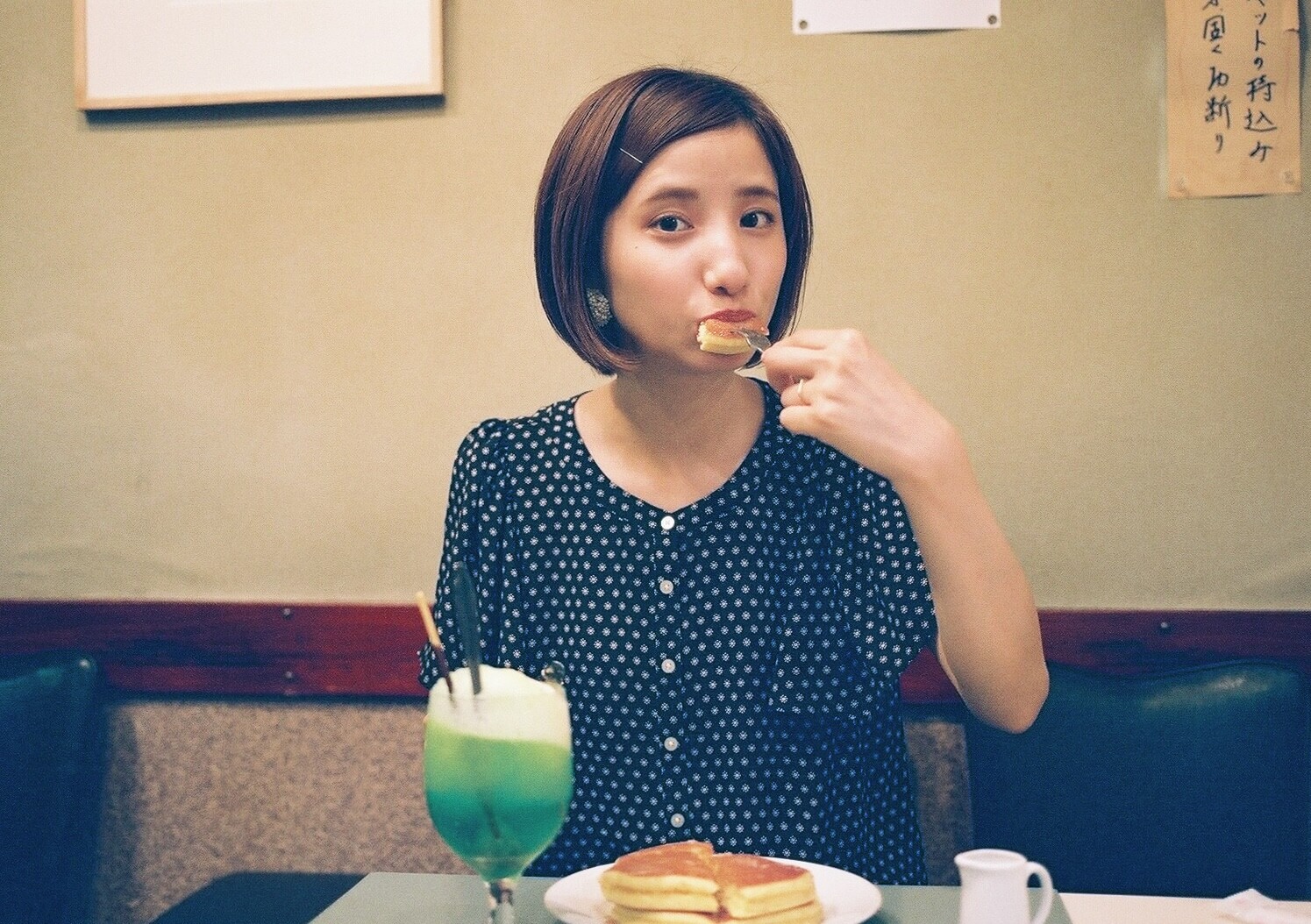
They were nice and fluffy and had a deliciously gorgeous brown colour. The flavour was out of this world when the butter melted from the heat of the hotcakes and mixed together with the syrup.
The portion might look like a lot but they are fluffy and have a light flavour so can be finished with no problem.
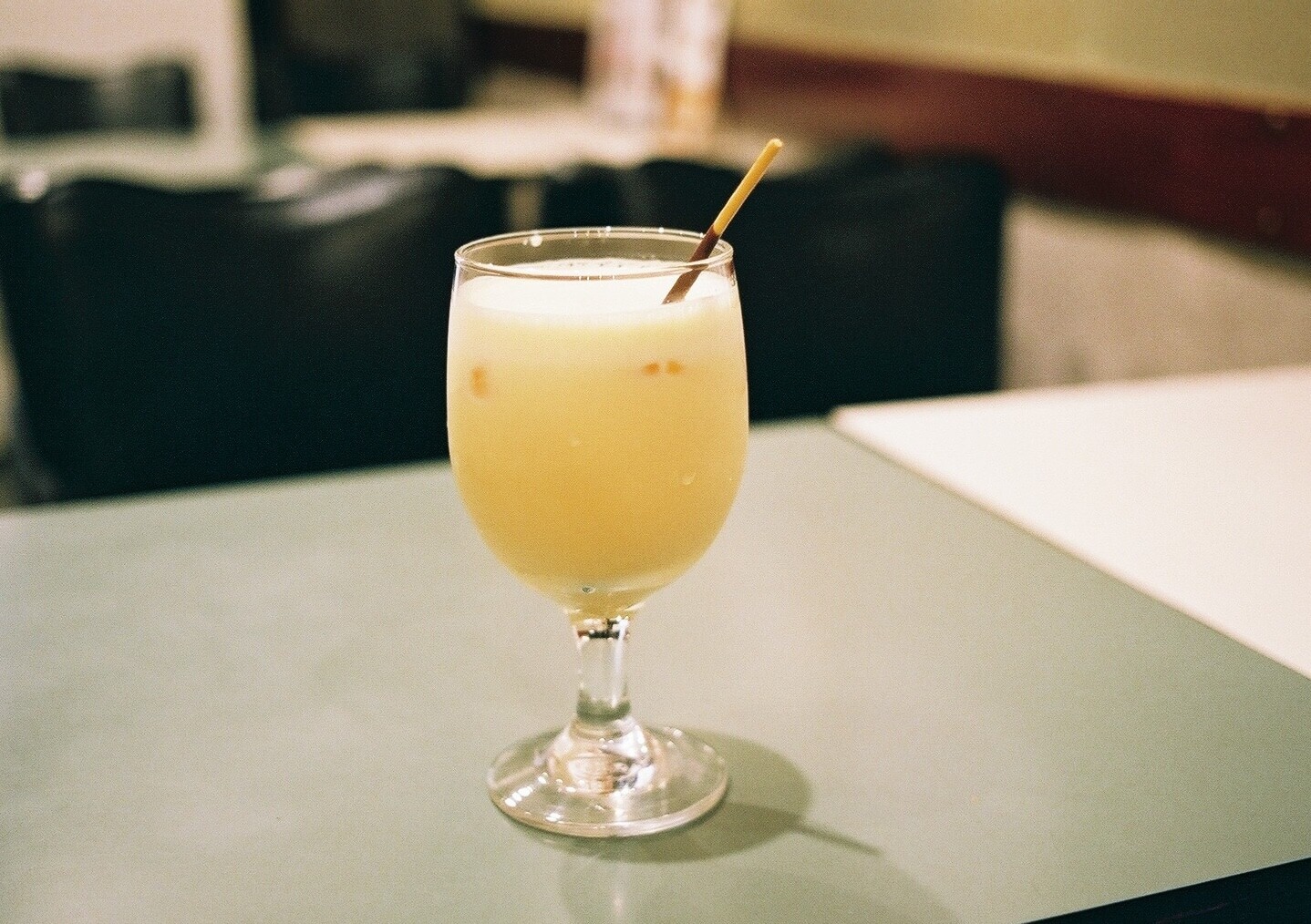
And is the café’s signature milkshake (¥500).
It’s so refreshing that you can knock it back all in one go. It has a simple flavour but it tasted so good!
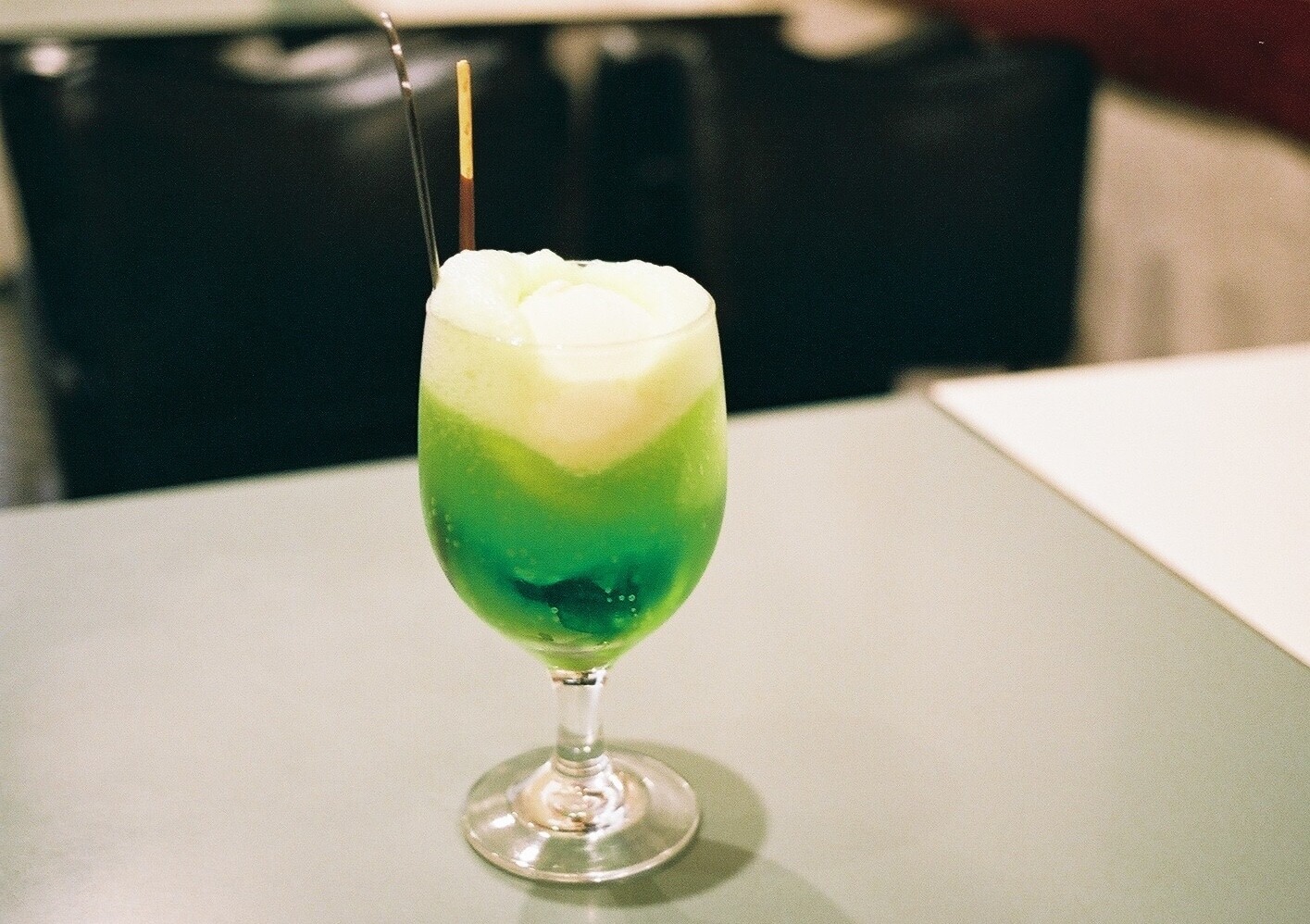
I also ordered the ¥600 cream soda, my favourite beverage.
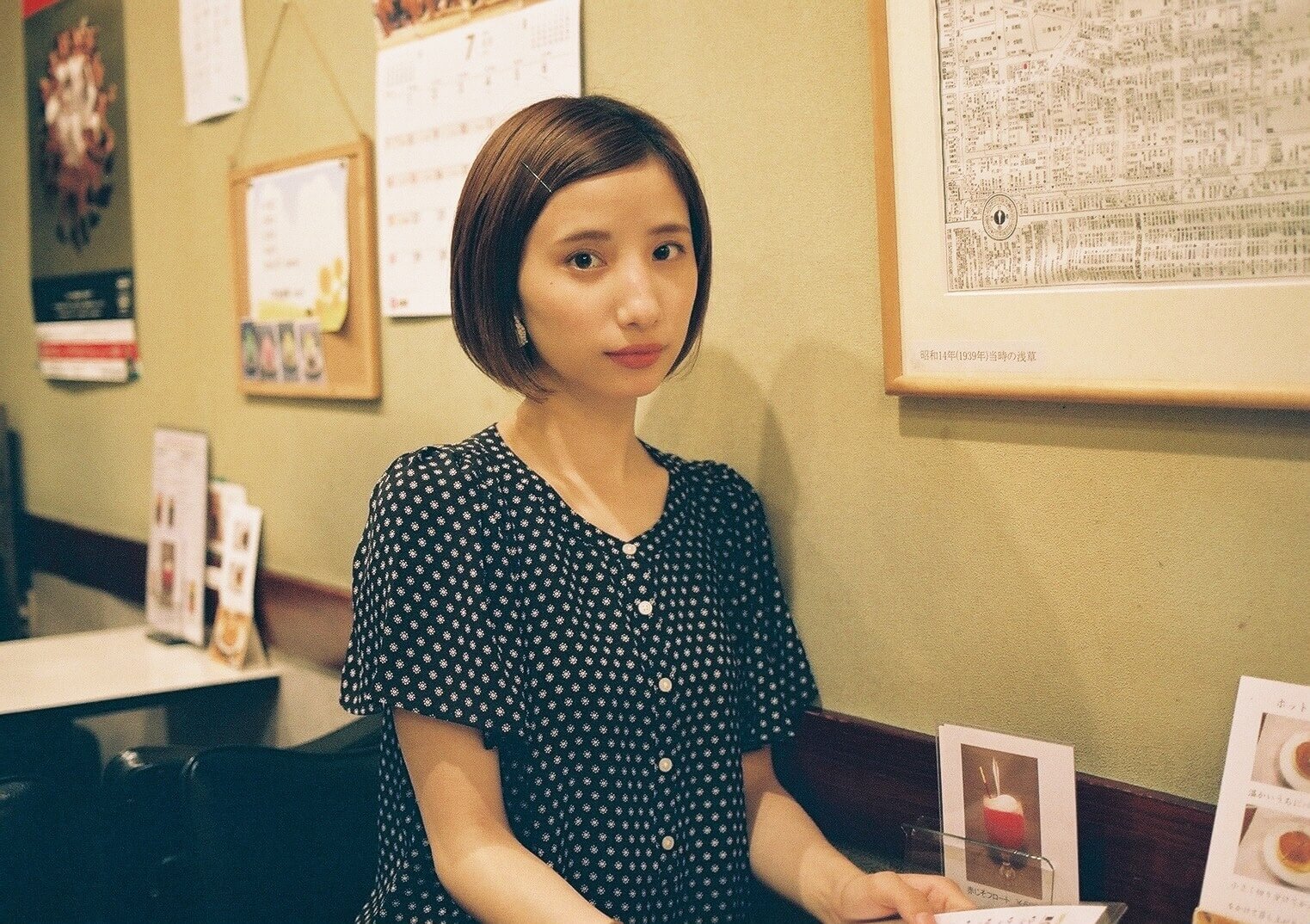
I’ve been to many cafés, and have covered many in this series, but this is the first I have dined at with such a deep history. I found myself enthralled by the stories of the owner who has continued to treasure the café and maintained it all the same since it opened. I feel like I have learned about a world I never knew about. The next time I go to Hatoya with a friend I’ll be sure to let them in on its history. I encourage you to visit too!
Writer/Model: Ema Tanioku
Photographer: Haruka Yamamoto
Design: Yuko Abe (ASOBISYSTEM)Information
Hatoya
Address: 1-23-8 Asakusa, Taito Ward, Tokyo
Business Hours: 10:00-17:30
No Fixed Holidays
Tabelog Page: https://tabelog.com/tokyo/A1311/A131102/13076130/
TALENT PROFILE
Ema Tanioku
“Emaeri” is the nickname for models Ema and Eri Tanioku, who are Aomoji fashion model twins. Ema and Eri Tanioku specialise in twin fashion coordination. Over the years their fanbase has increased due to their cute looks. Ema Tanioku spreads Harajuku culture within Japan as well as overseas and works as a Harajuku Tourism Ambassador. Starting off as a model, Ema has broadened her talent range from fashion magazines to TV, and from playing the lead role in dramas to movies.

